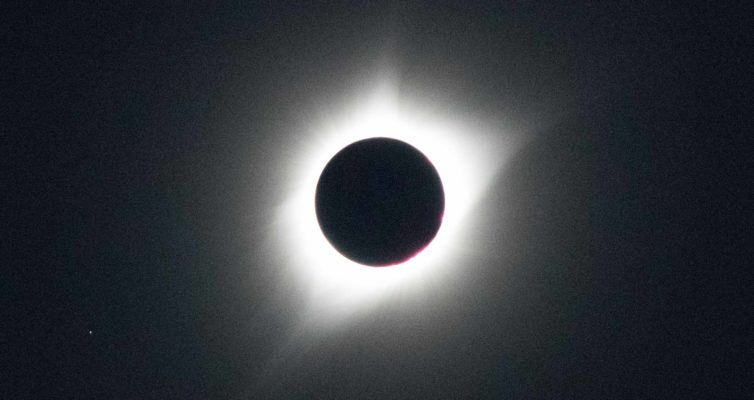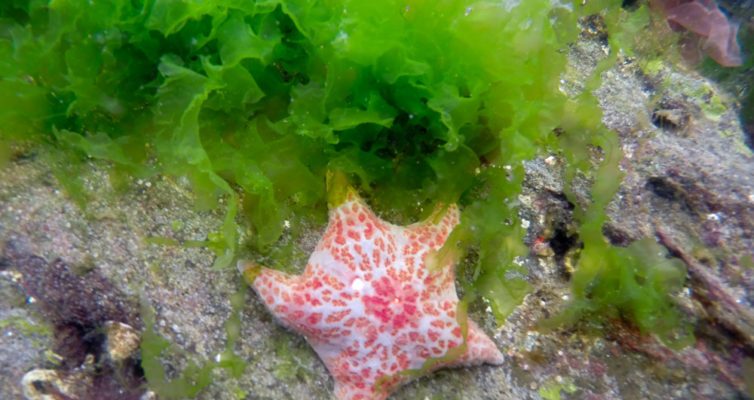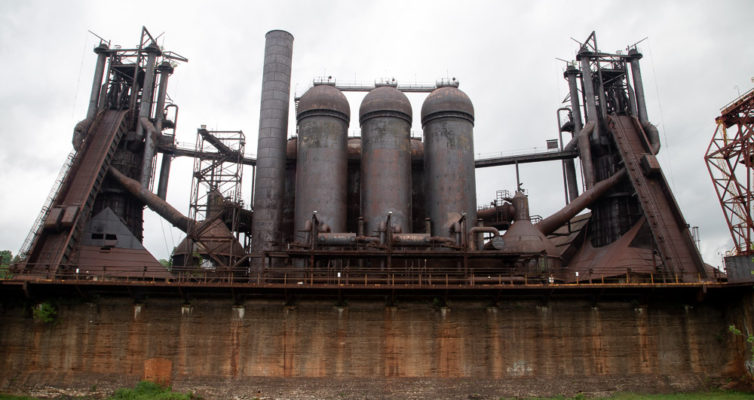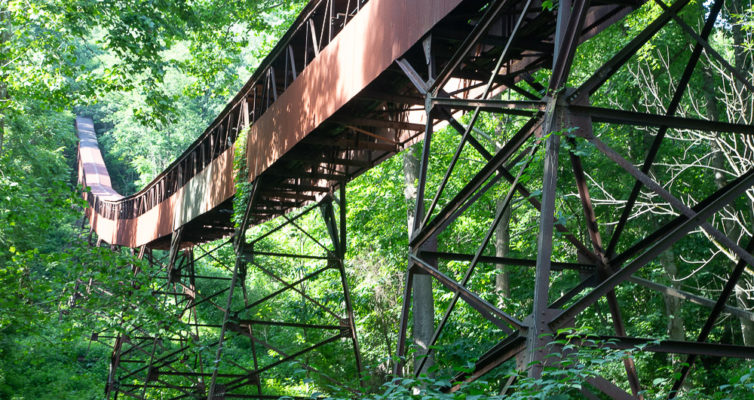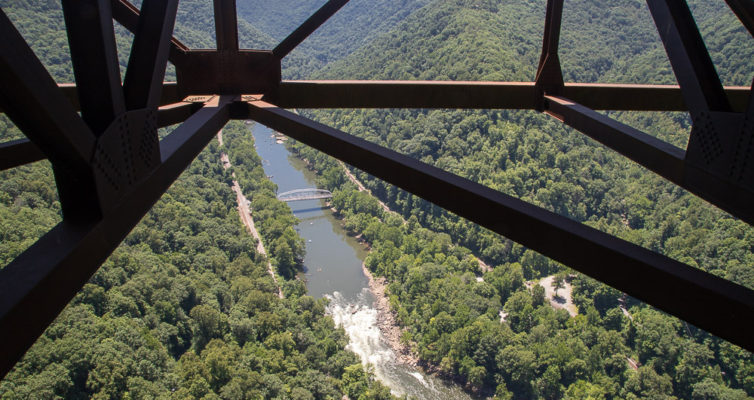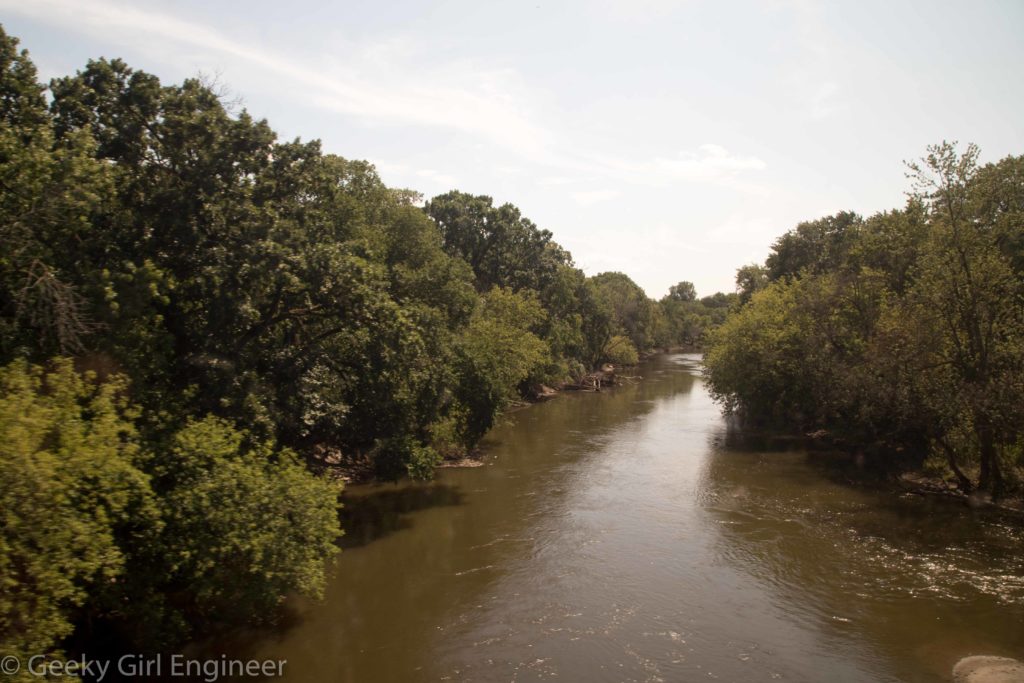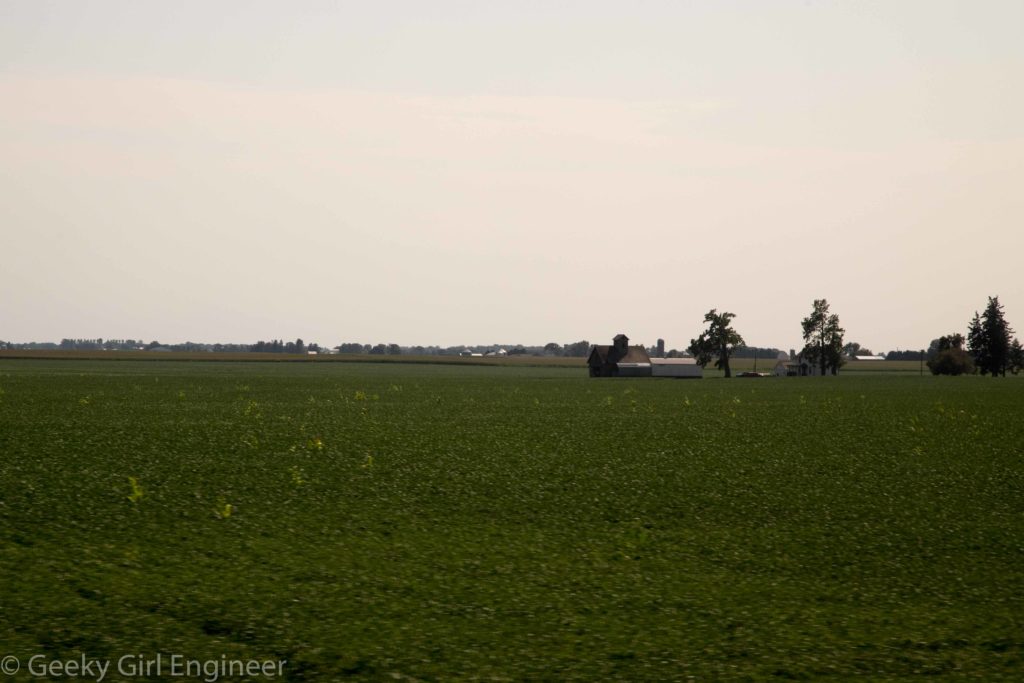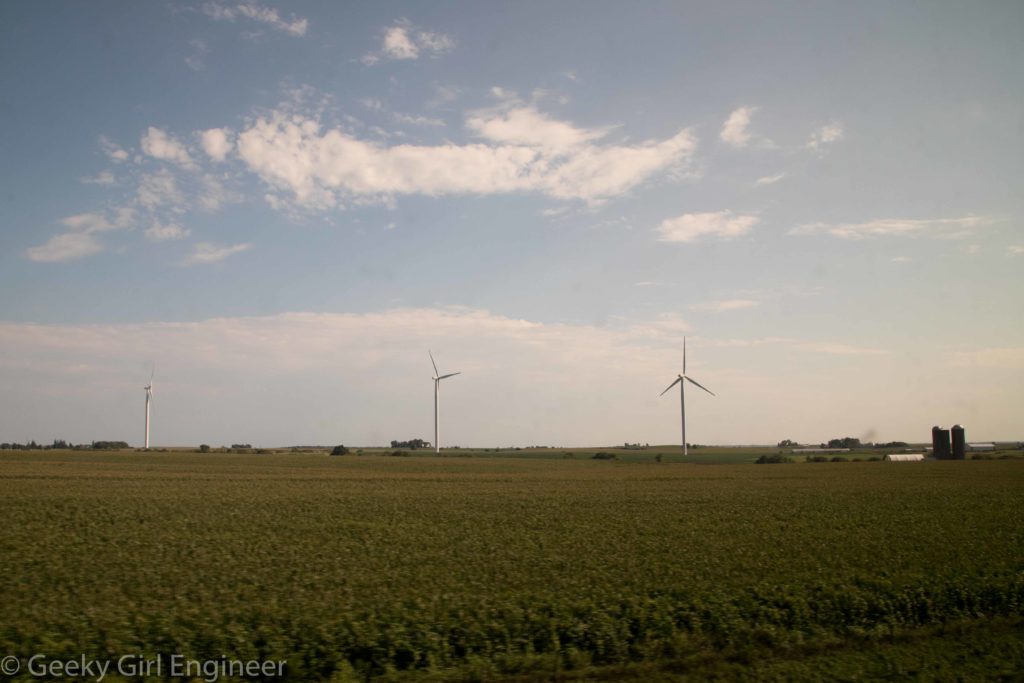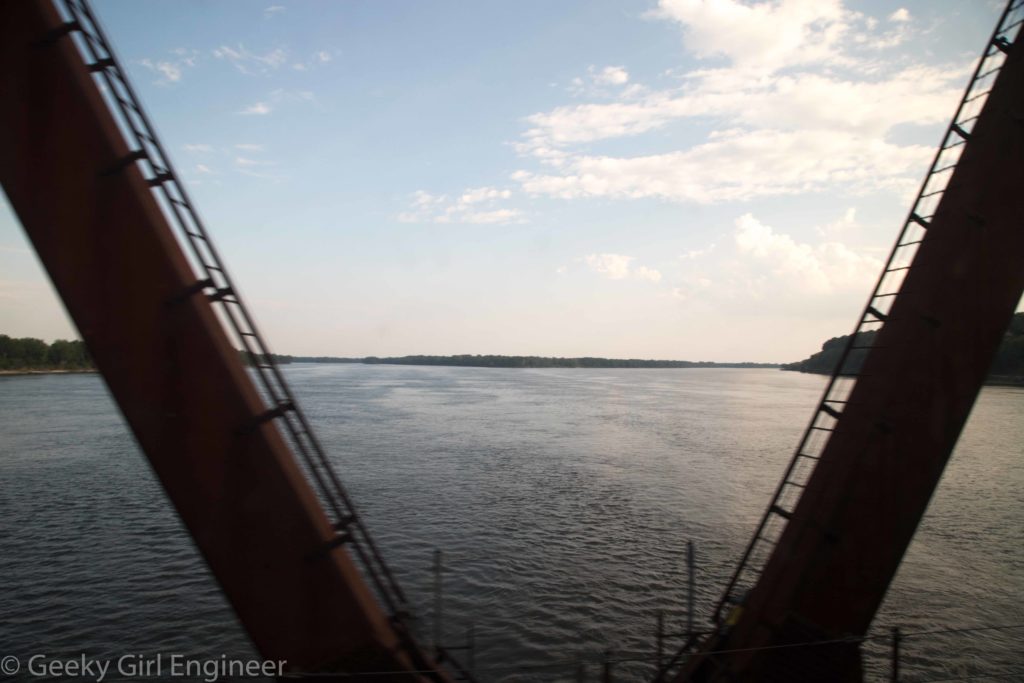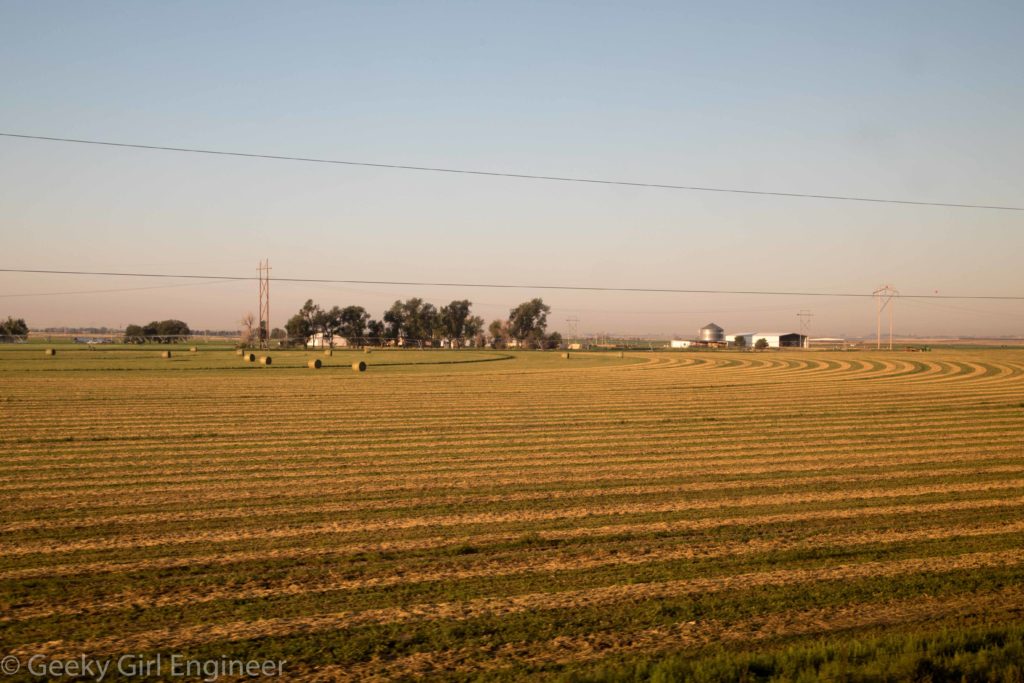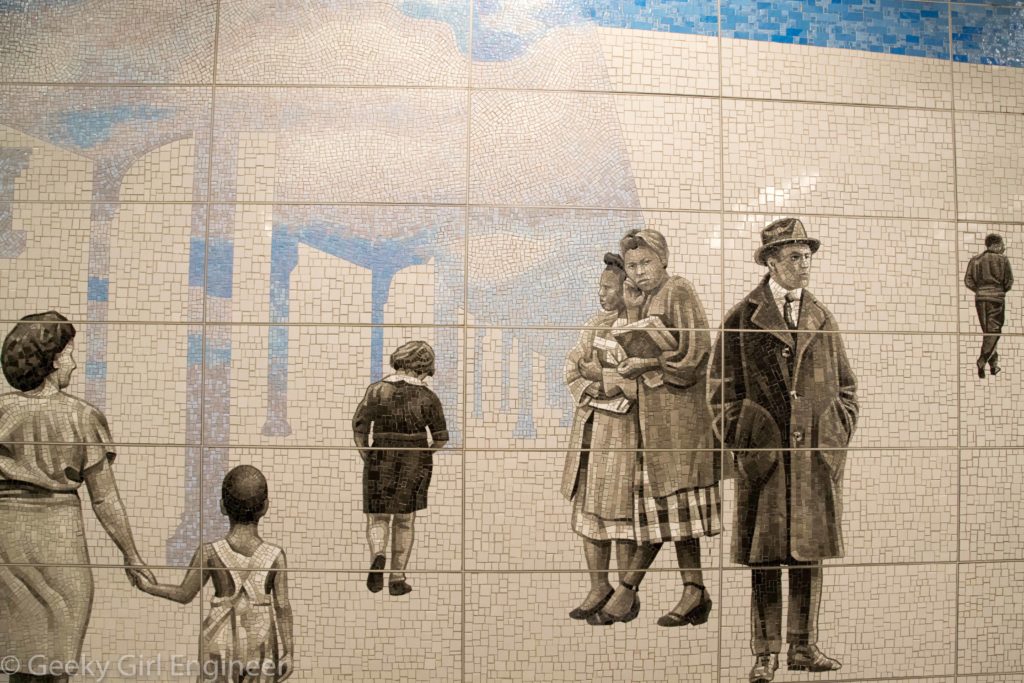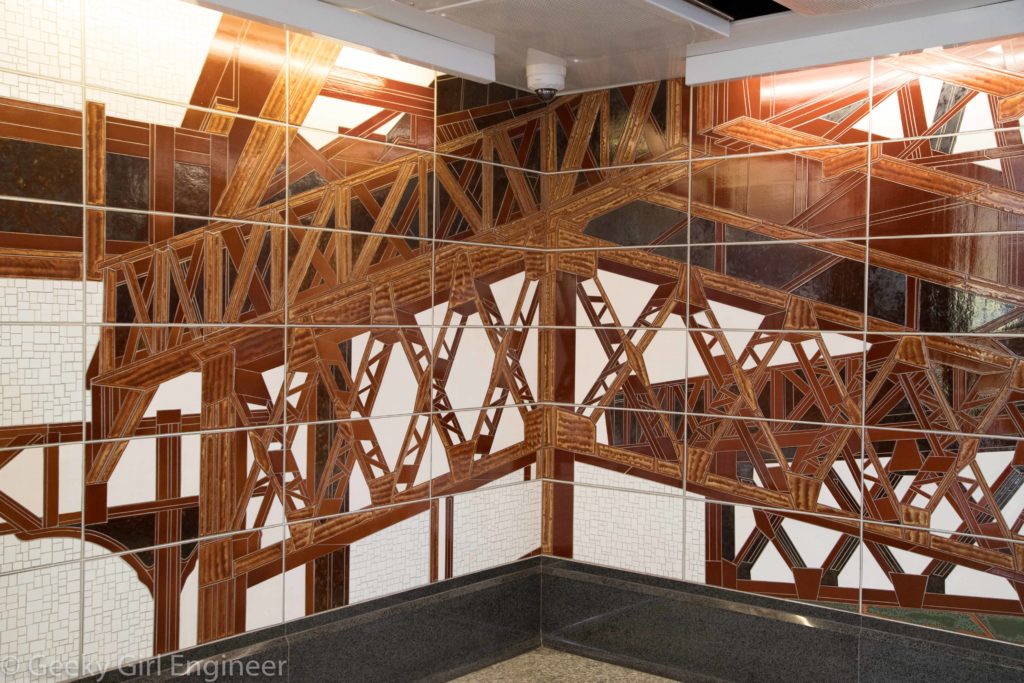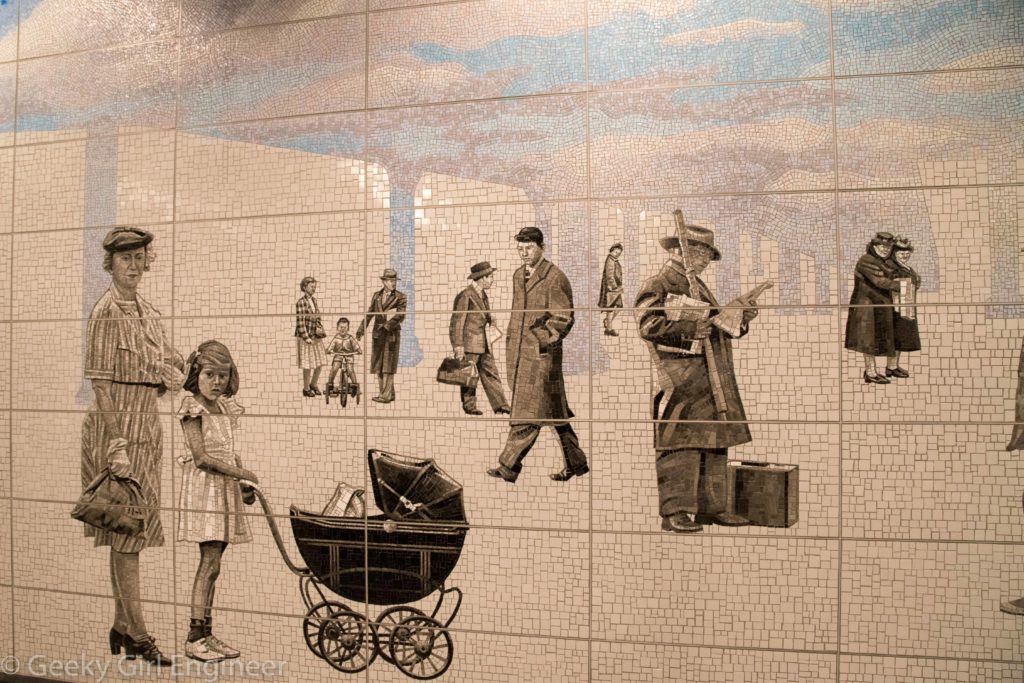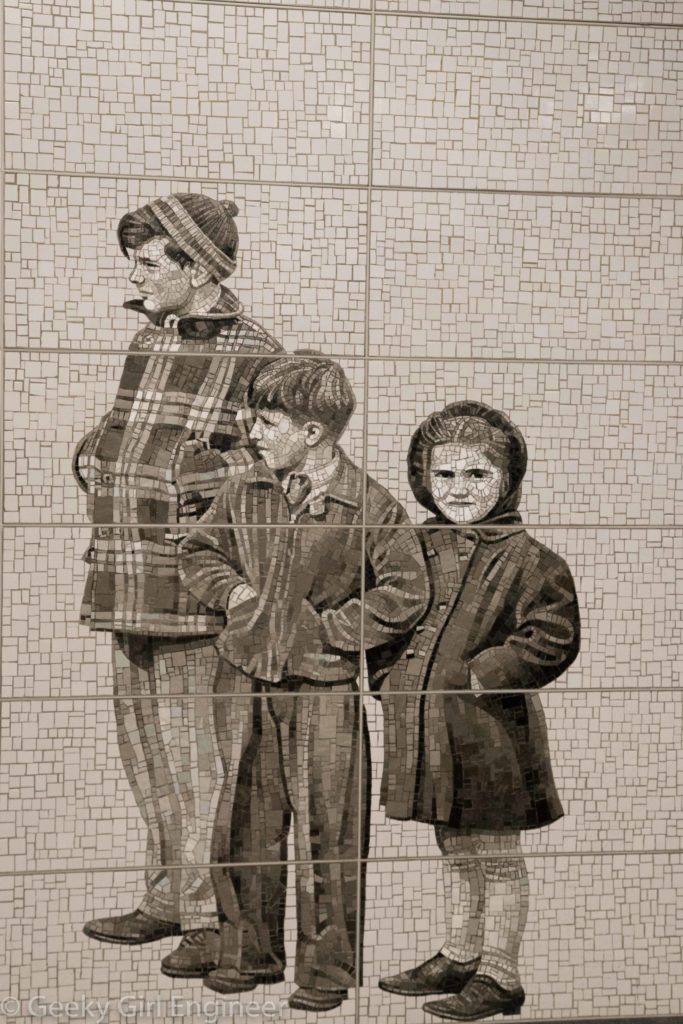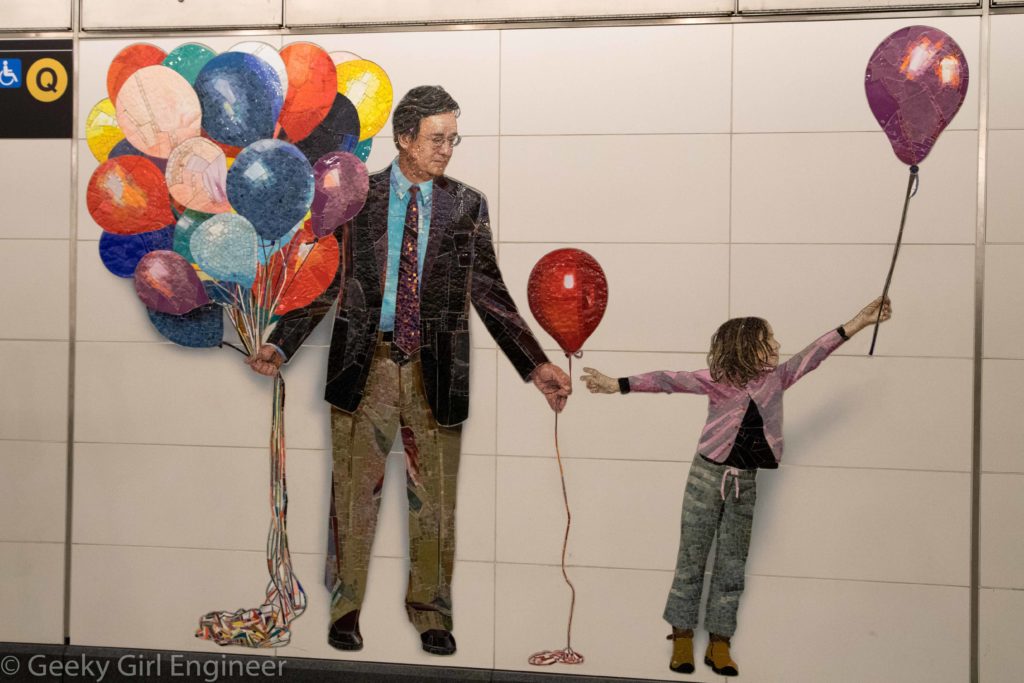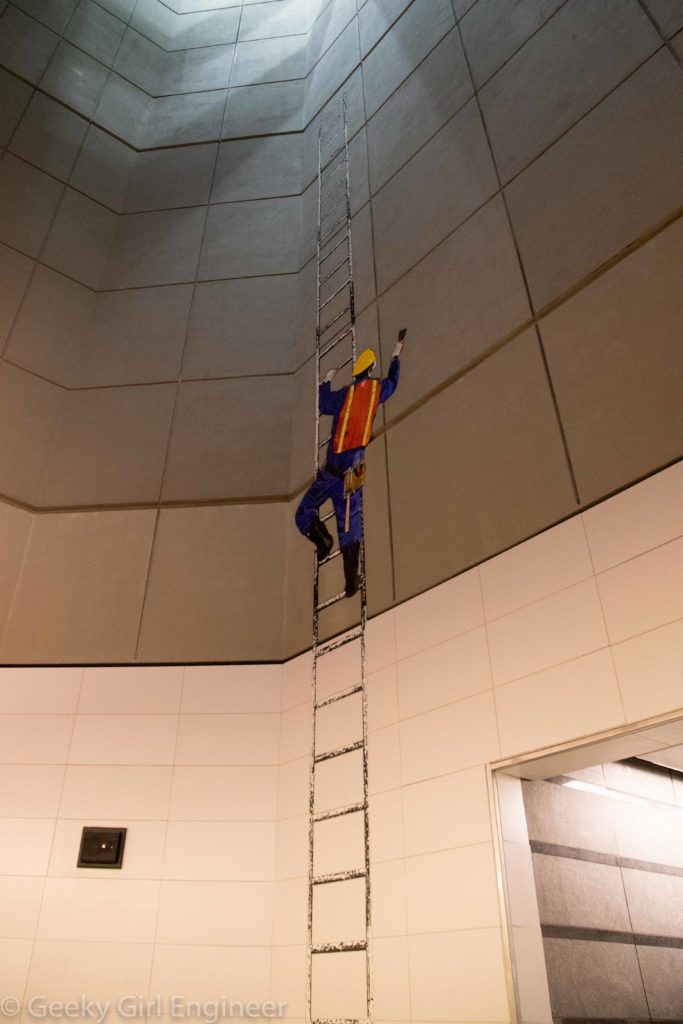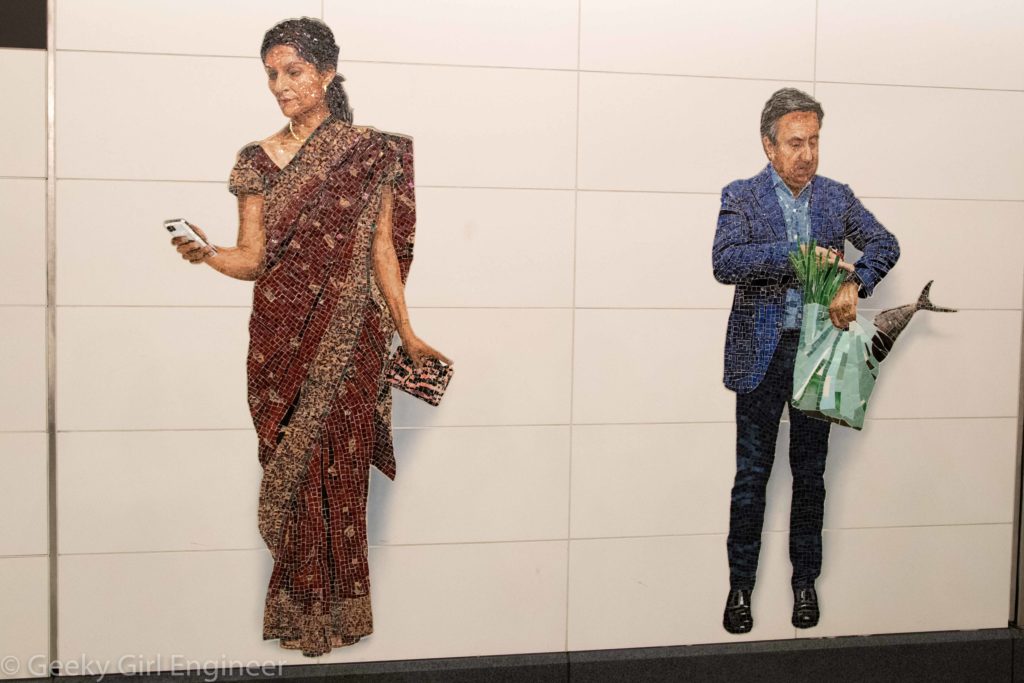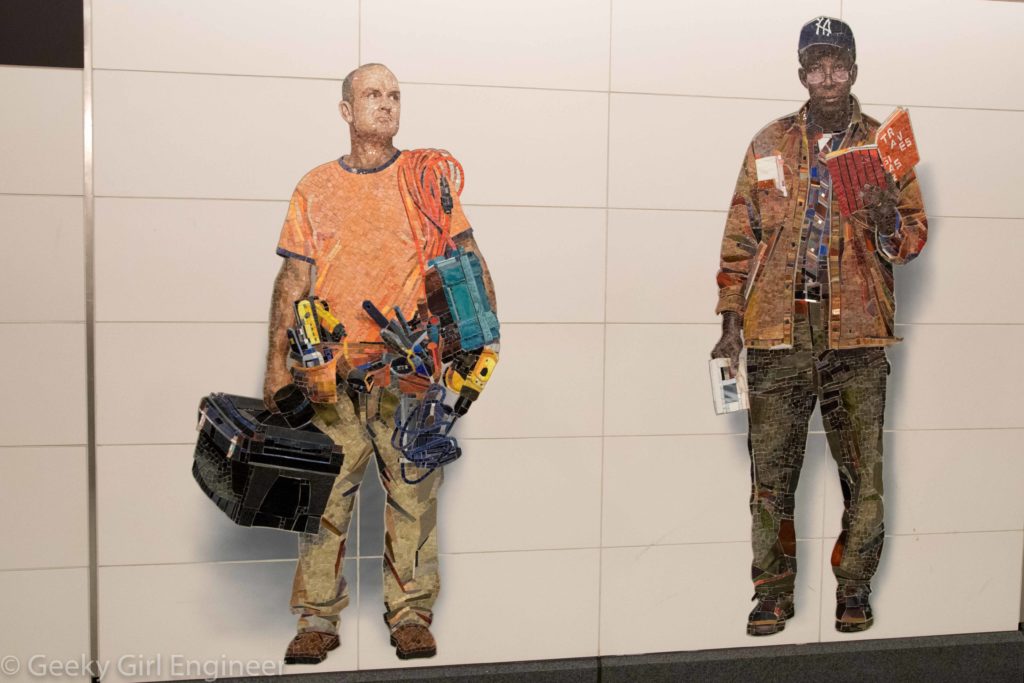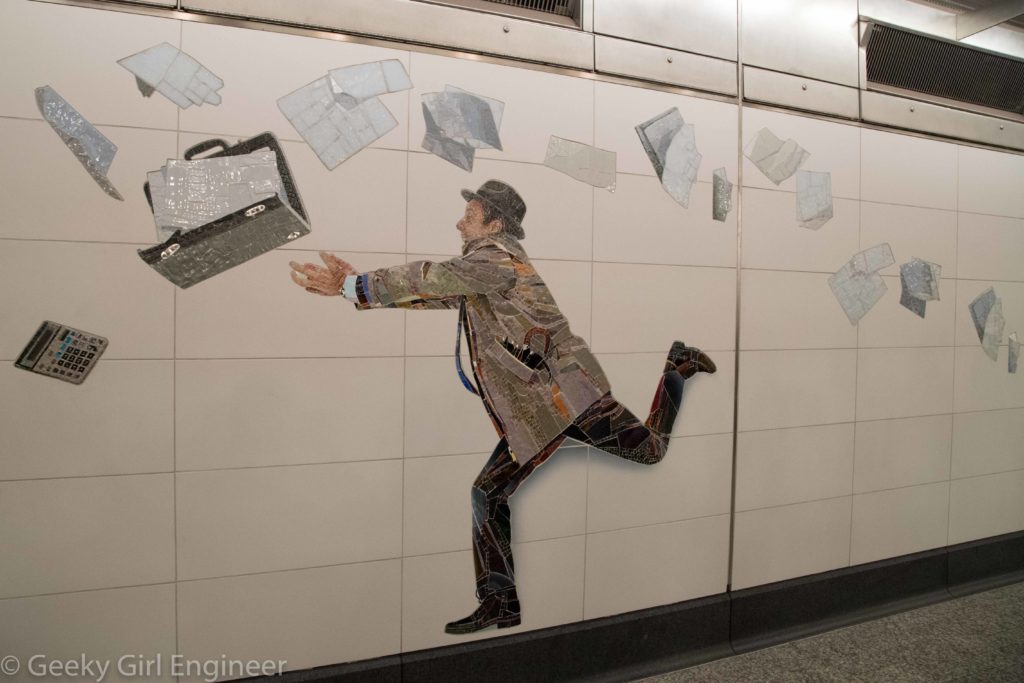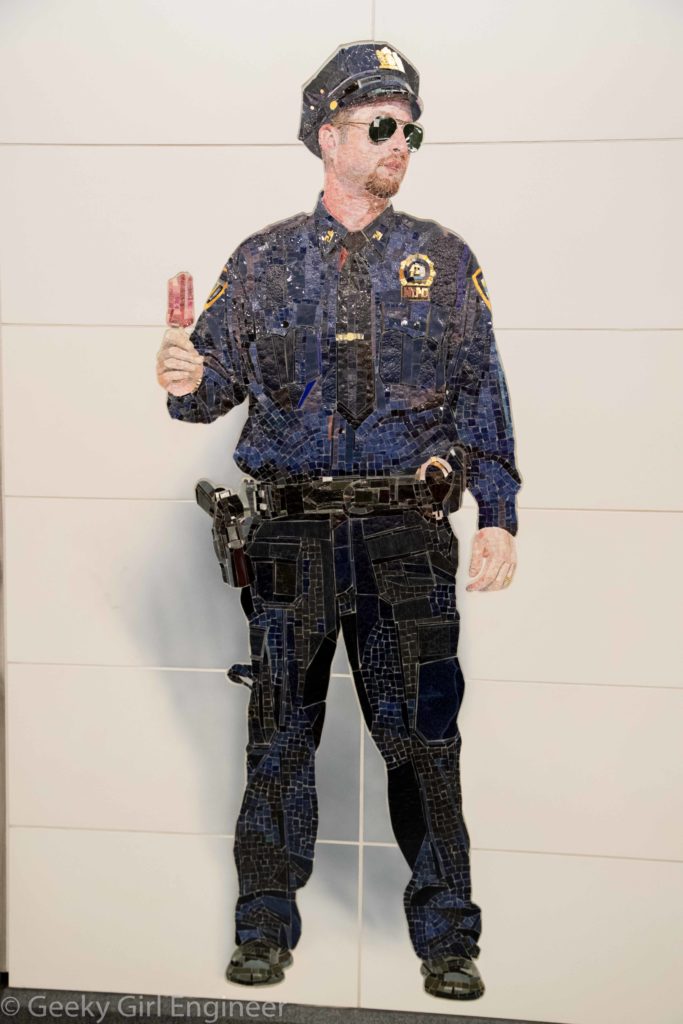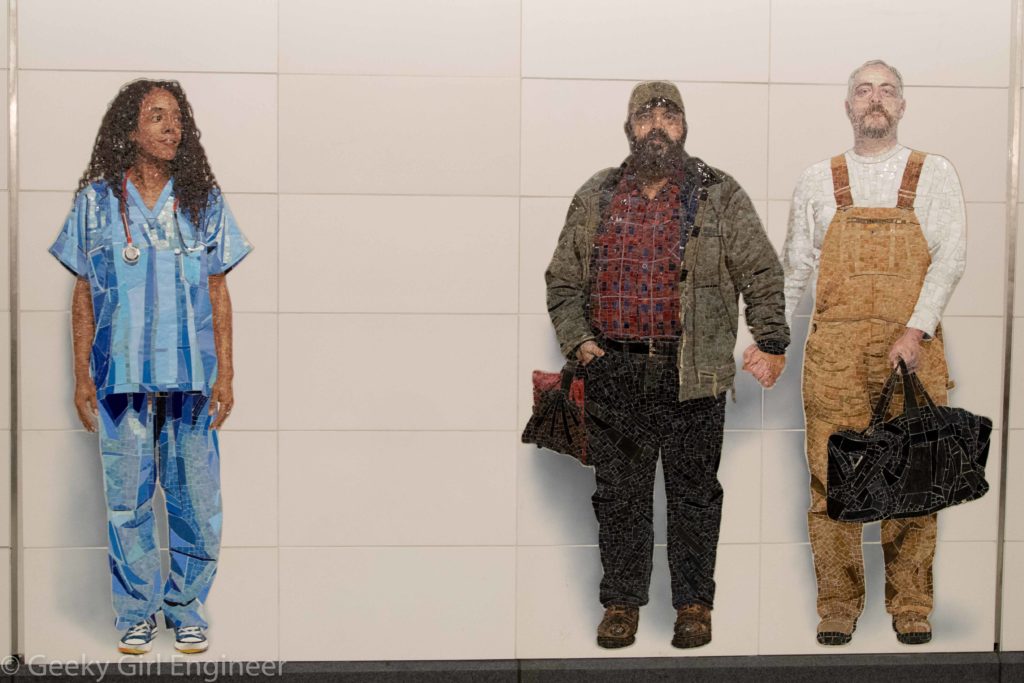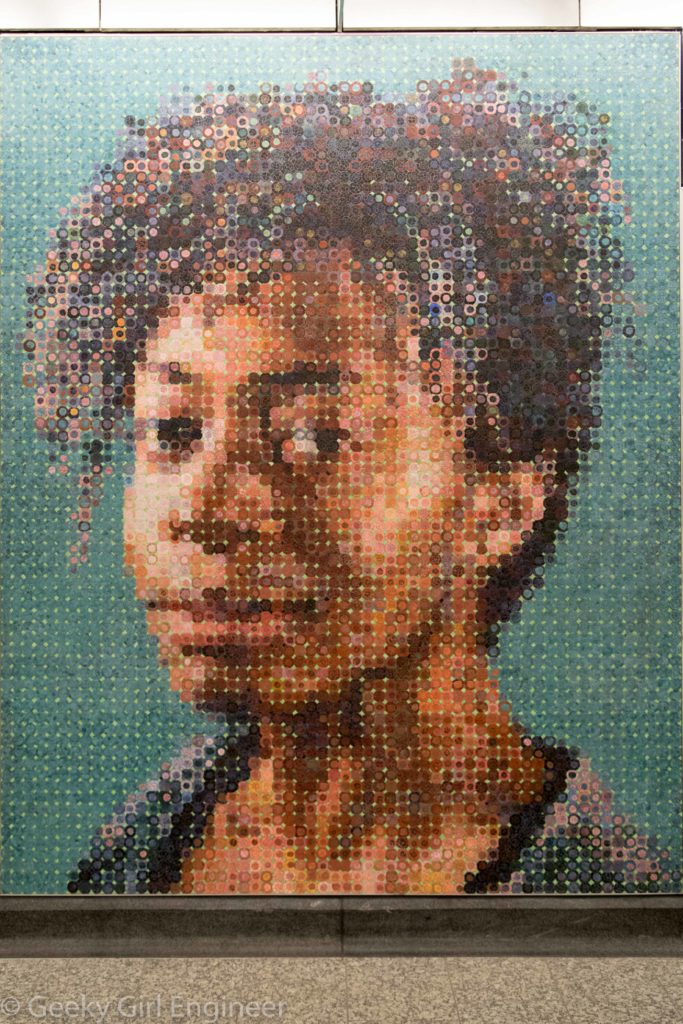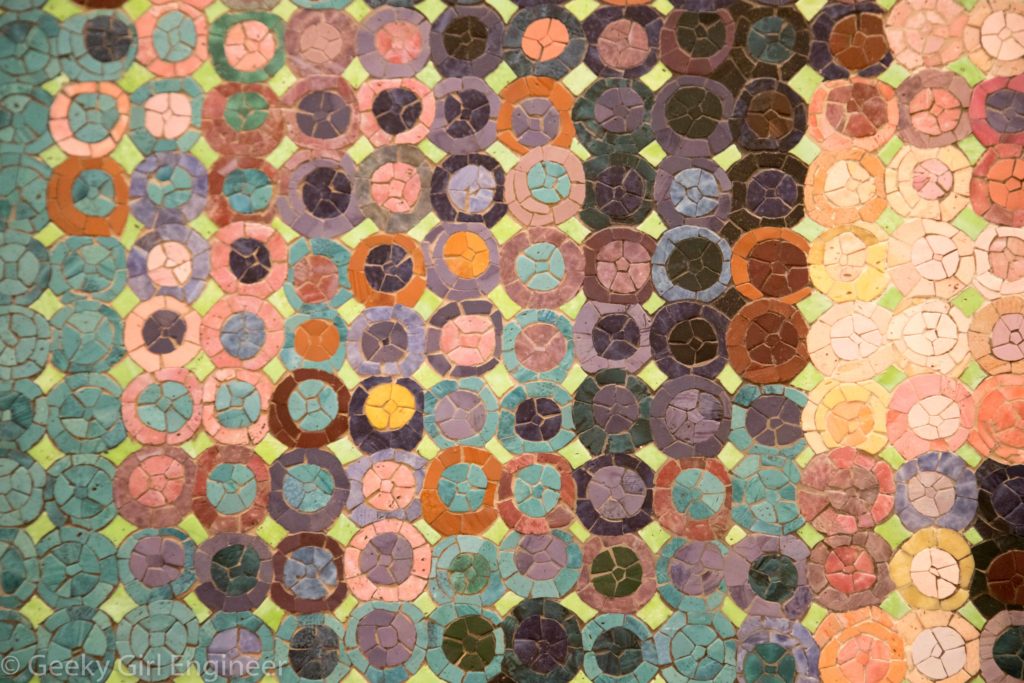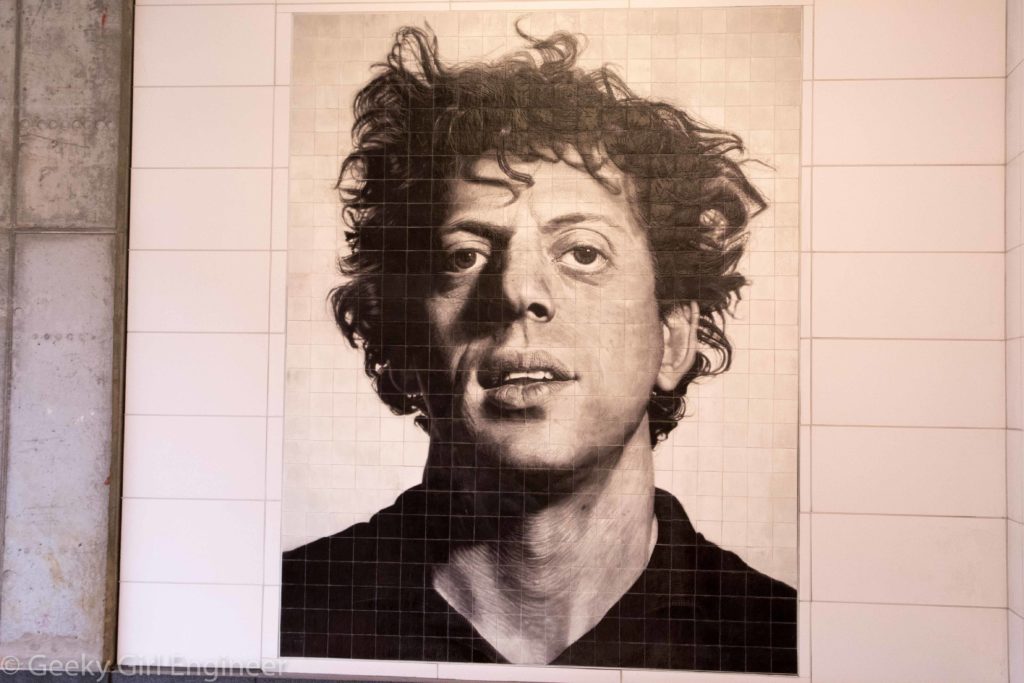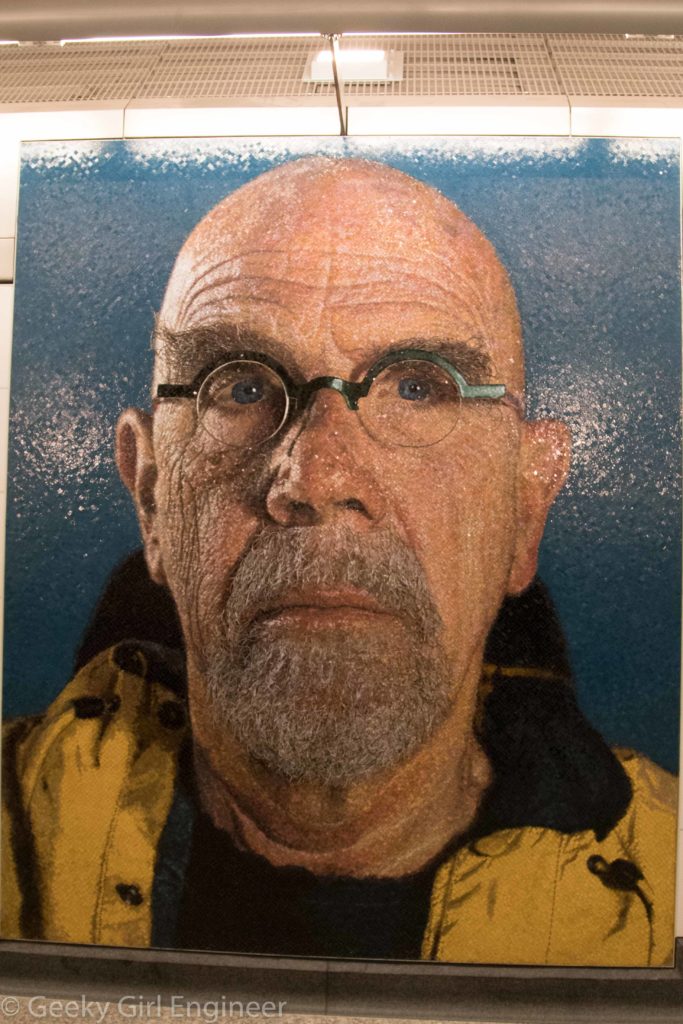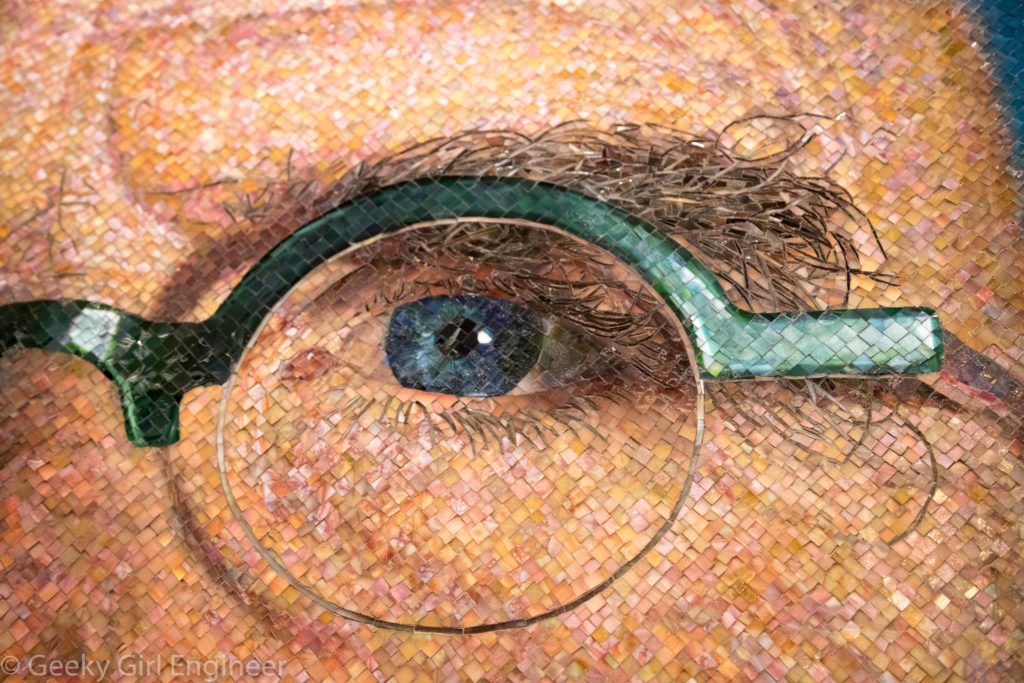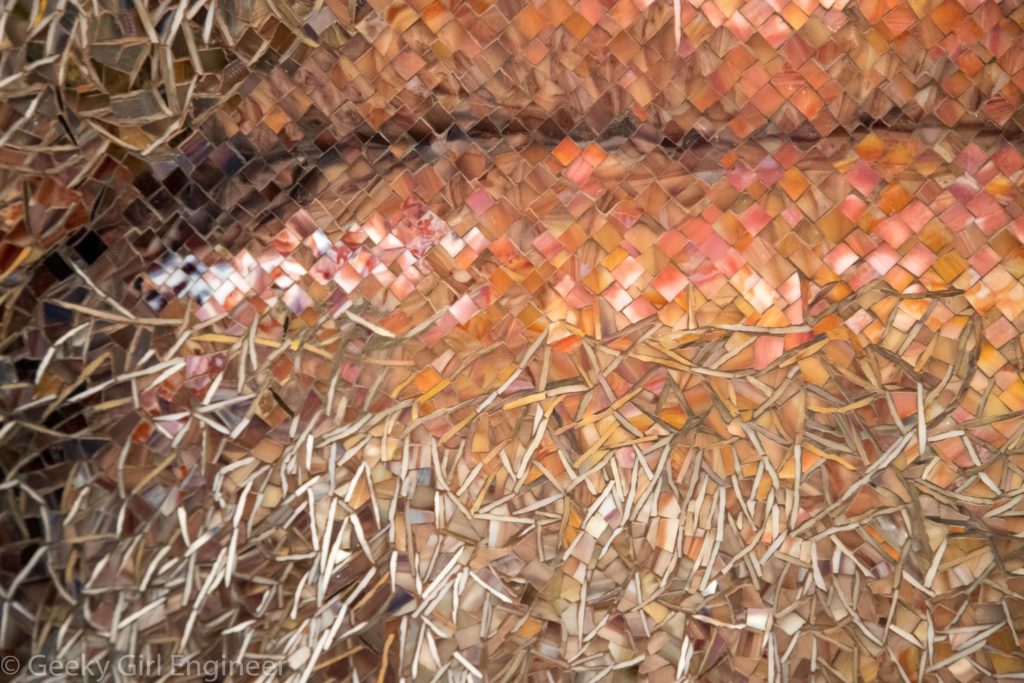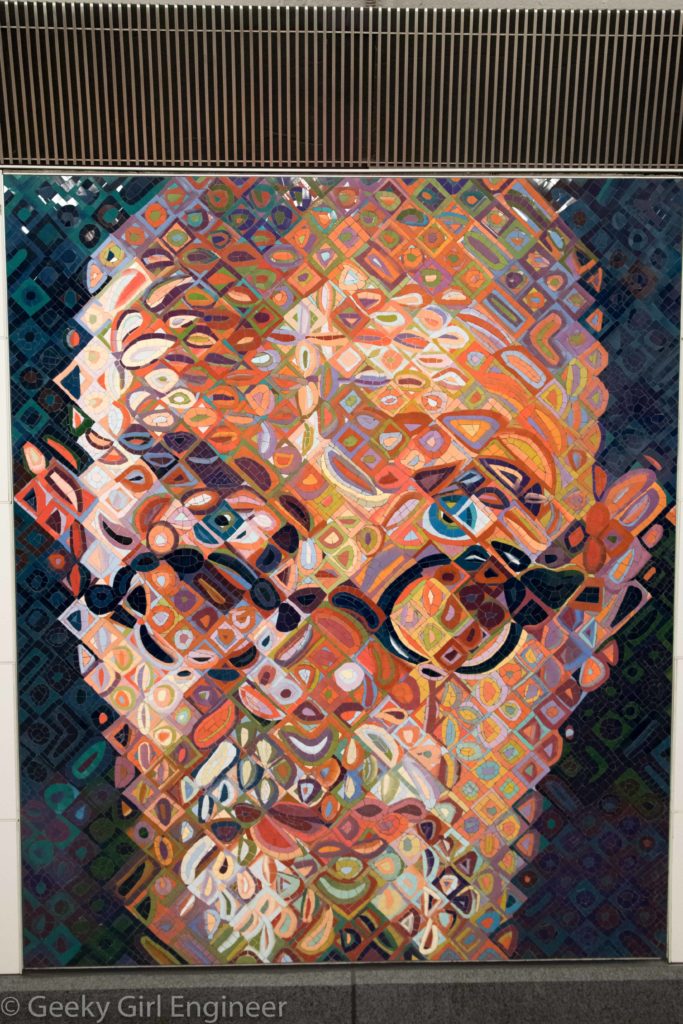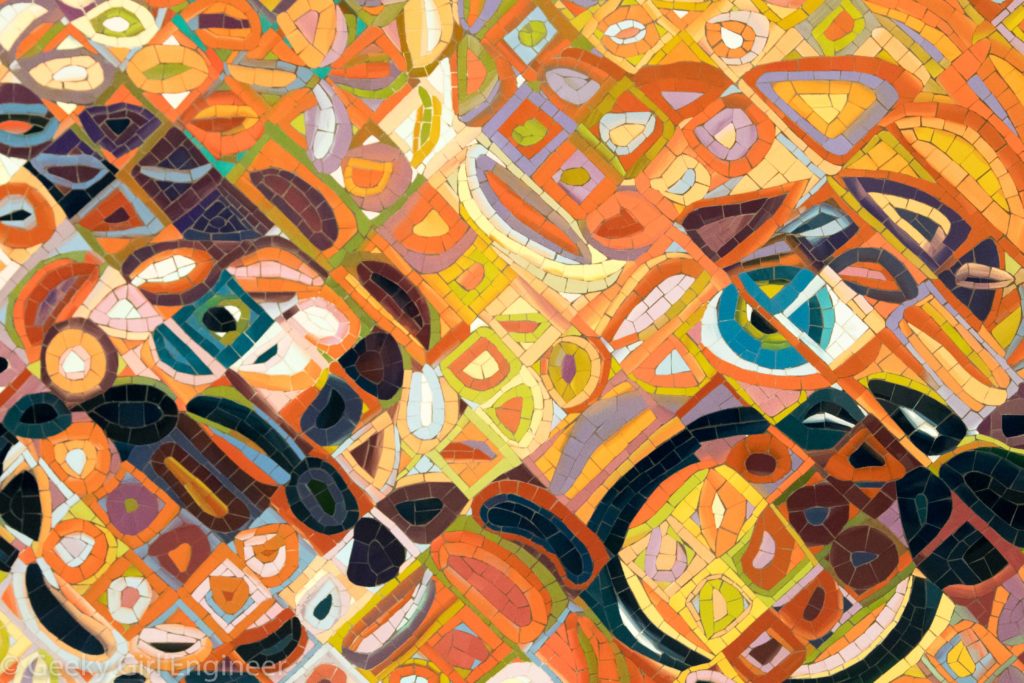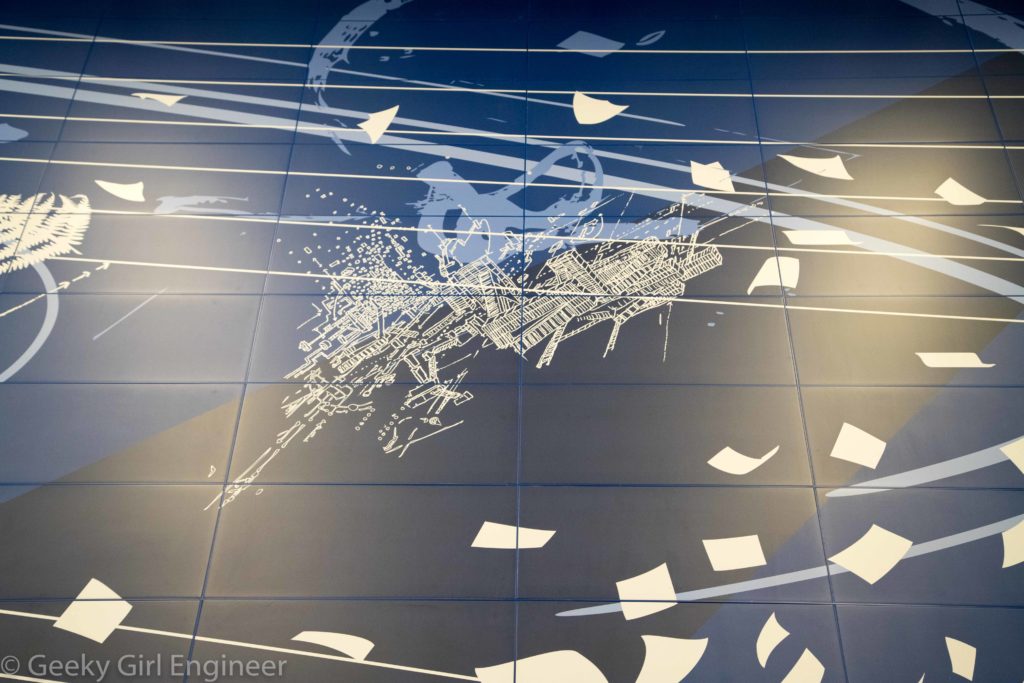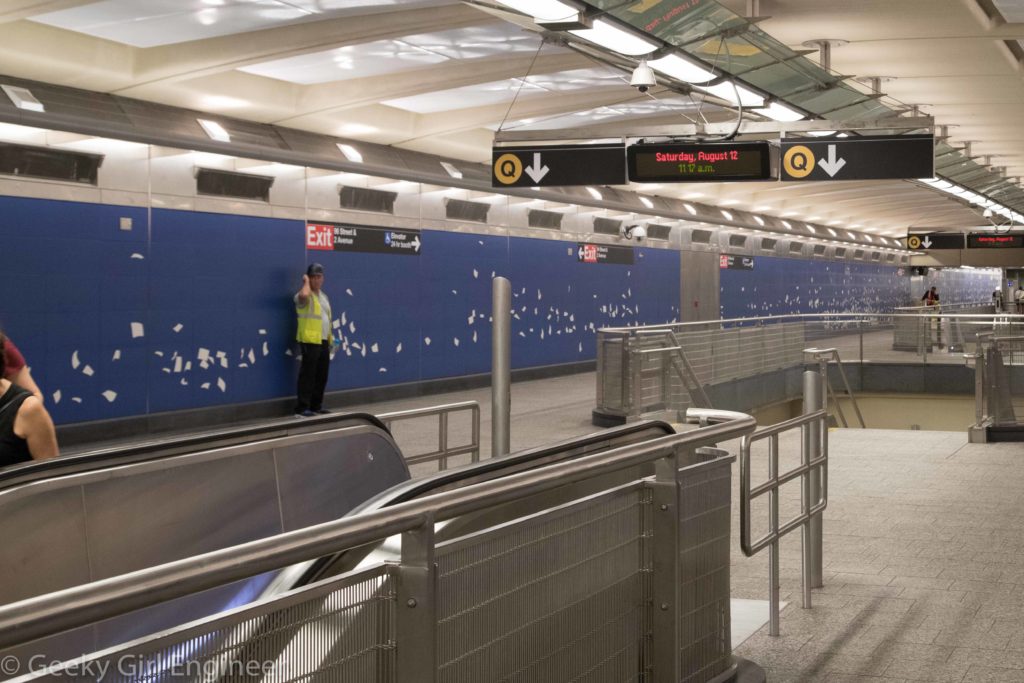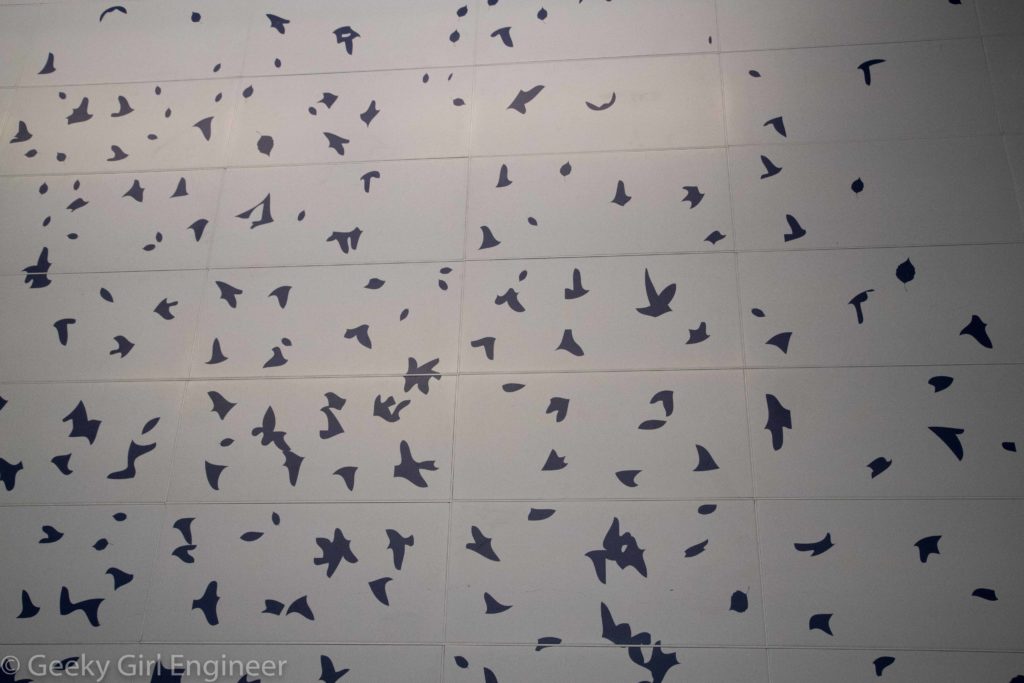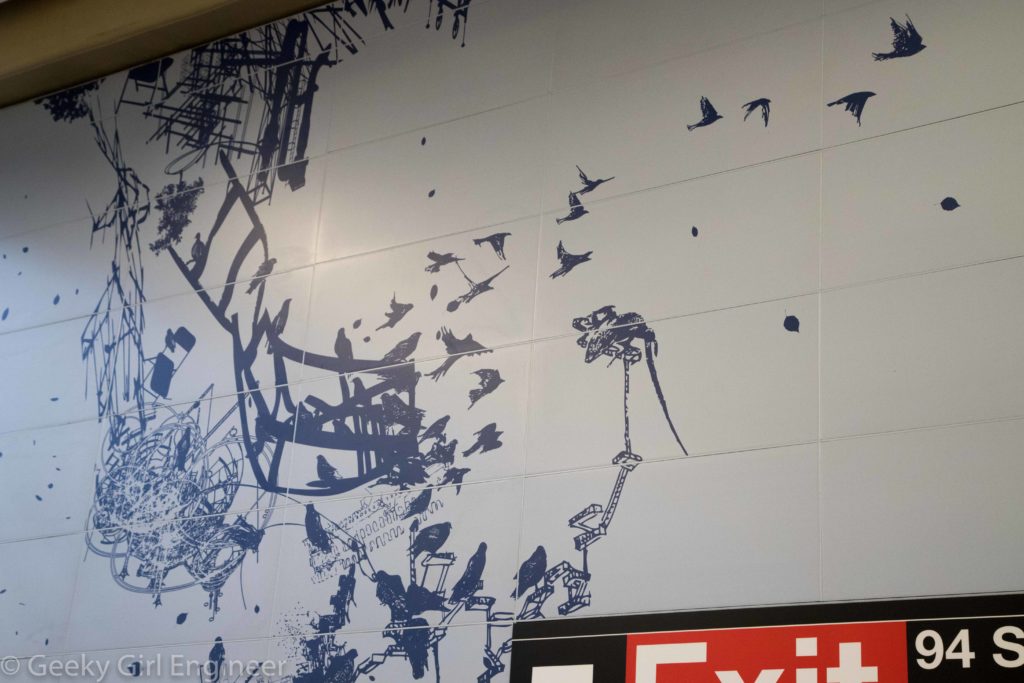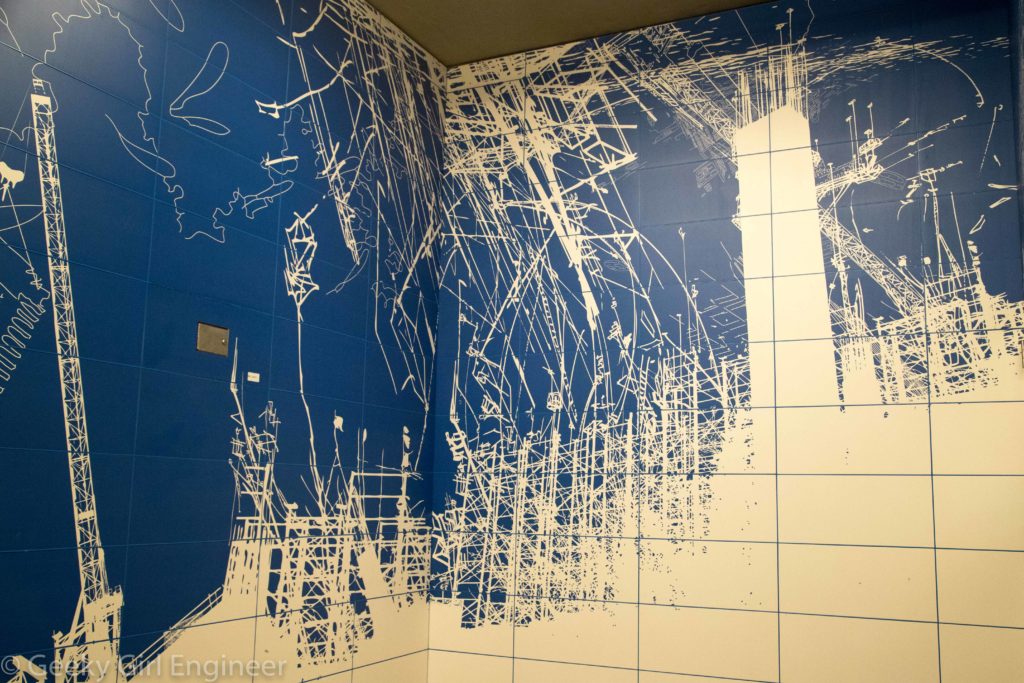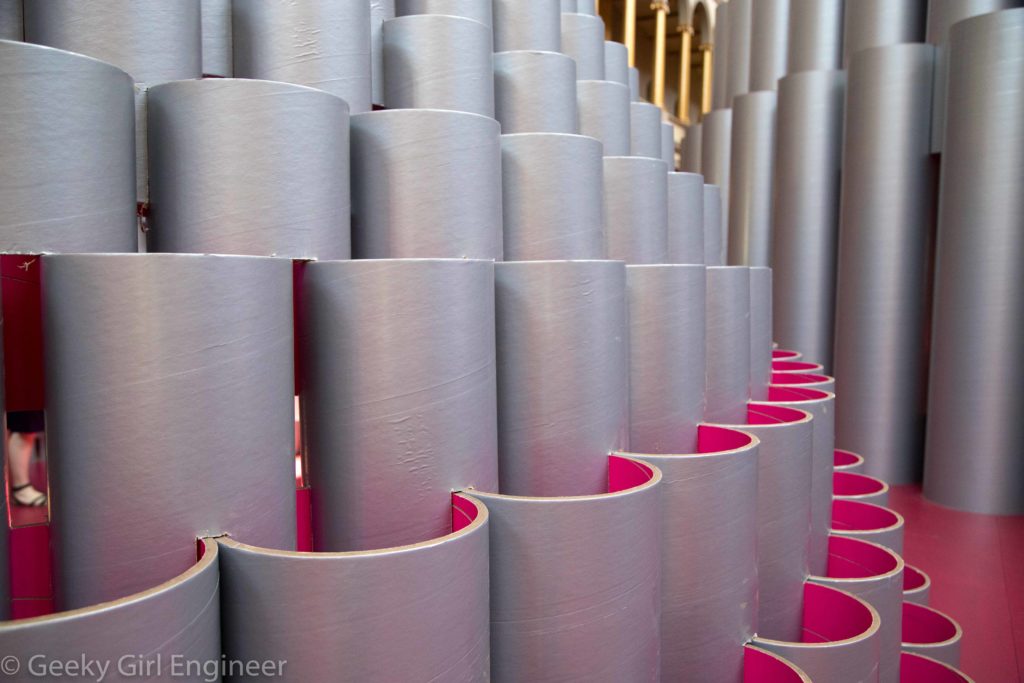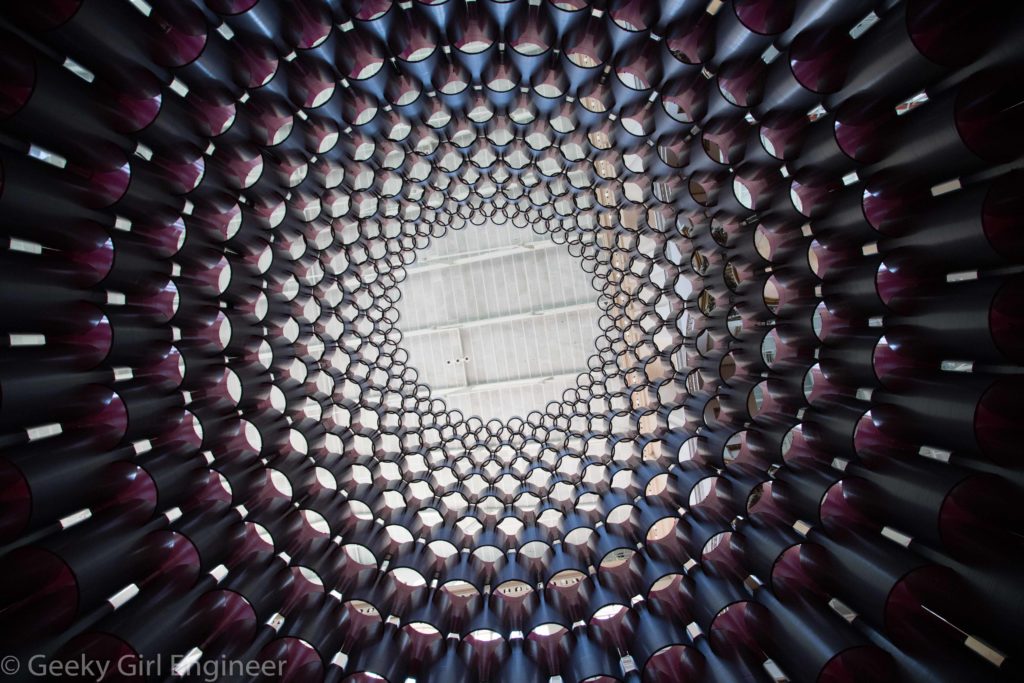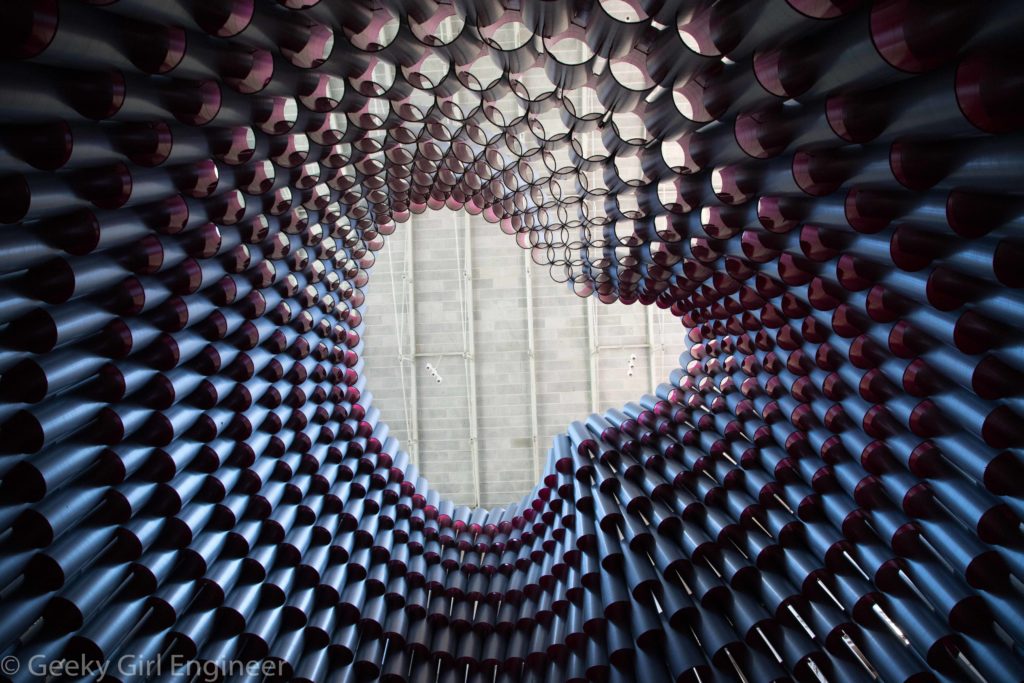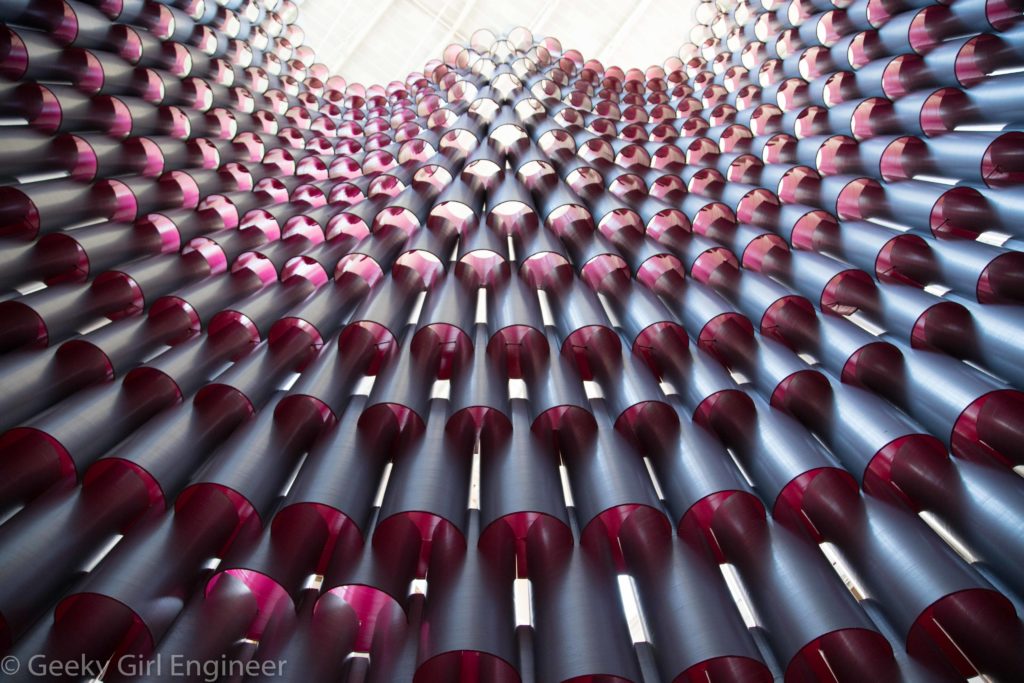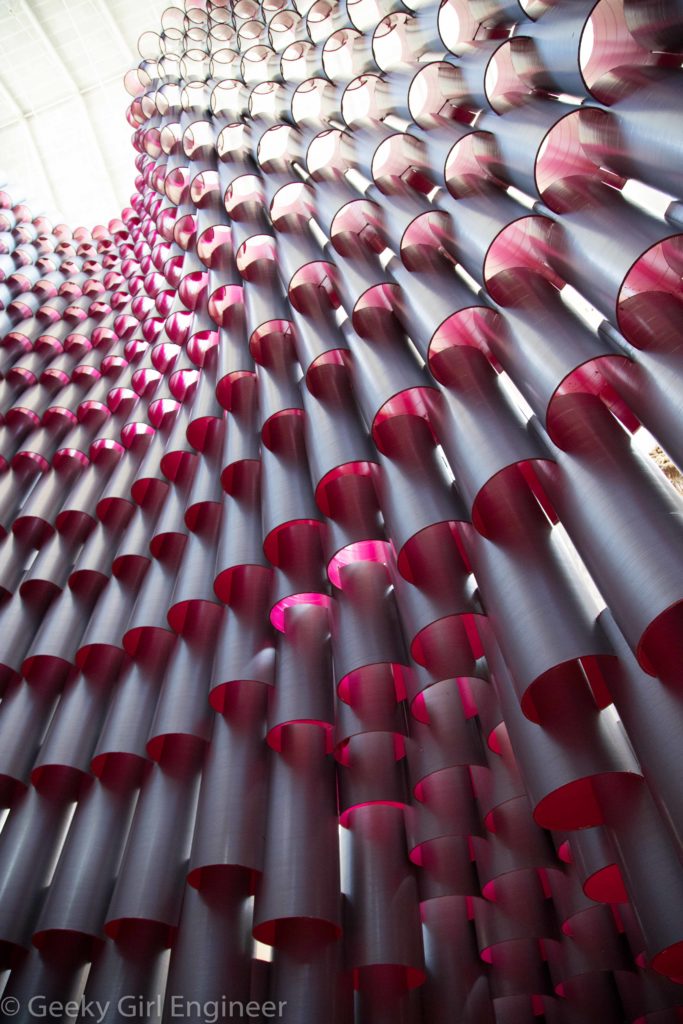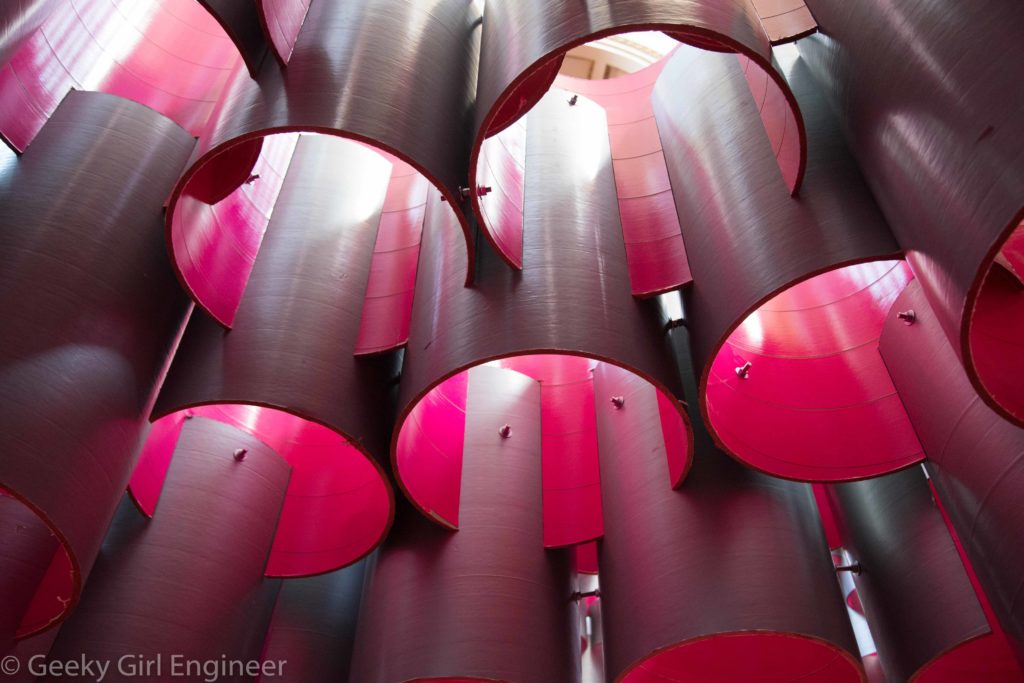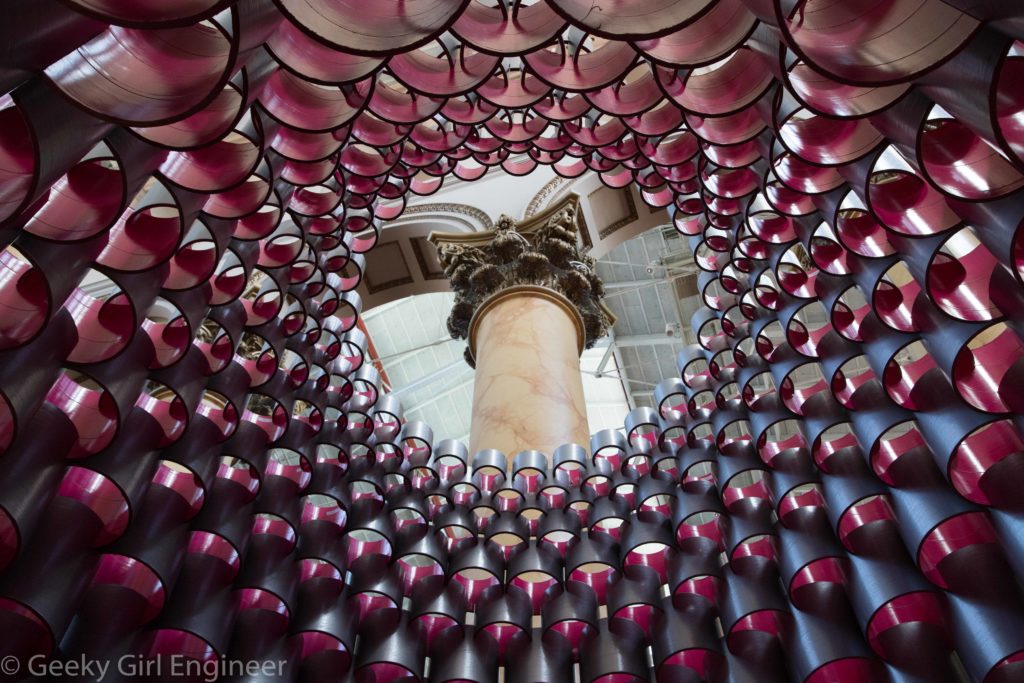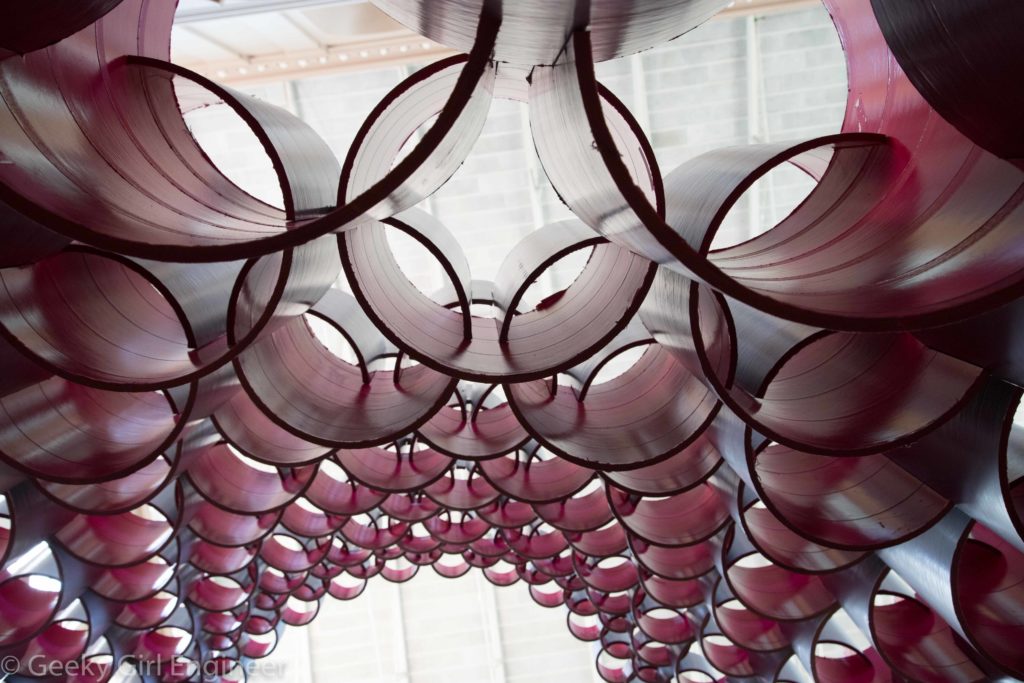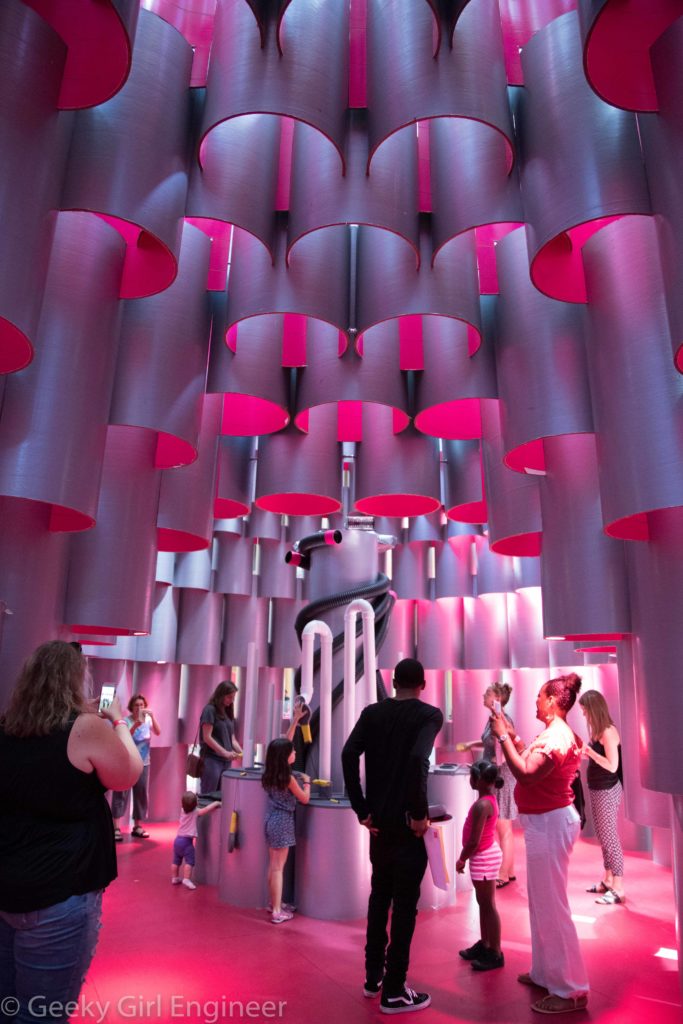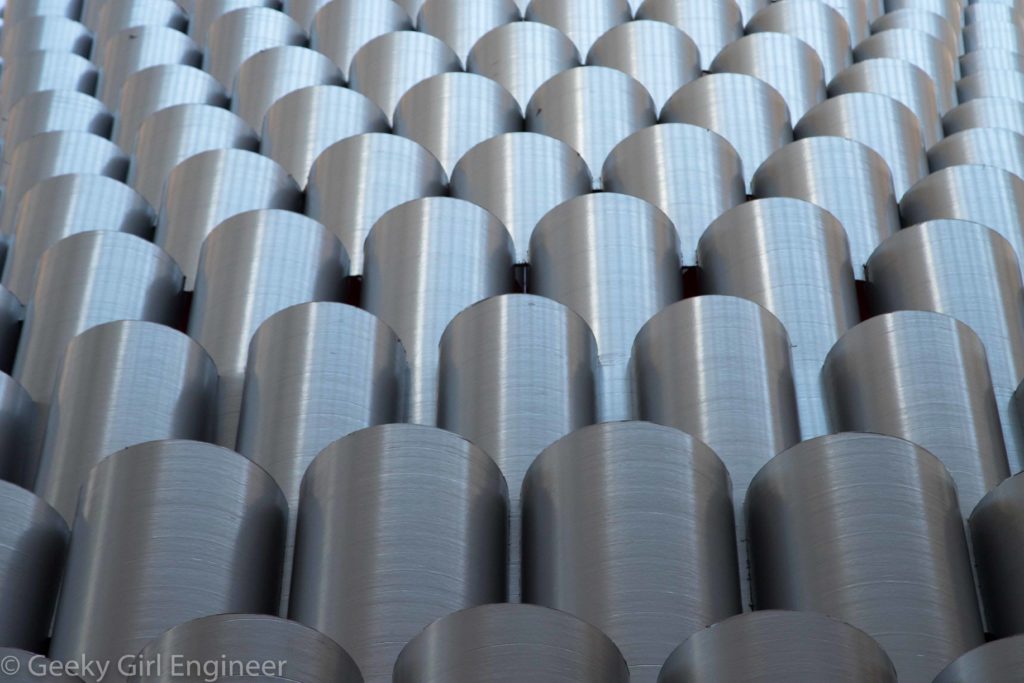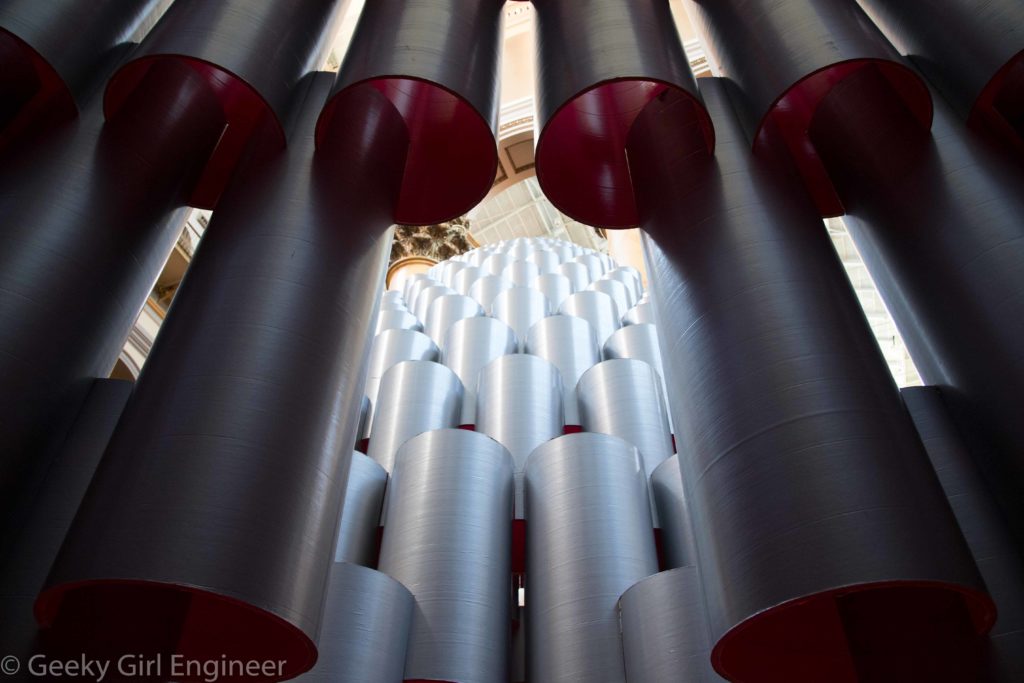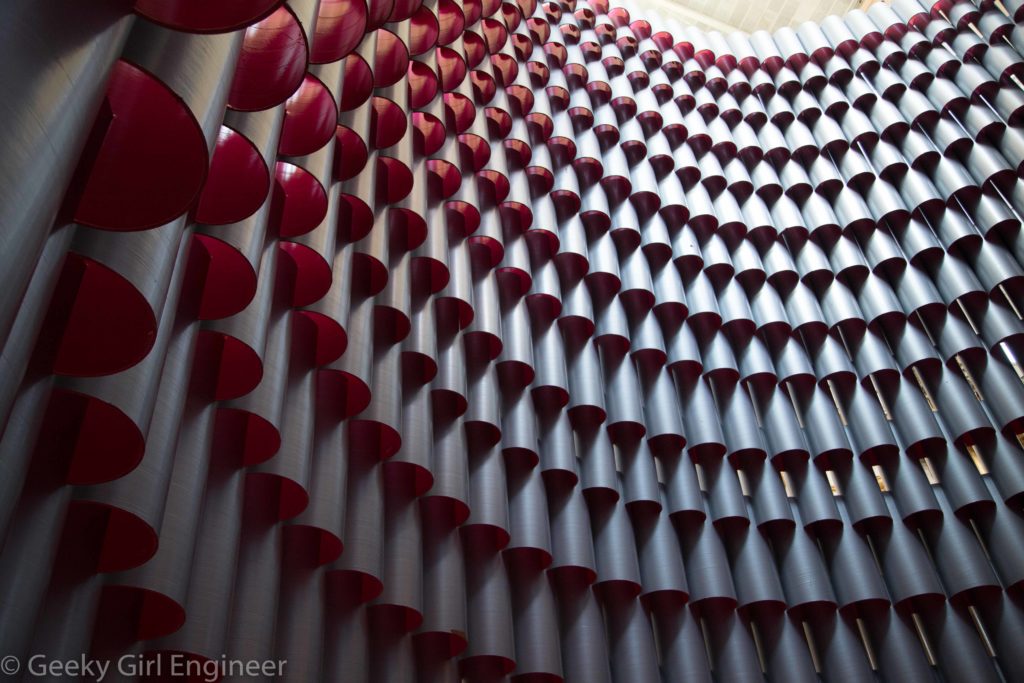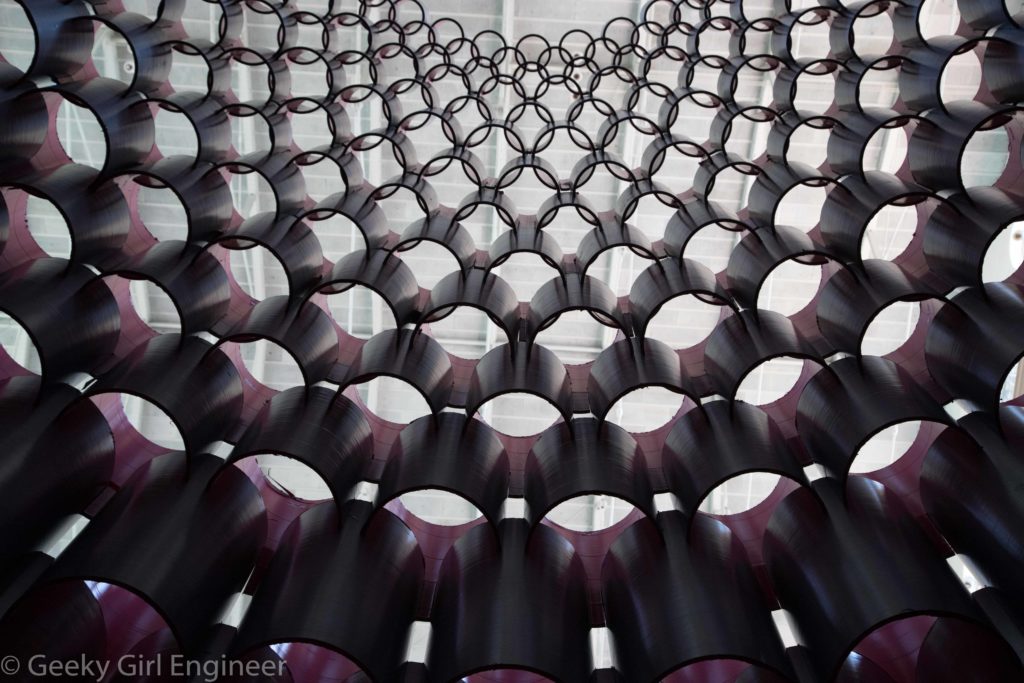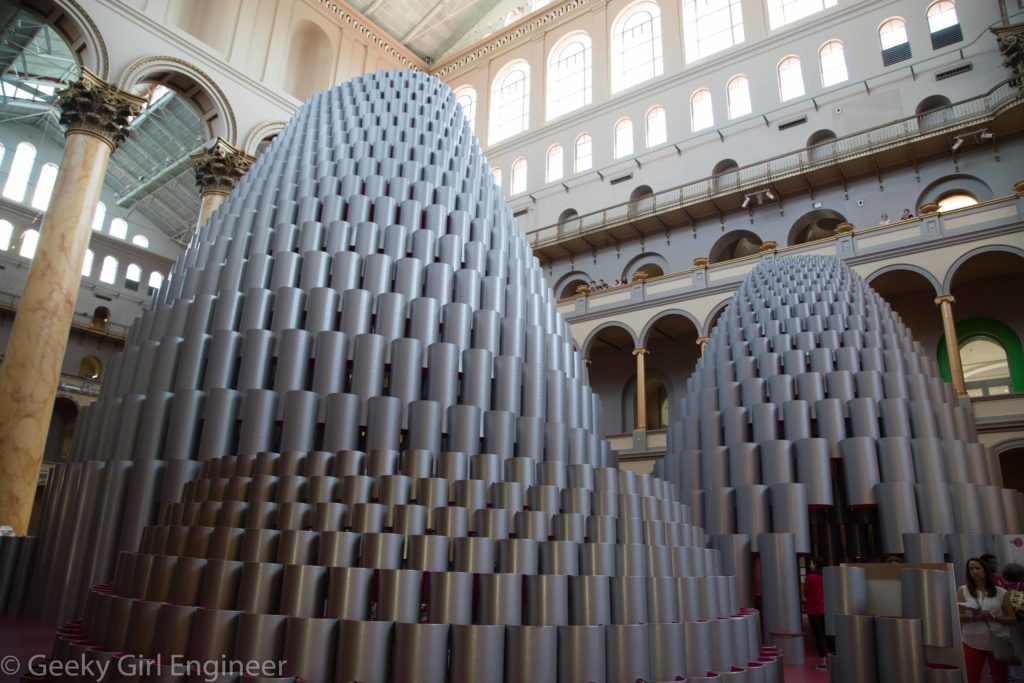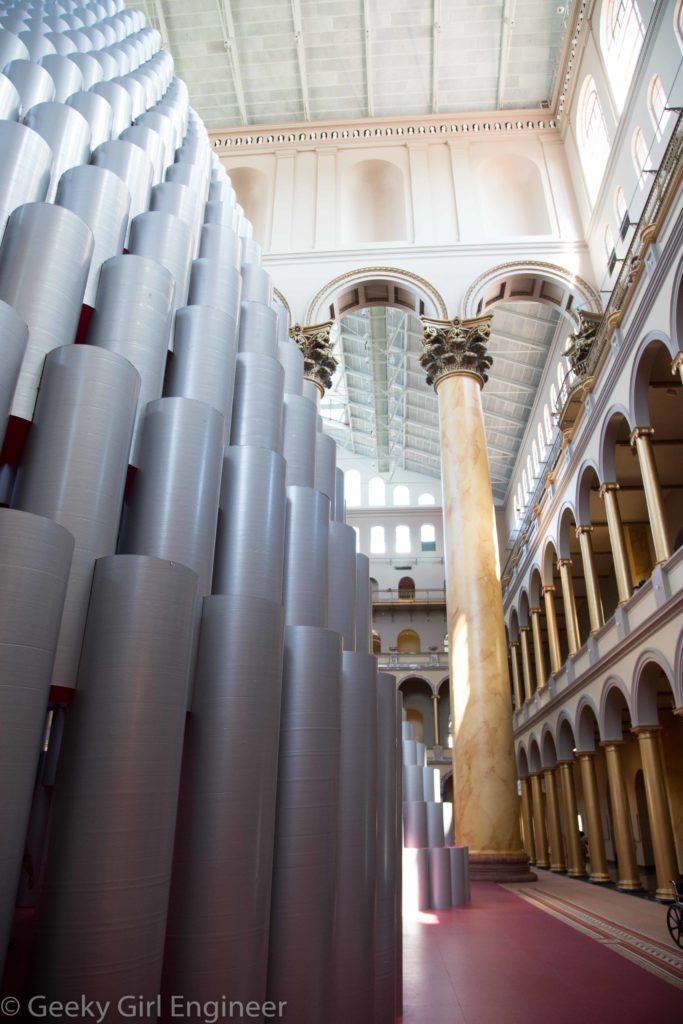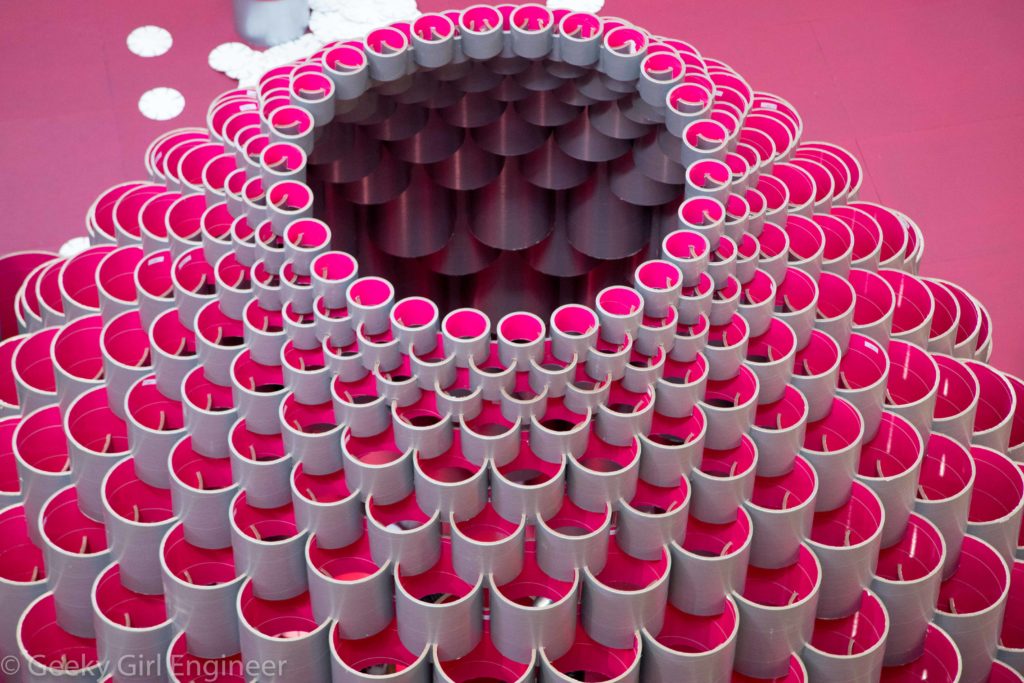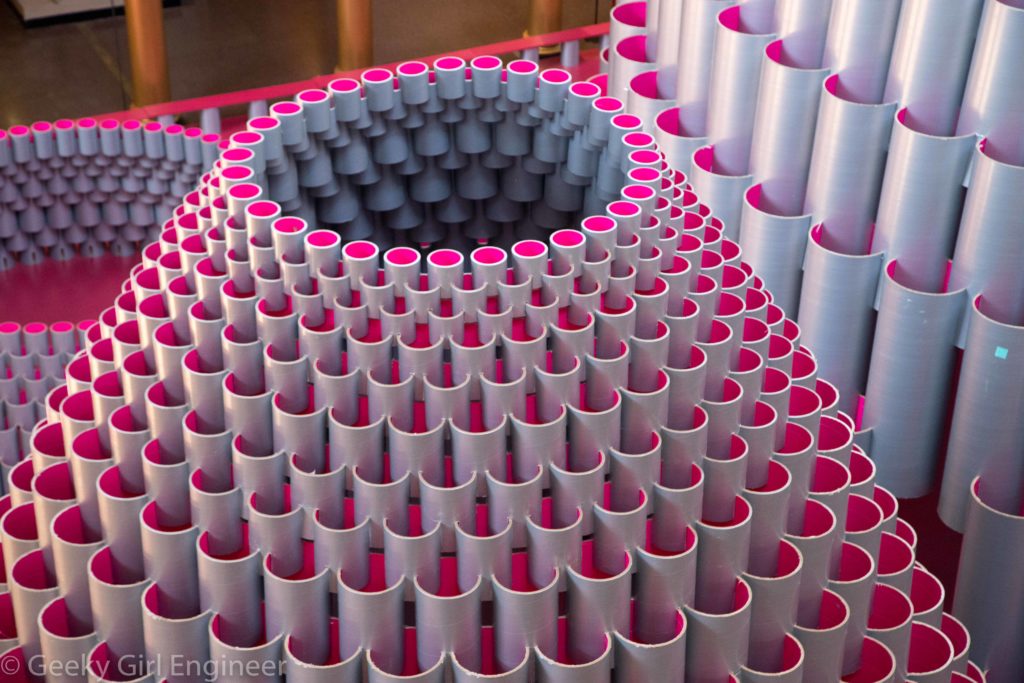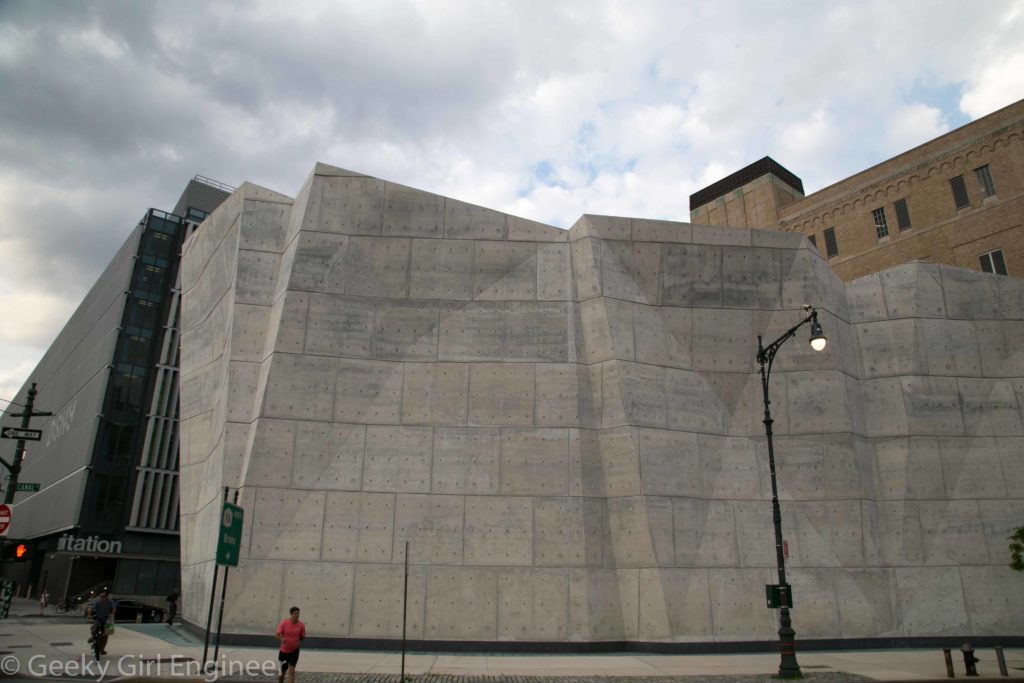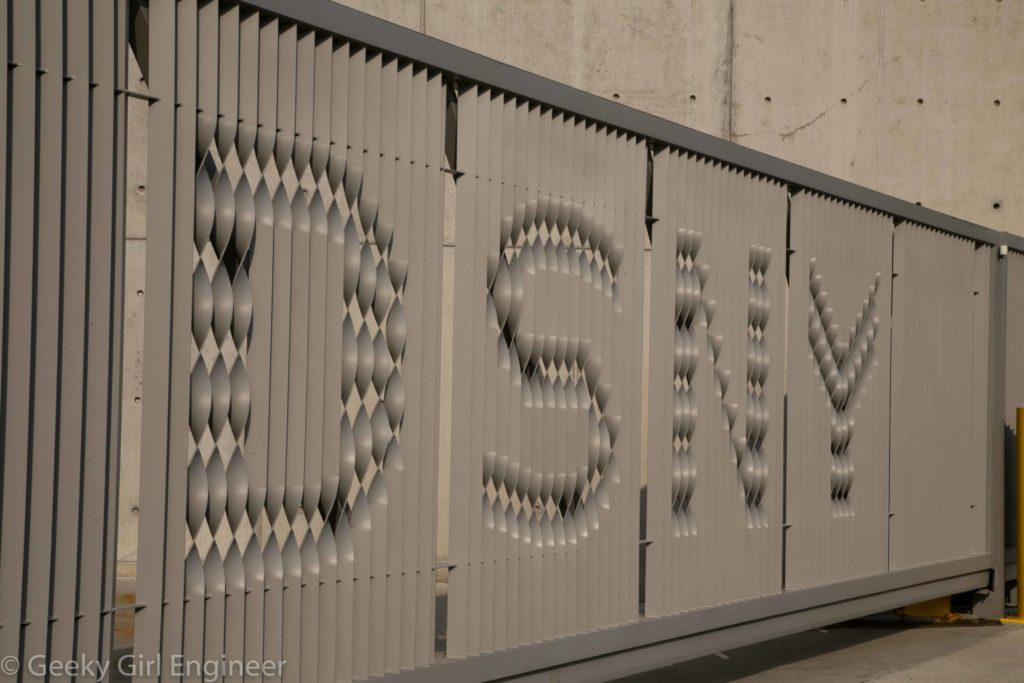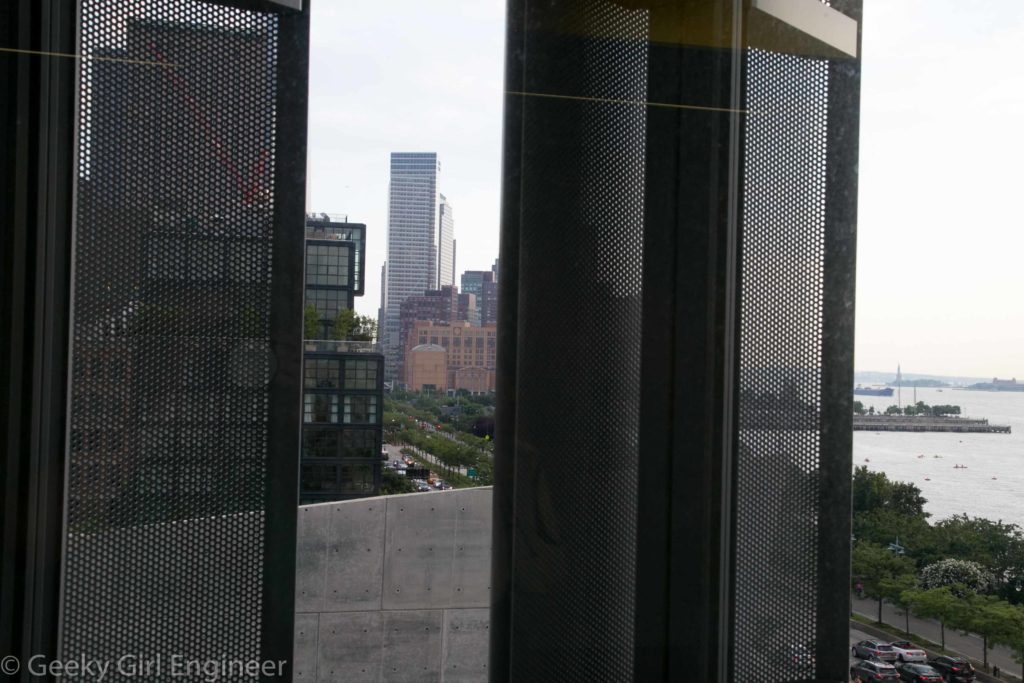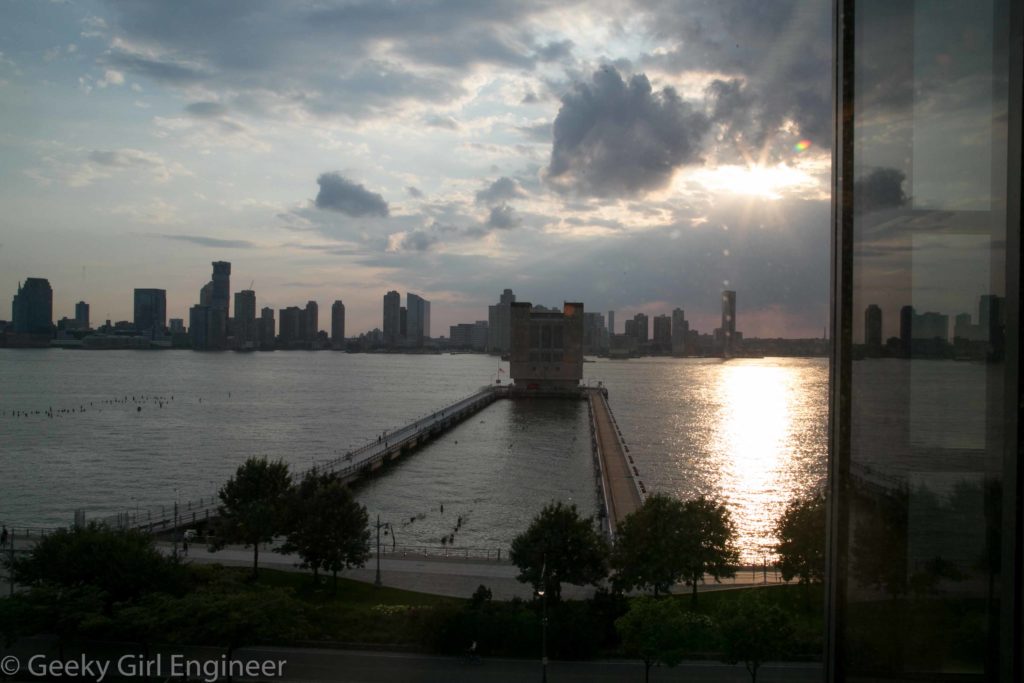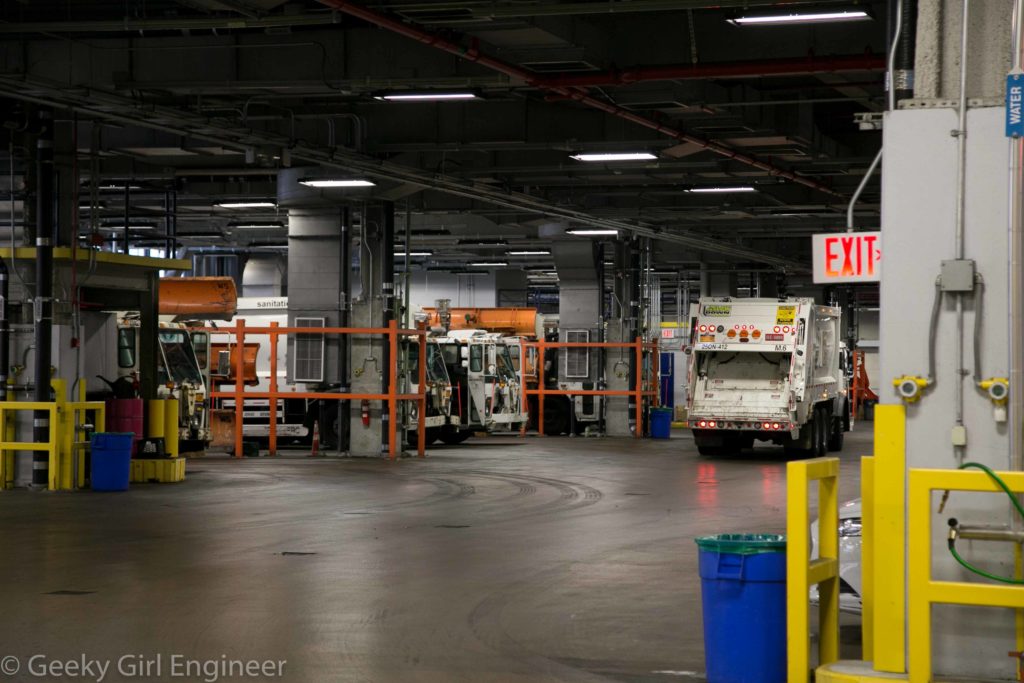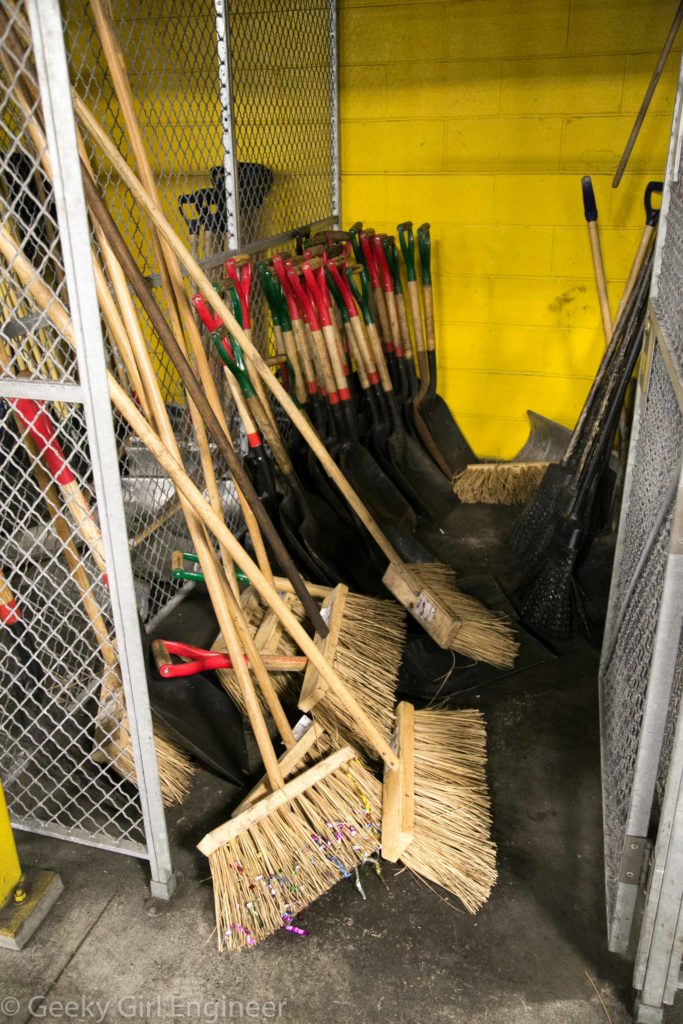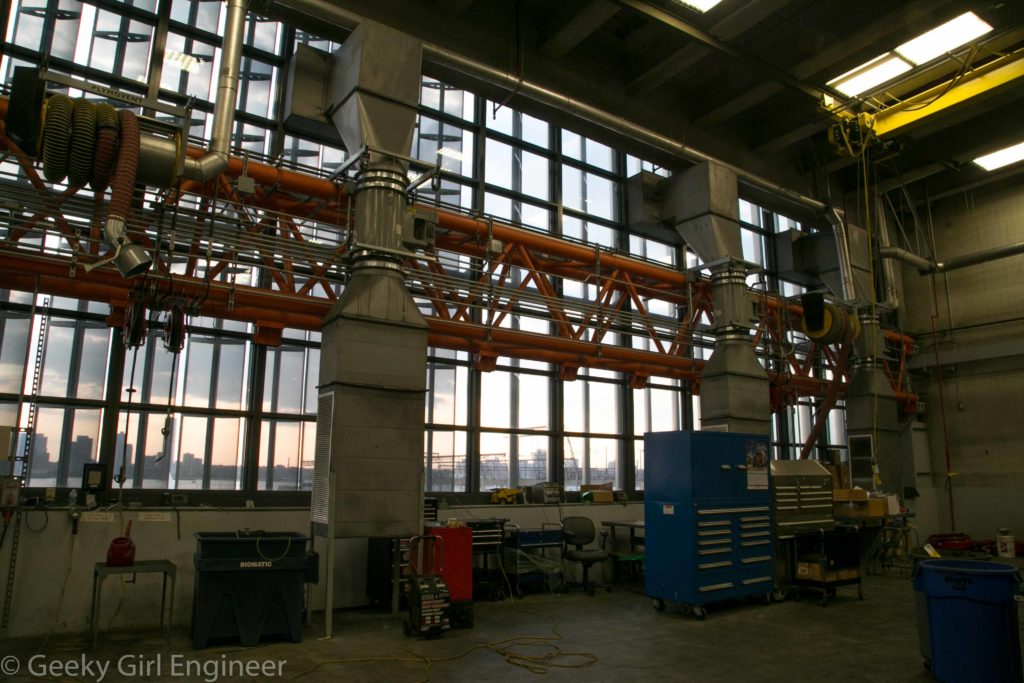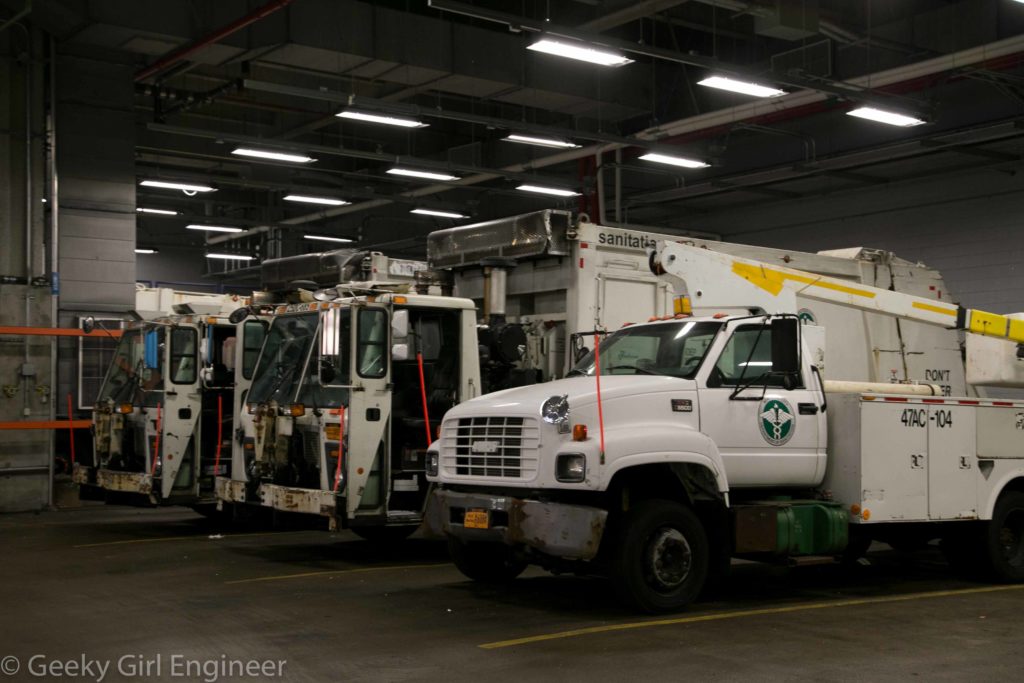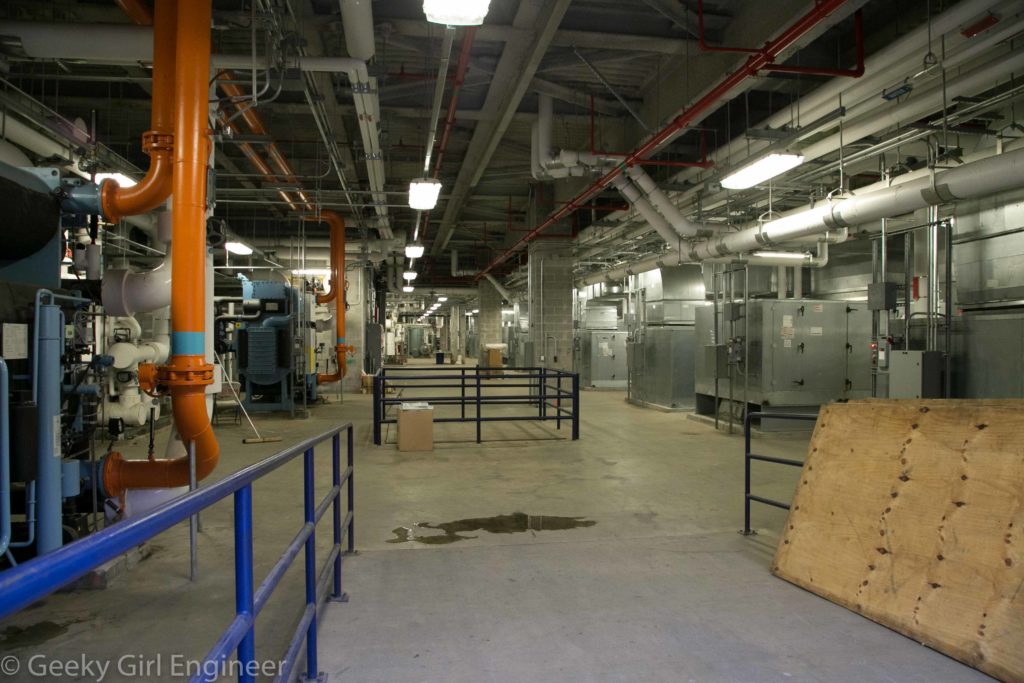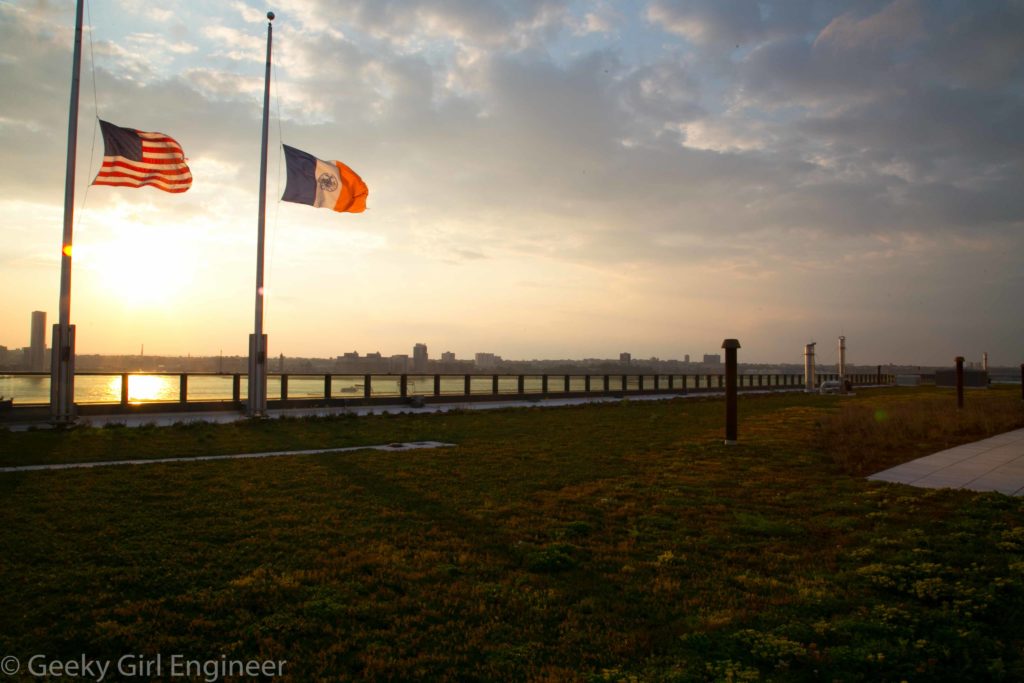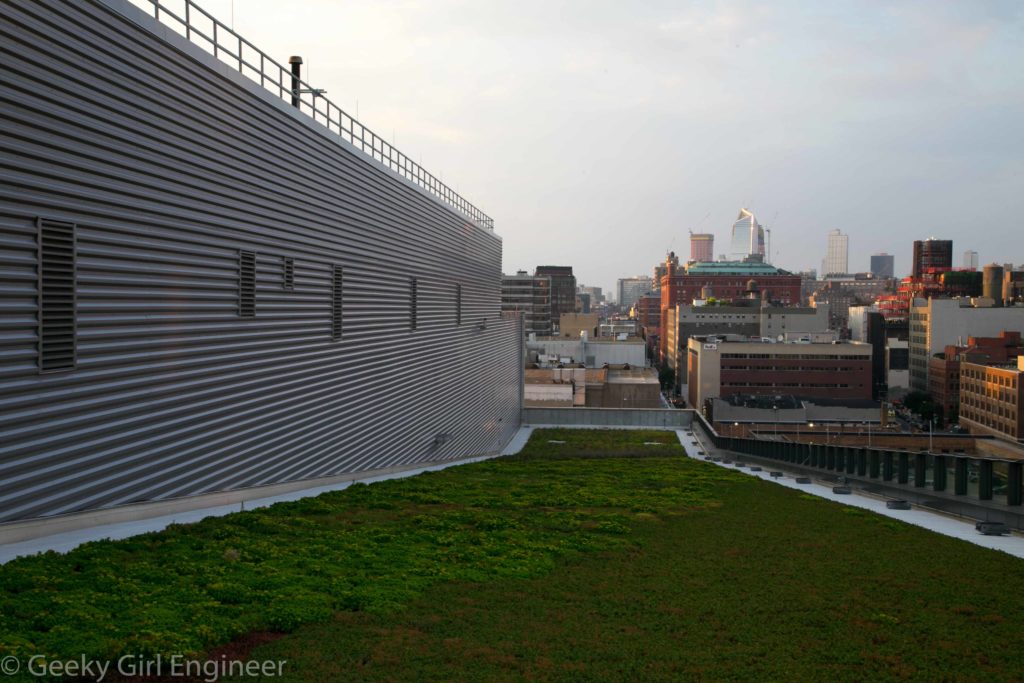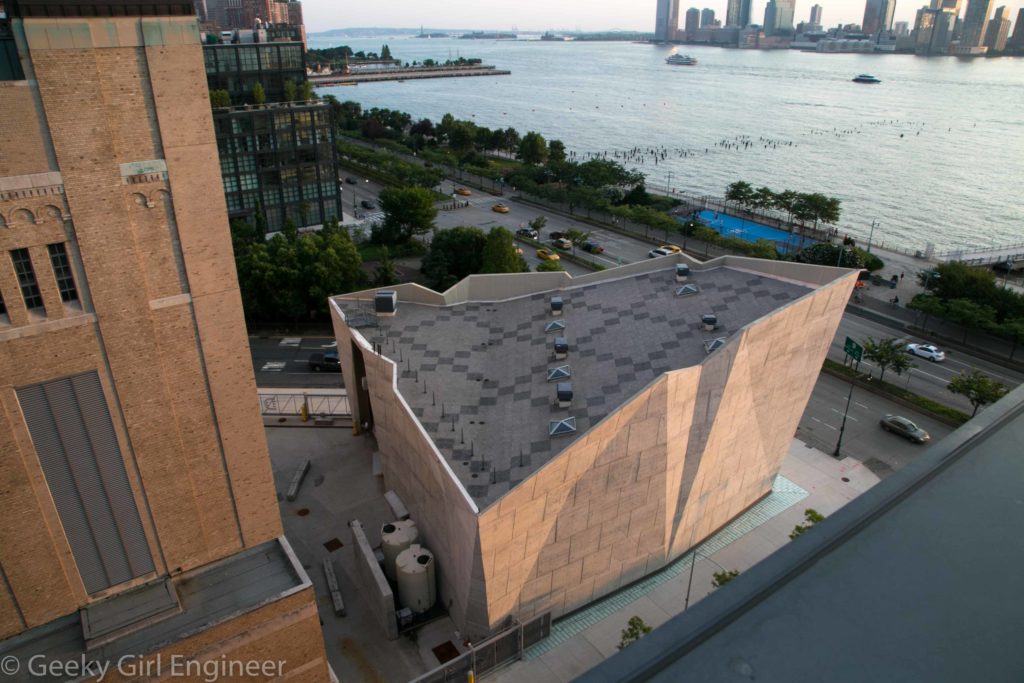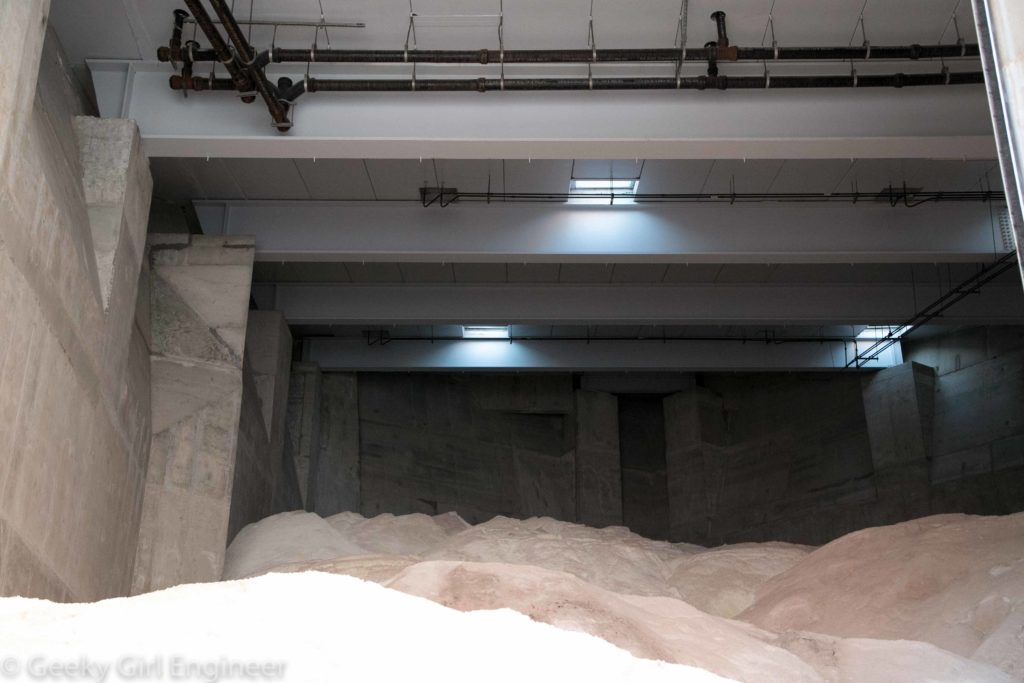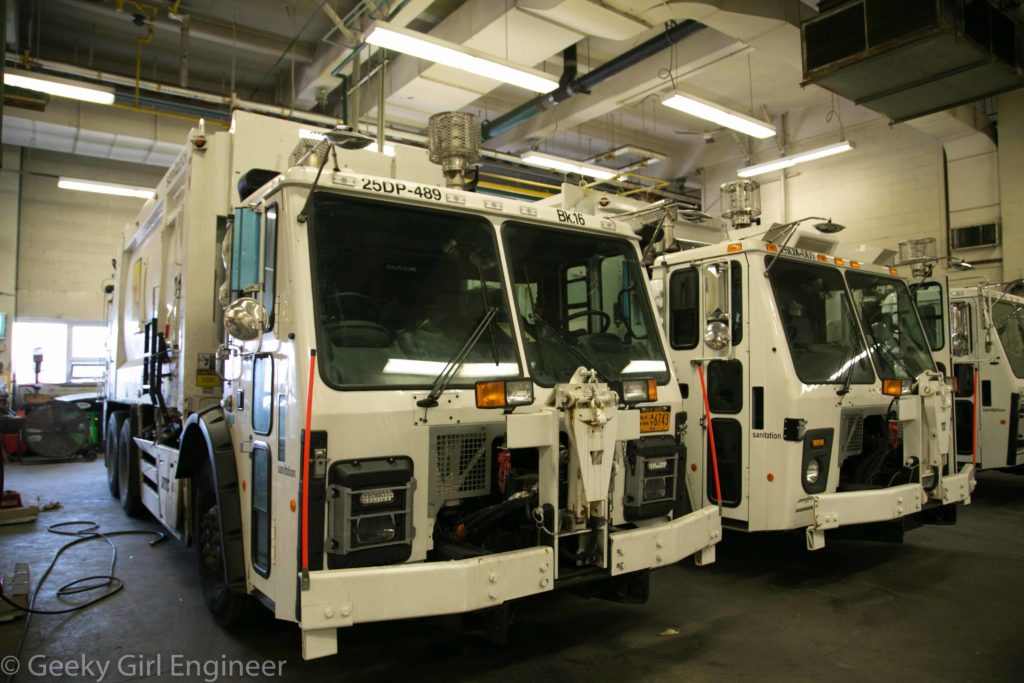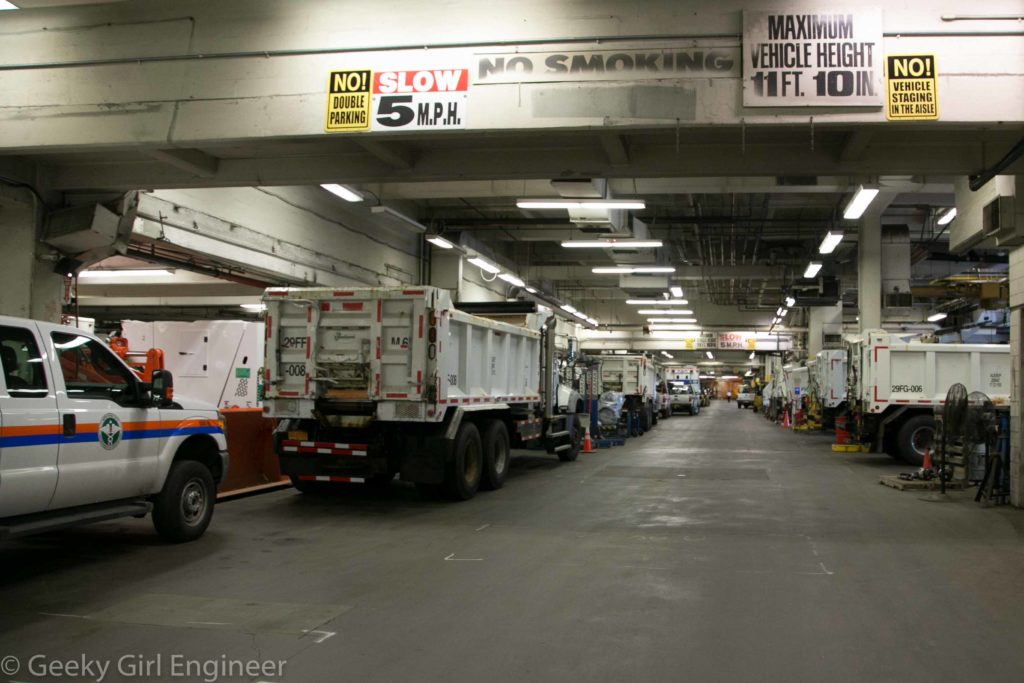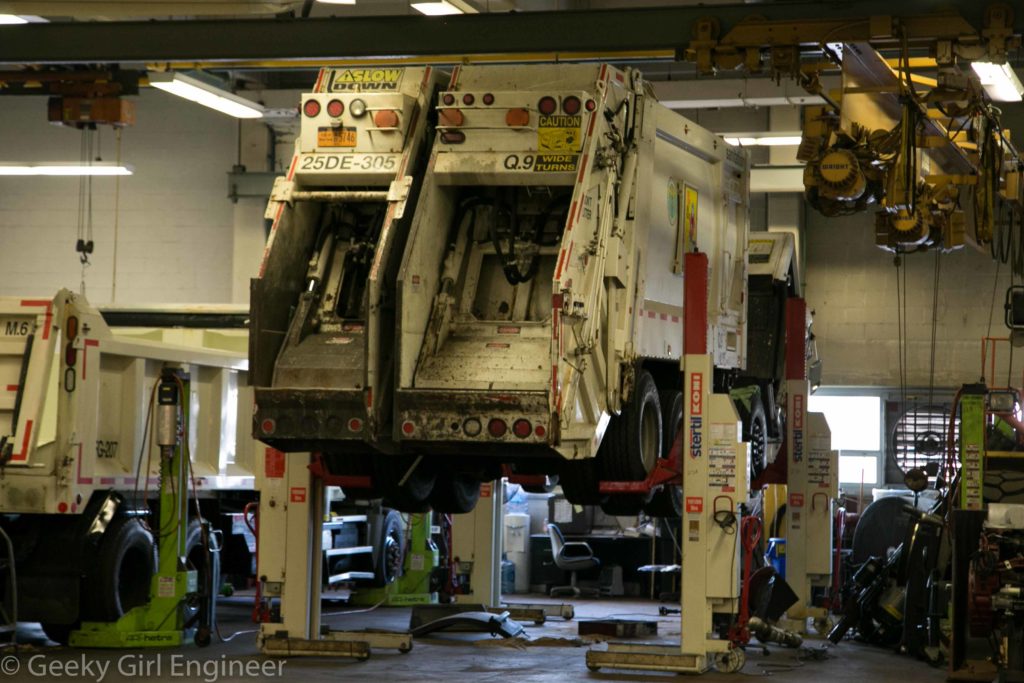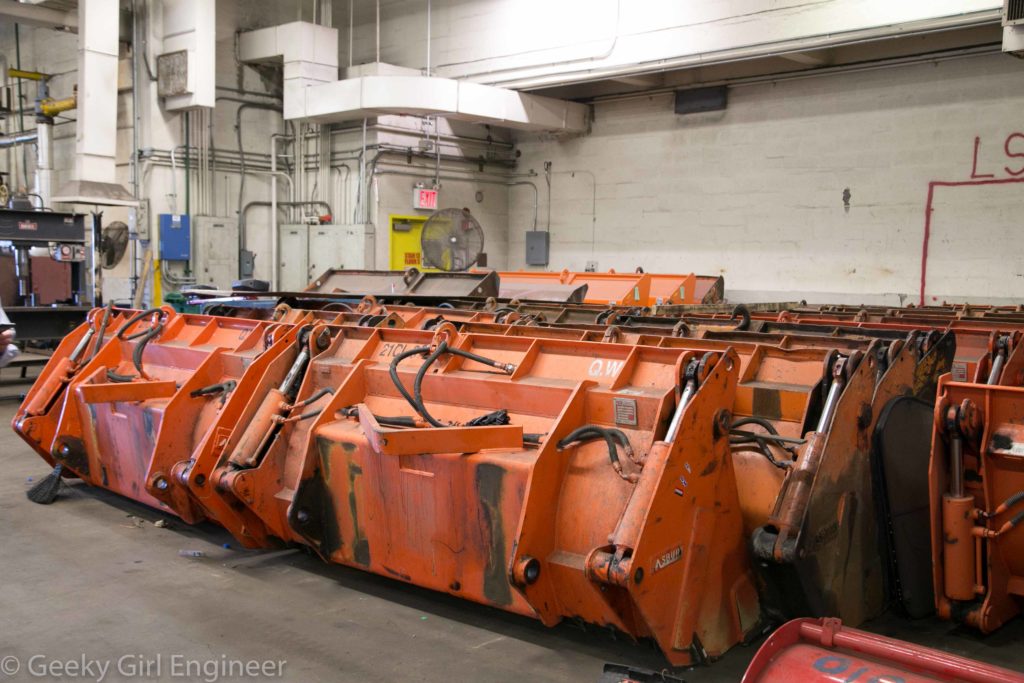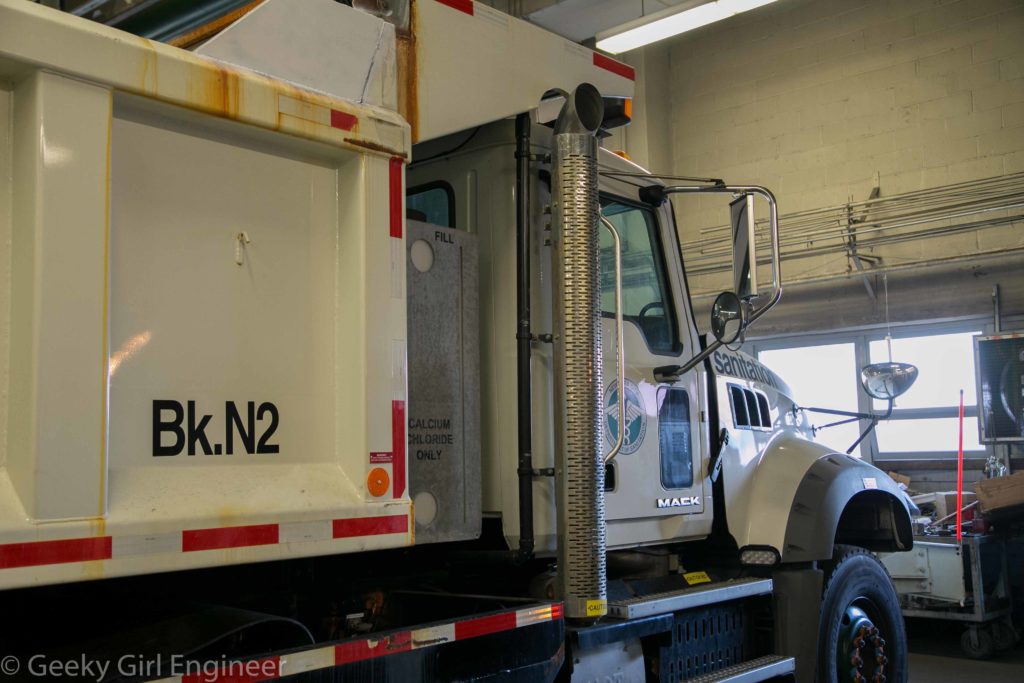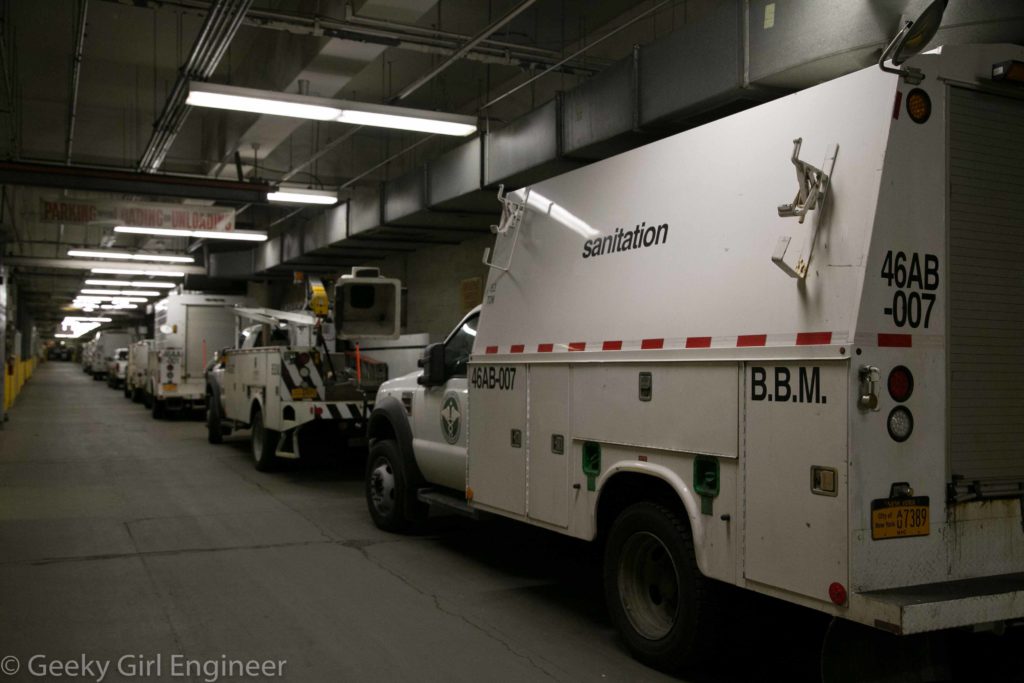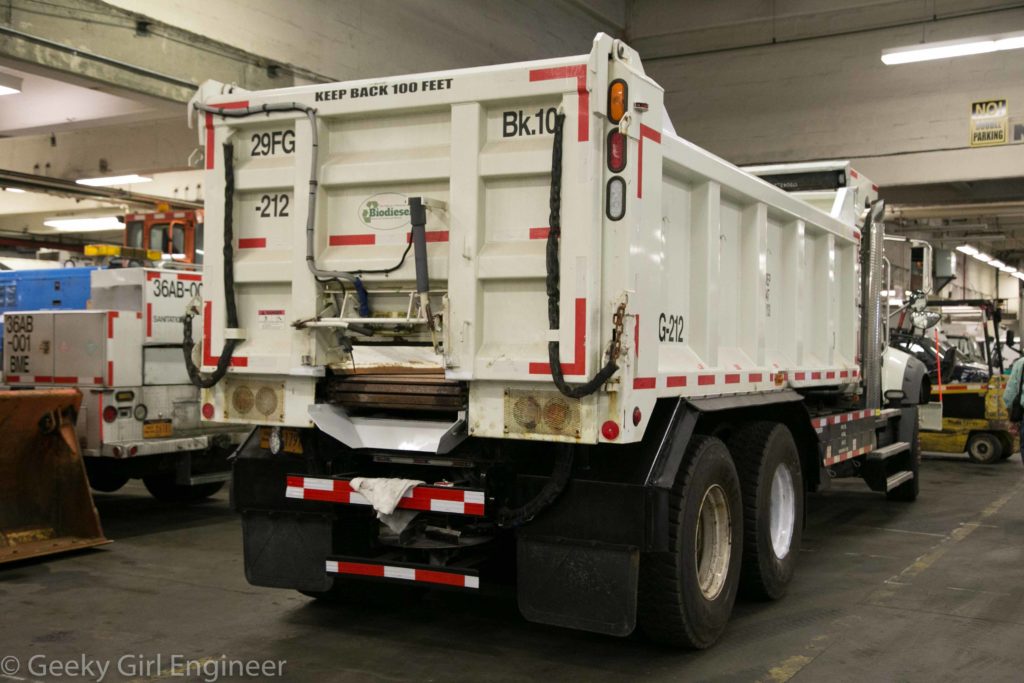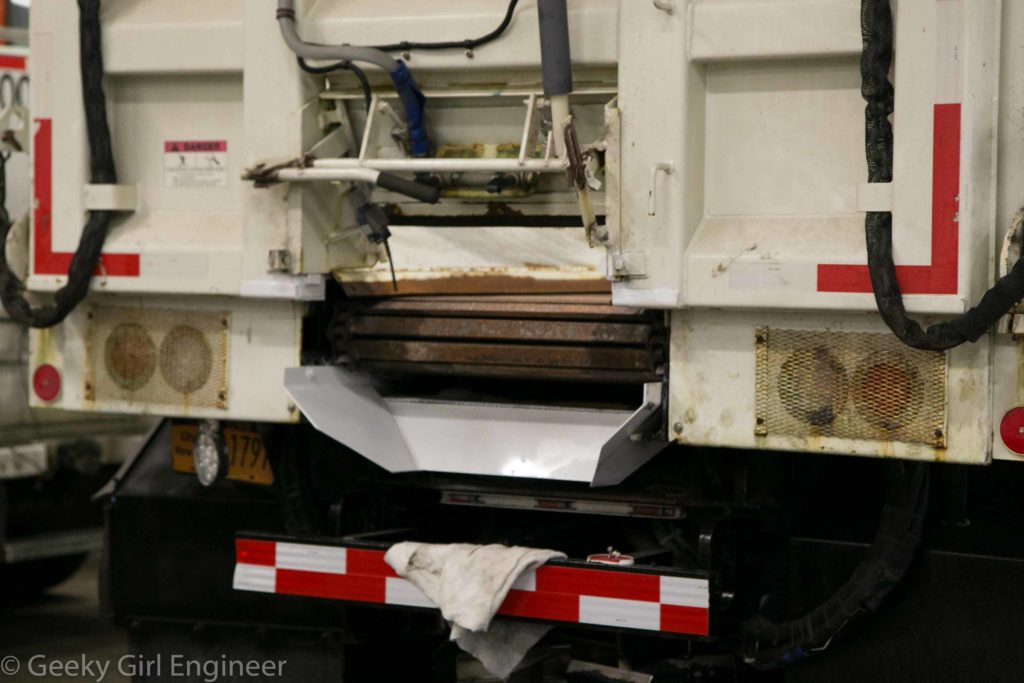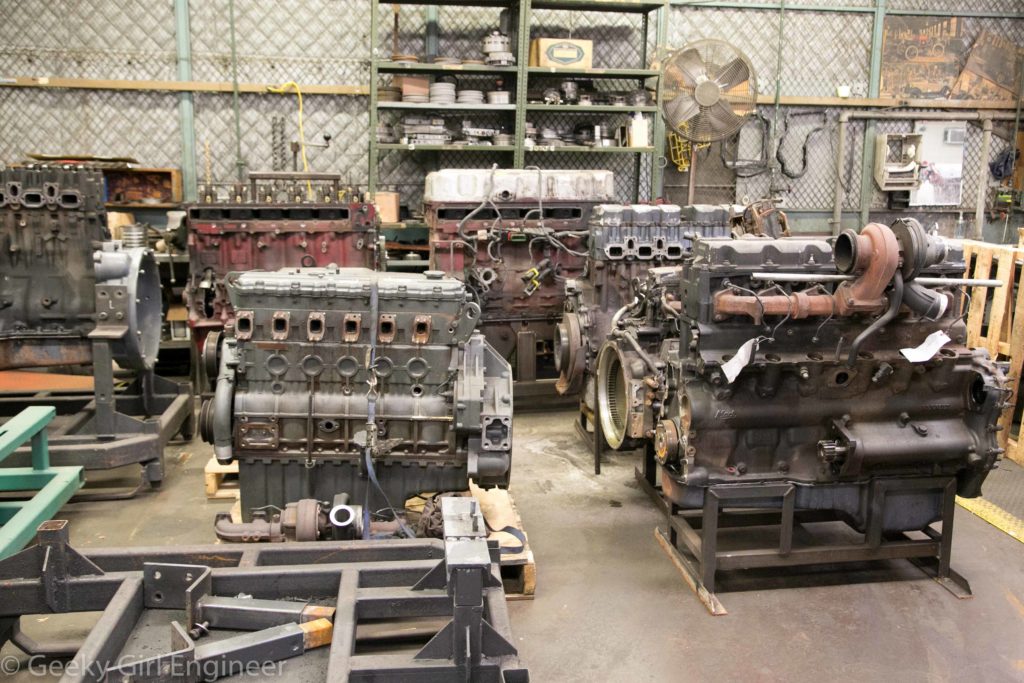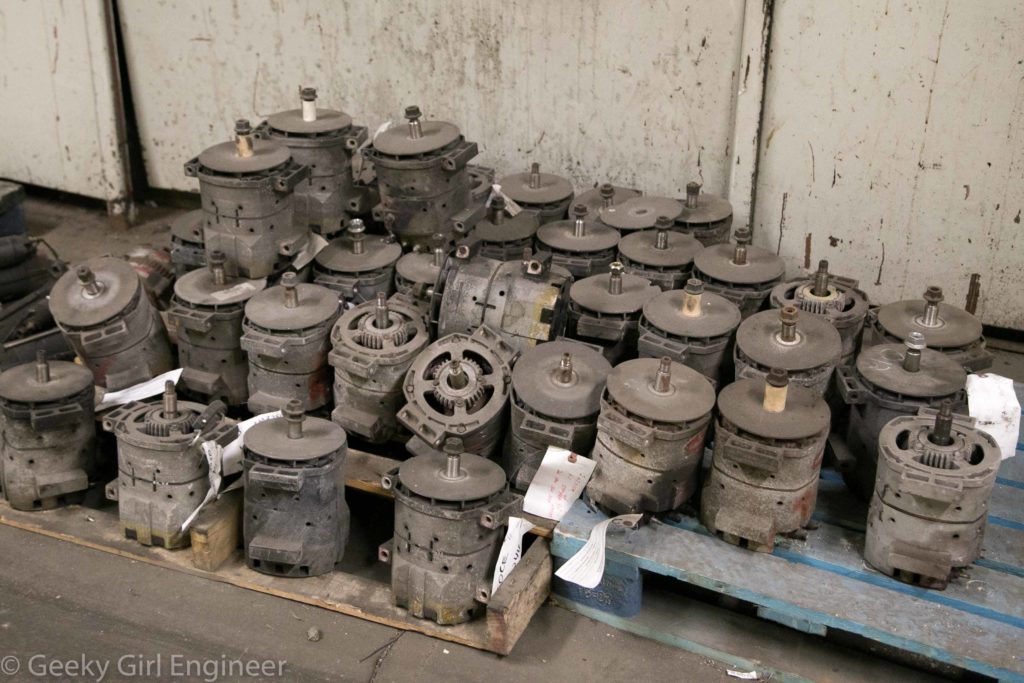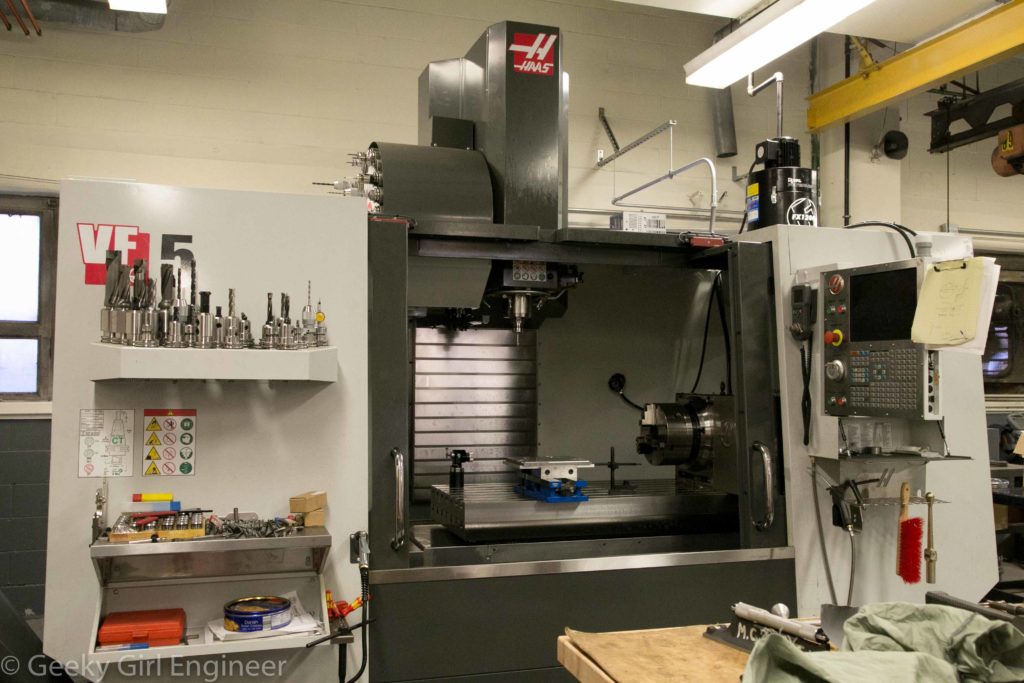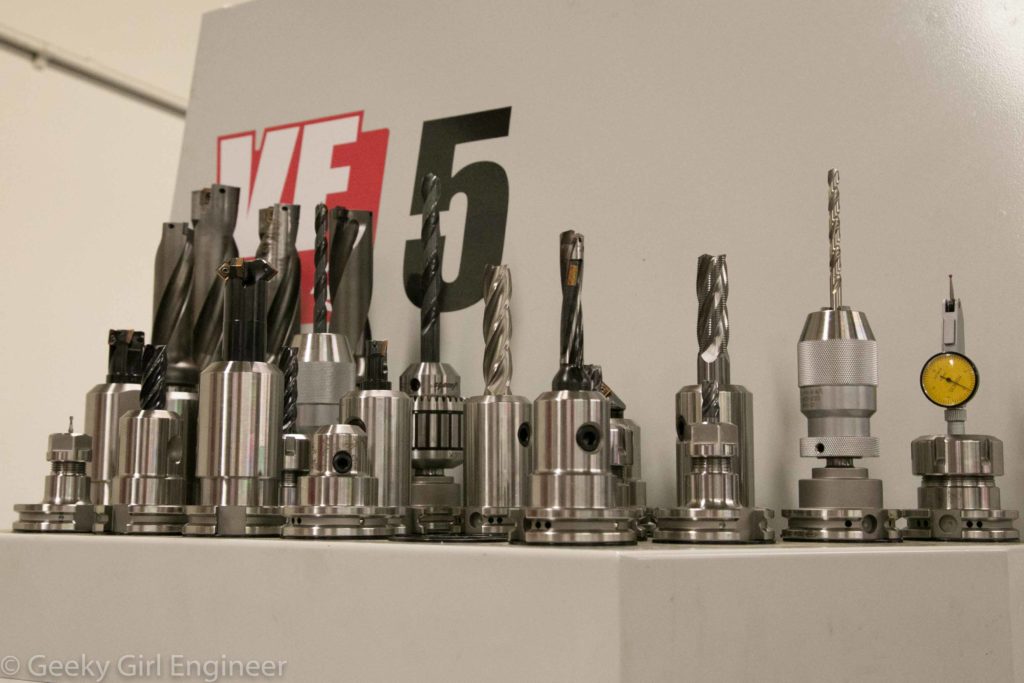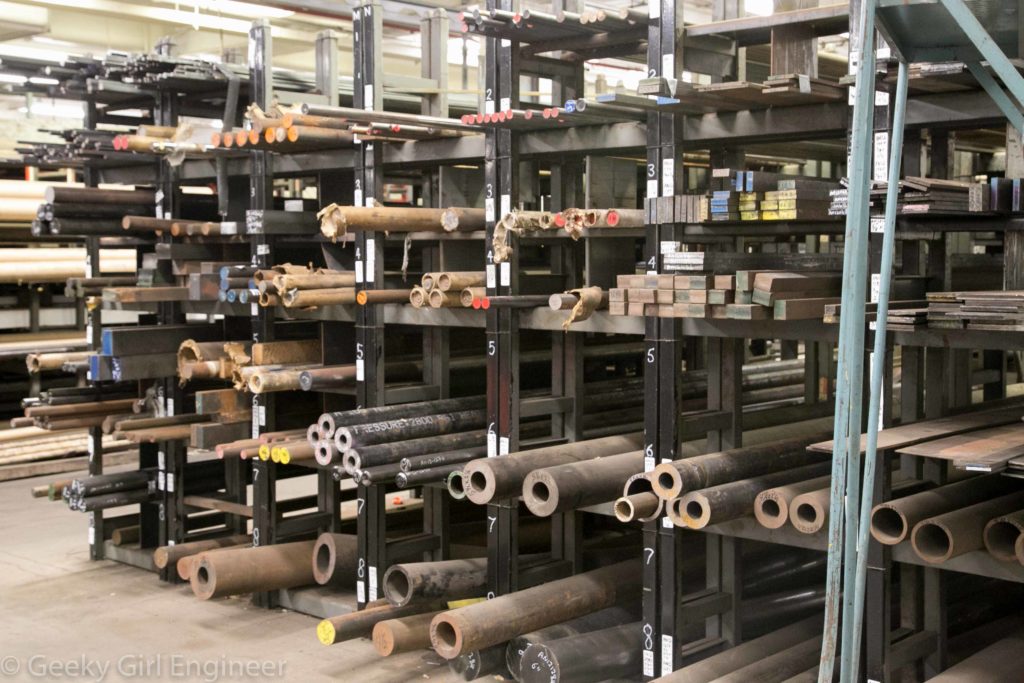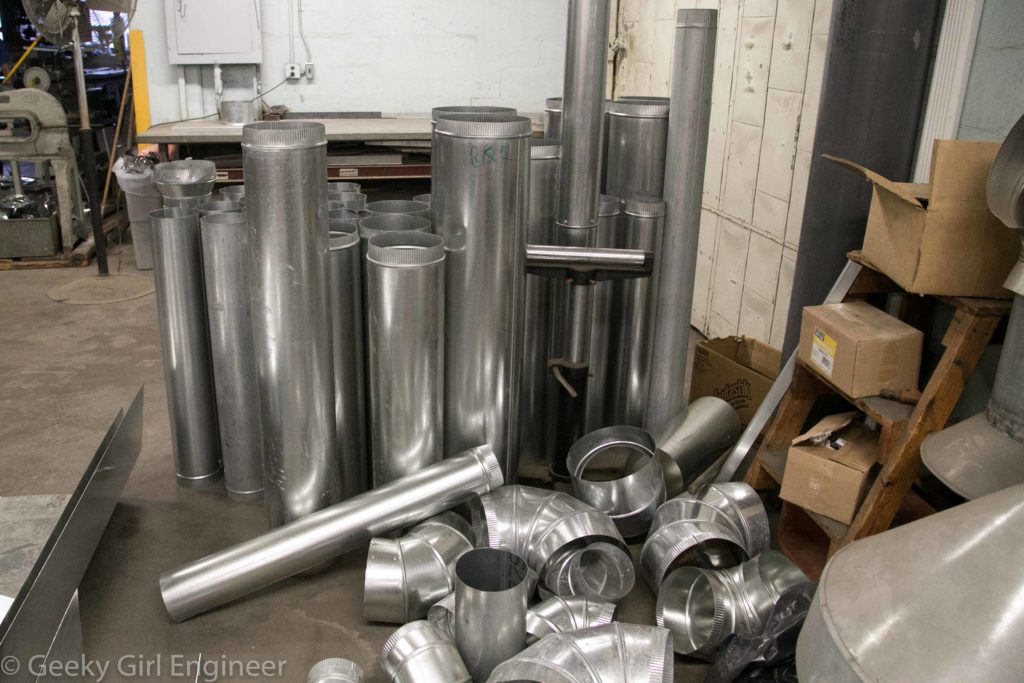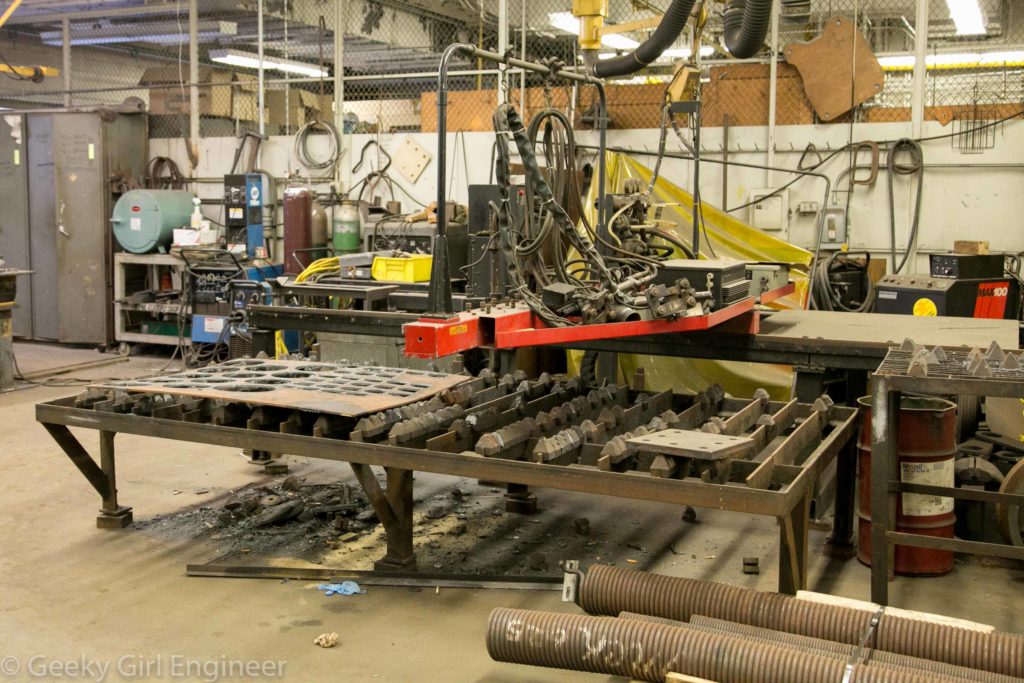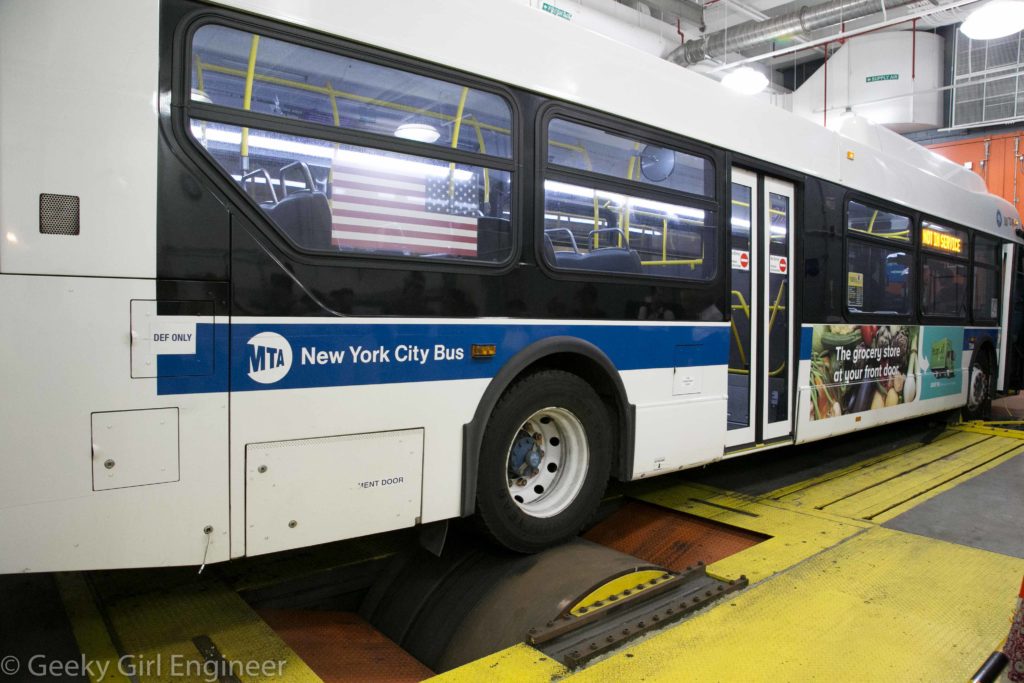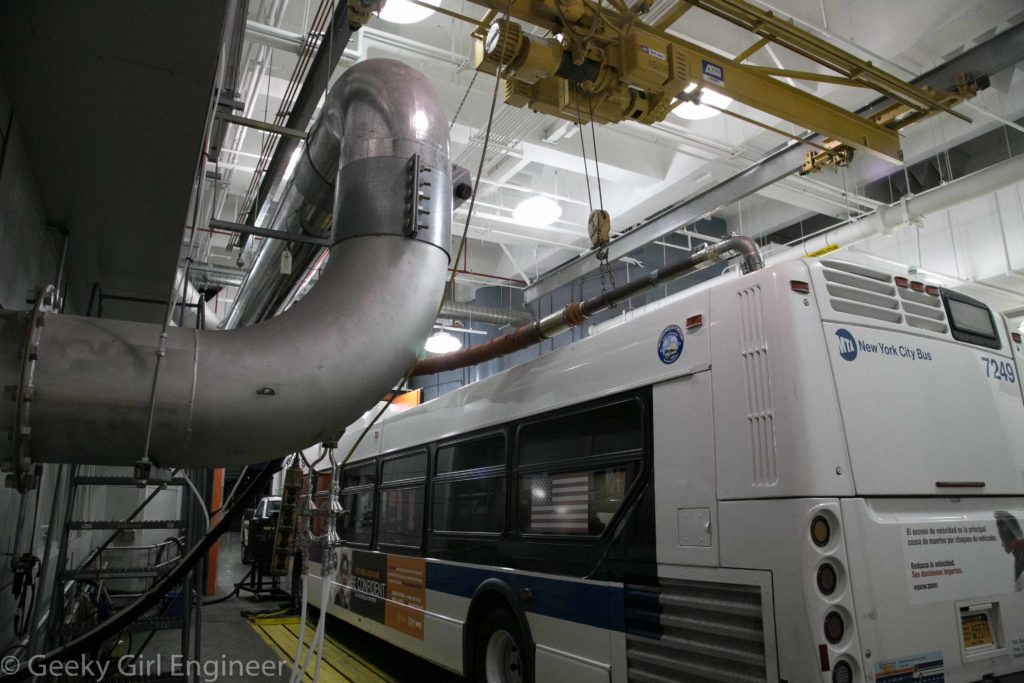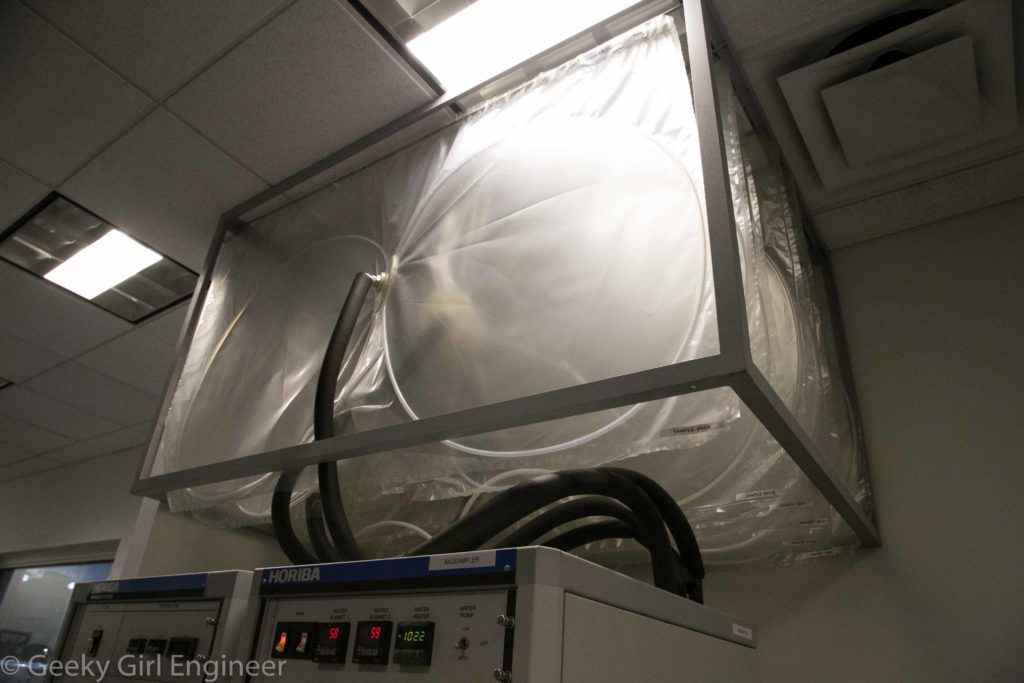I arrived in Denver by train and immediately got hit with altitude issues. I don’t get altitude sickness exactly, but I do get winded when I have no time to adjust. Along my way north, I stopped at Rocky Mountain National Park. Unfortunately, because it was even higher, I could not do any hiking as I was just getting hit too hard by the altitude. Instead, I spent an enjoyable afternoon driving around and looking from the outlooks. One part of the park that I thought was special was how evident the tree line was. As the road approaches the highest part of the park, there are signs noting that you are entering an alpine environment, which is a sensitive ecosystem. The views are lovely.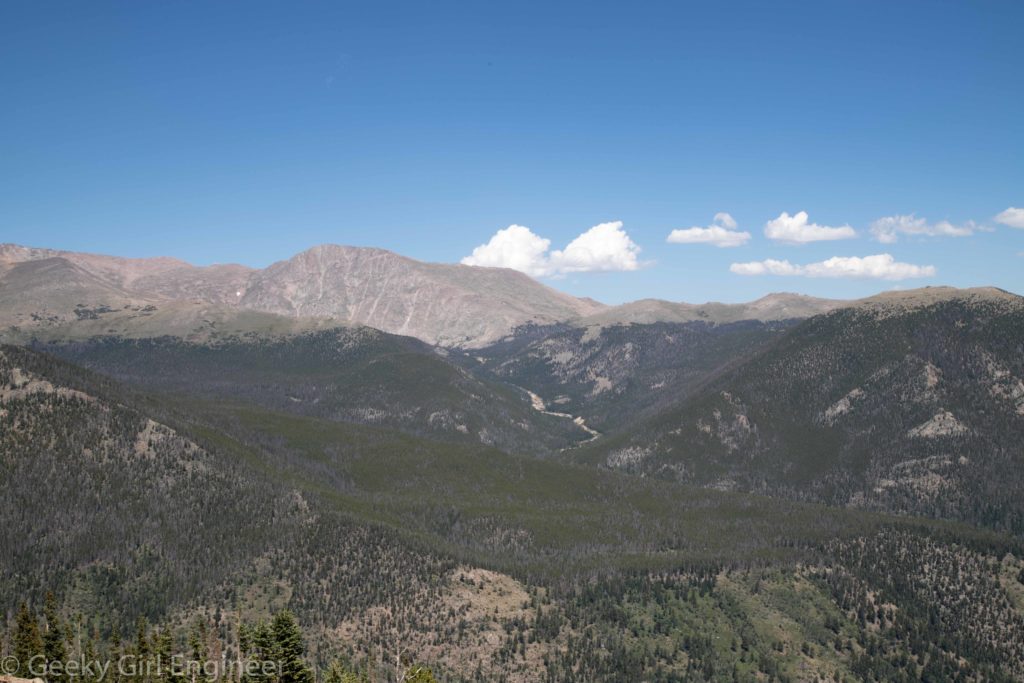
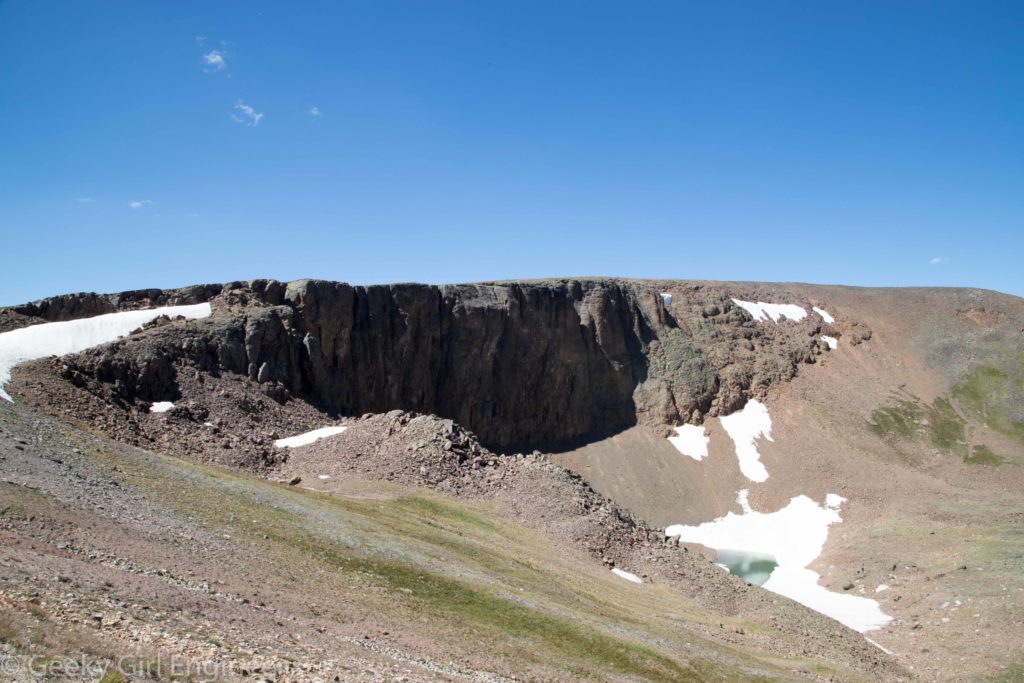
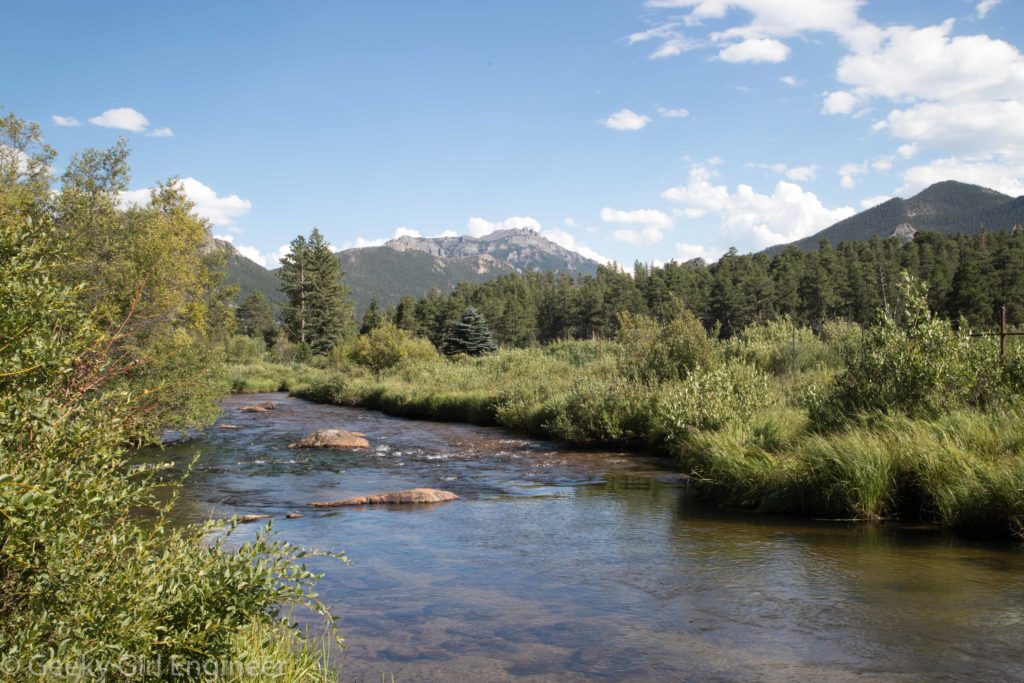
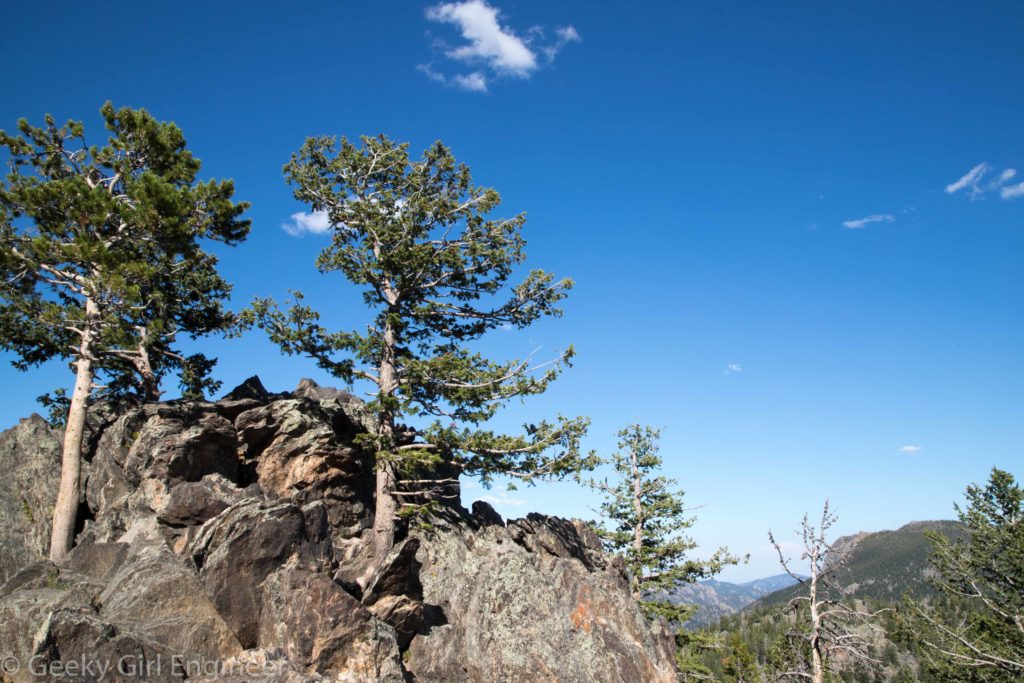
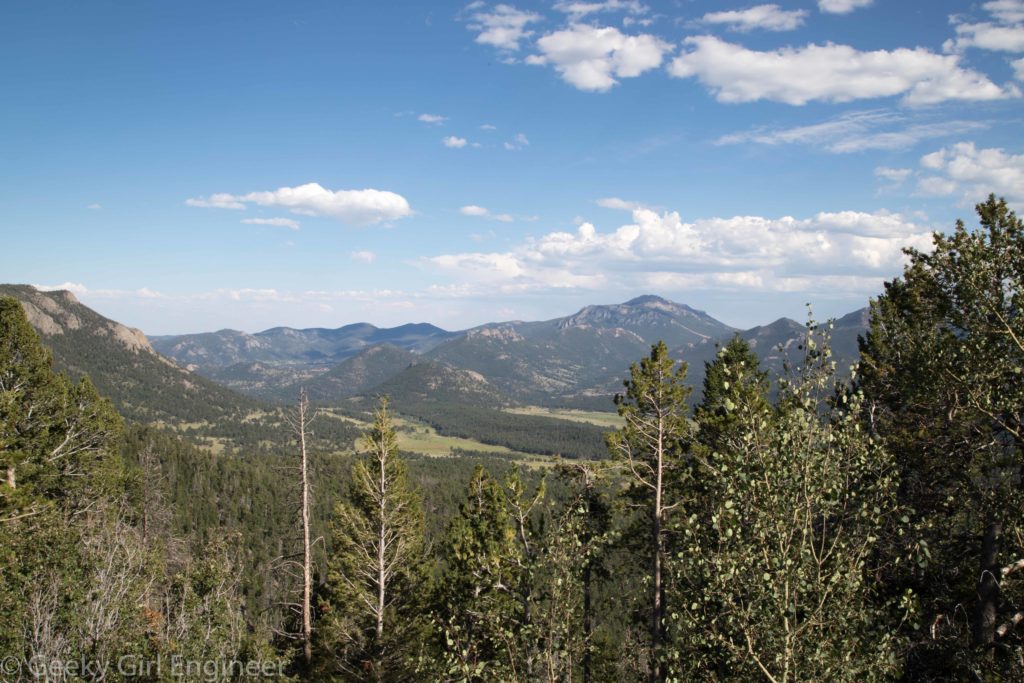
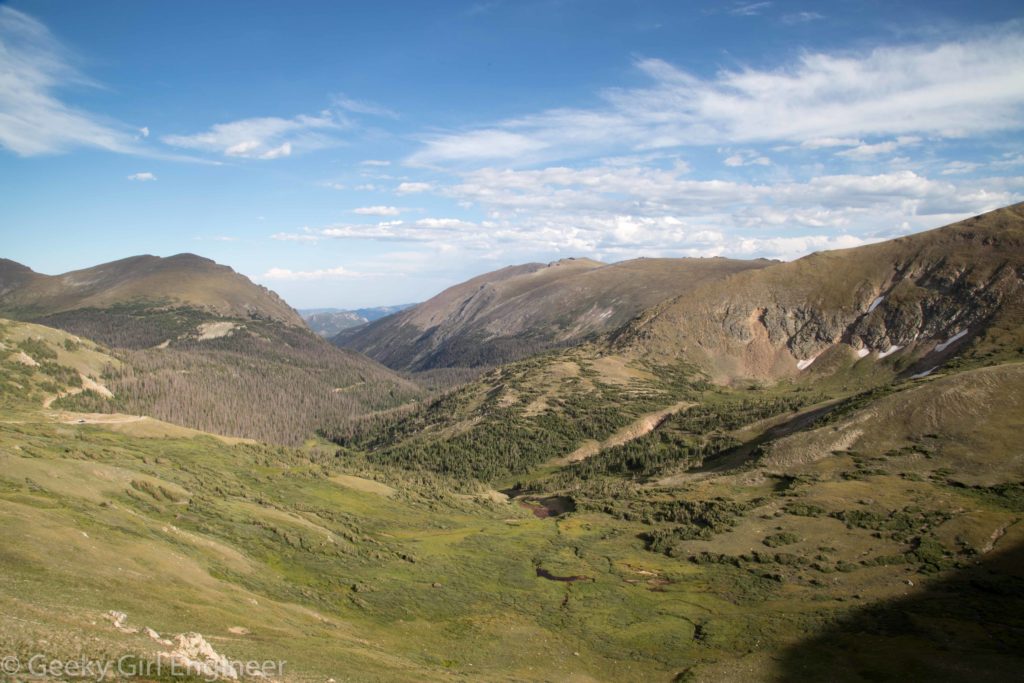
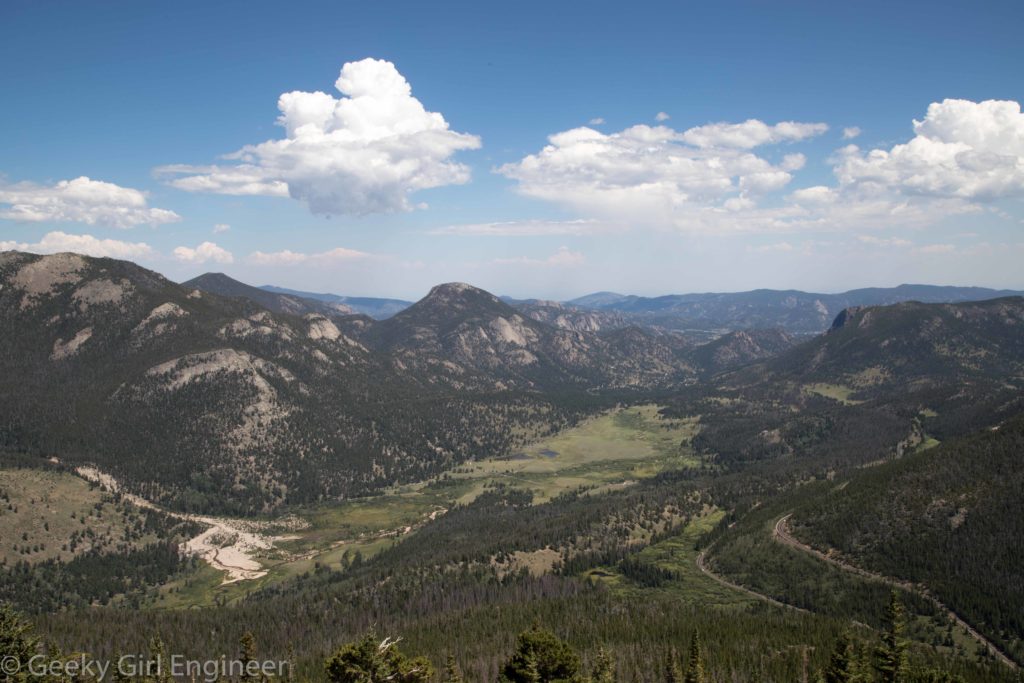
California Zephyr
I’m traveling to the west, and I decided to take the train. I took the California Zephyr from Chicago to Denver. I have heard if you take this train past Denver through the Rocky Mountains, it is one of the most beautiful train rides in the US. However that is a ride for another day. There is something very relaxing about taking the train and just staring out at the countryside. A few photos of the view are below. Not my greatest photos, but you try taking good photos through the dirty window of a fast moving train.
Chicago Architecture River Cruise
I’m traveling to the west for the solar eclipse and vacation, and I decided to take the train. I had to change trains in Chicago, so I decided to spend the night and have some time to explore Chicago. I decided to start with a river cruise focusing on the architecture. Like most old and big cities, Chicago has a lovely mix of old and new buildings. It has classic old stone buildings, modern buildings (as in the modern architecture era), post-modern buildings, and whatever era we are in now. I am also curious about the engineering that must have gone into many of the buildings as they were built right on the river’s banks. A cruise on its rivers is a great way to see some of them. A few photos I took are below.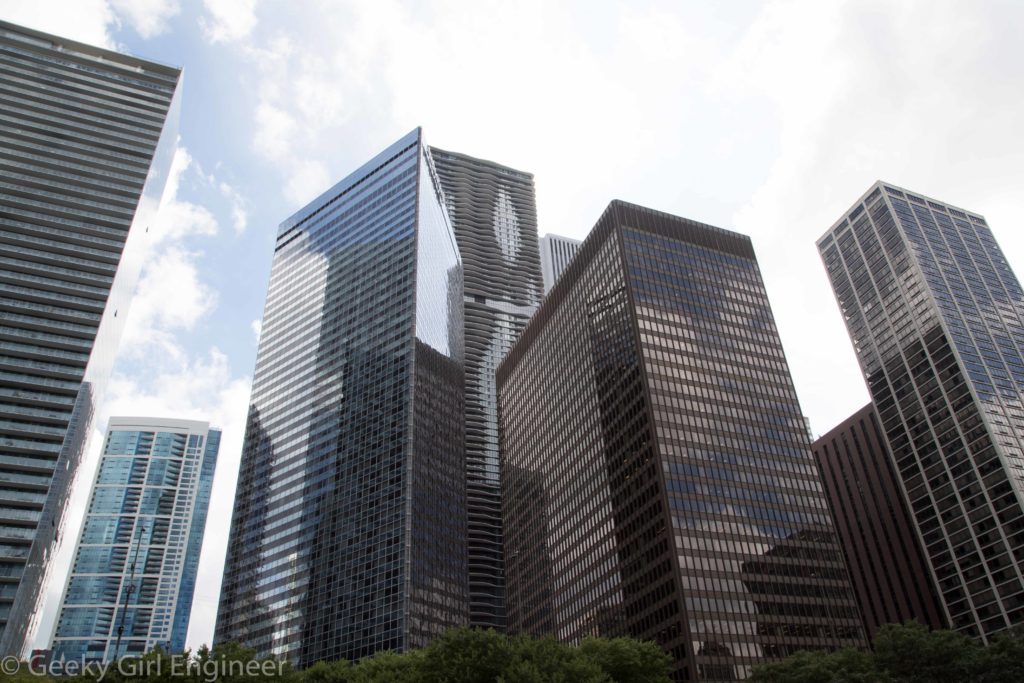
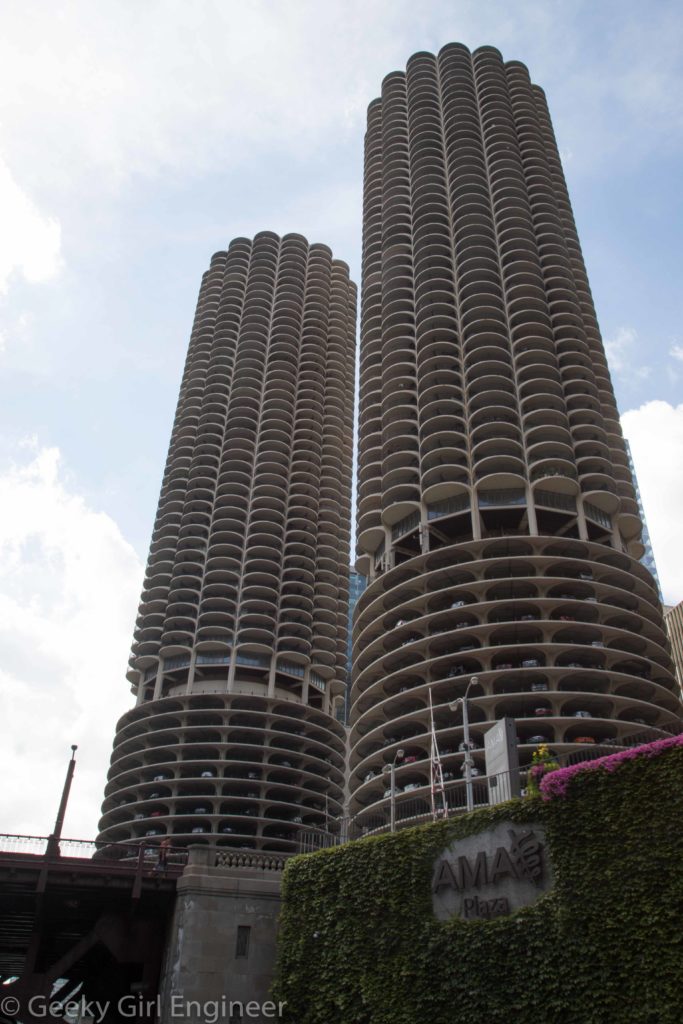
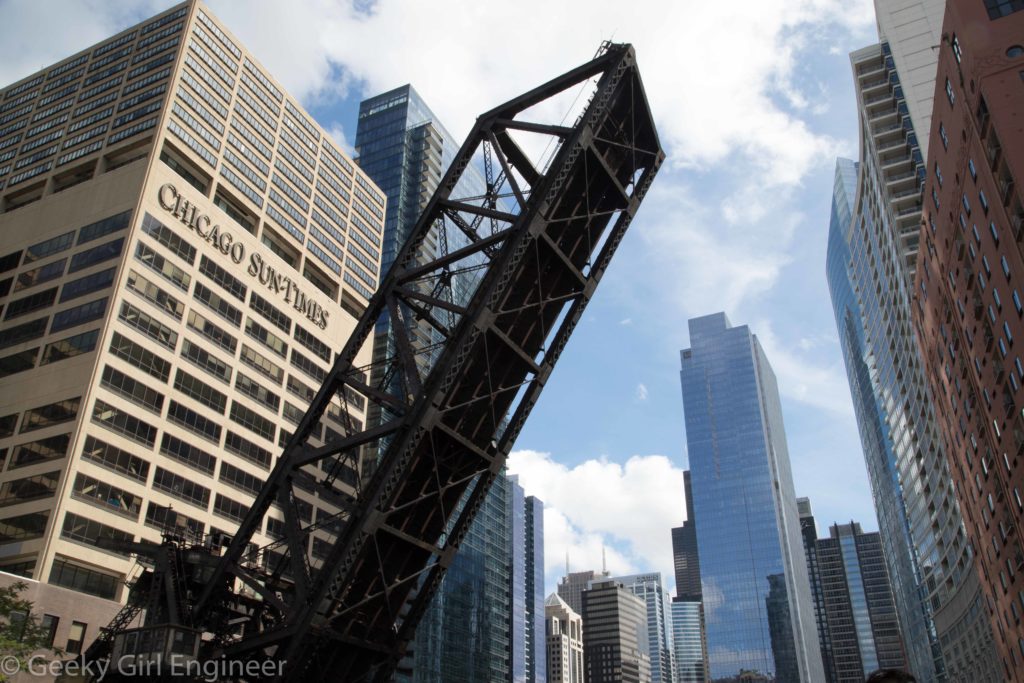
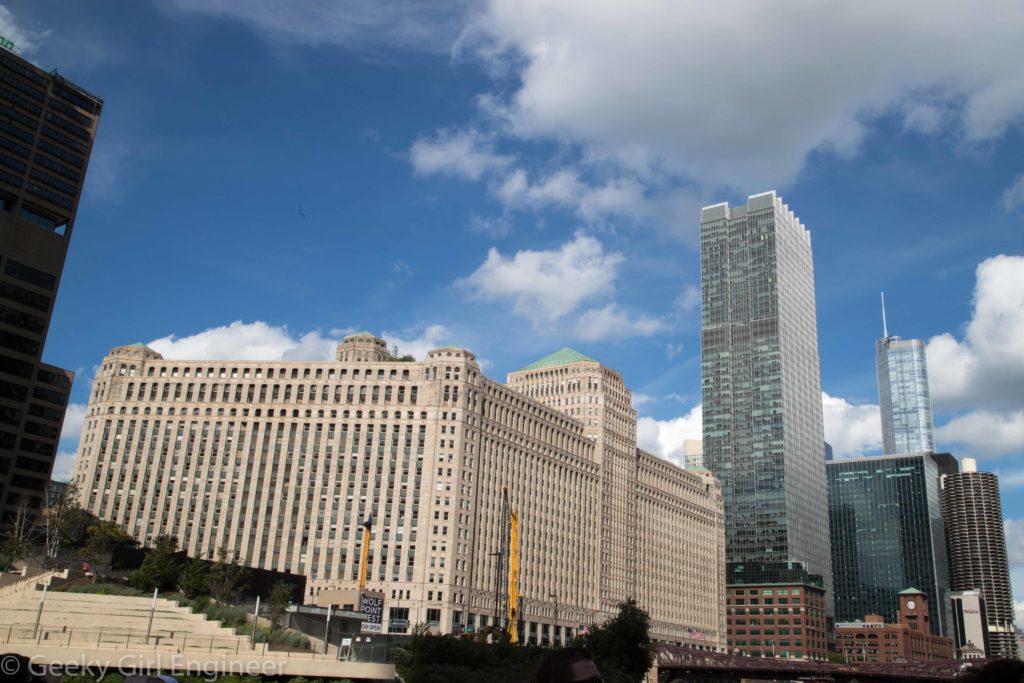
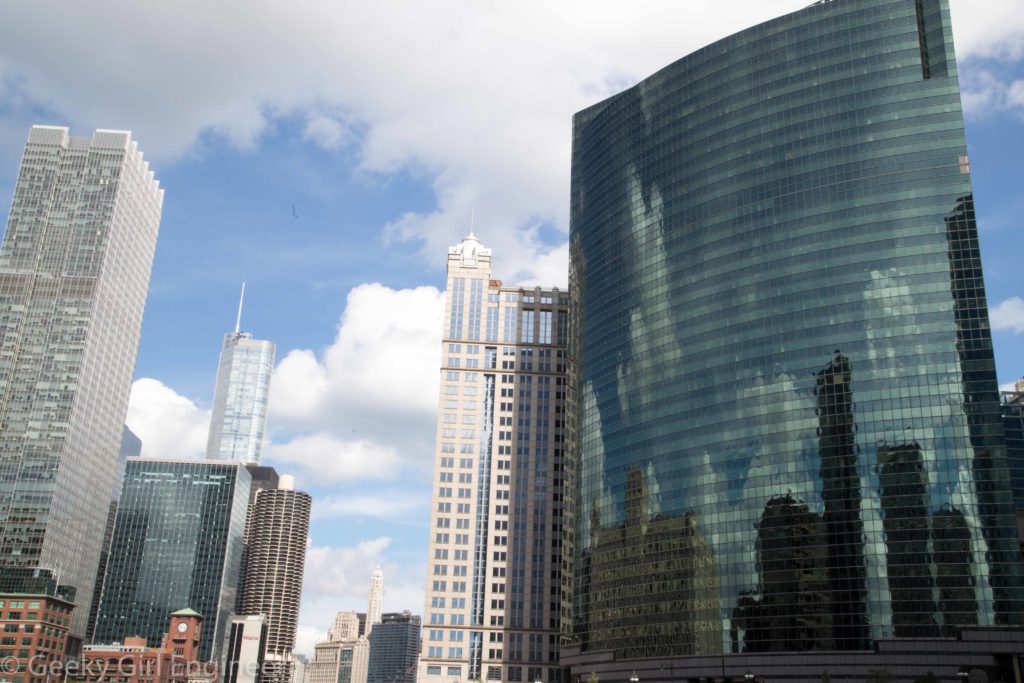
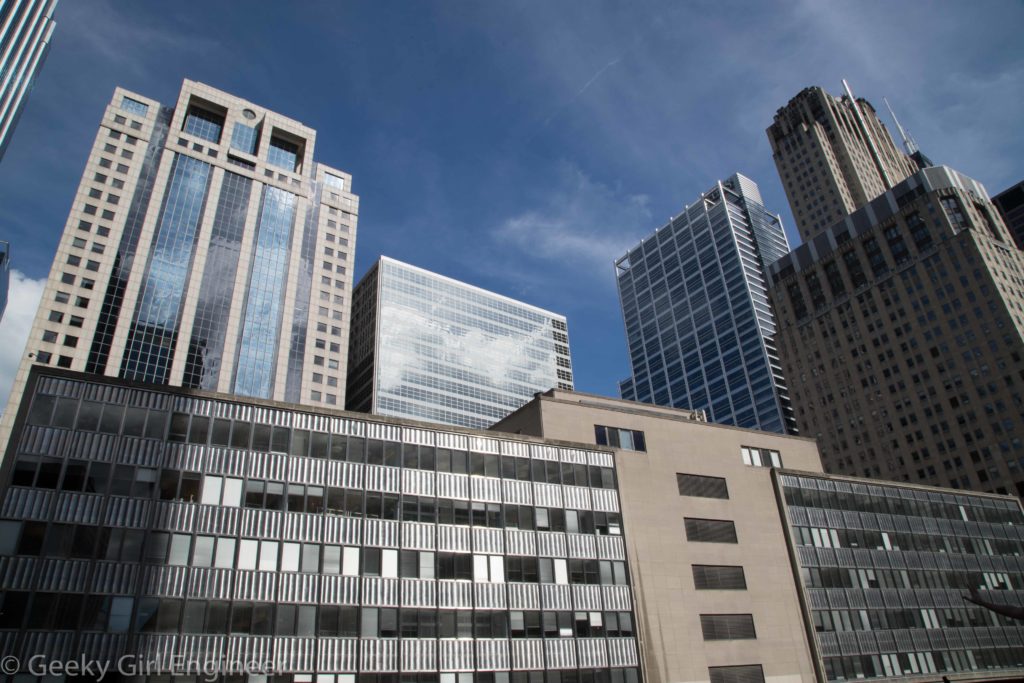
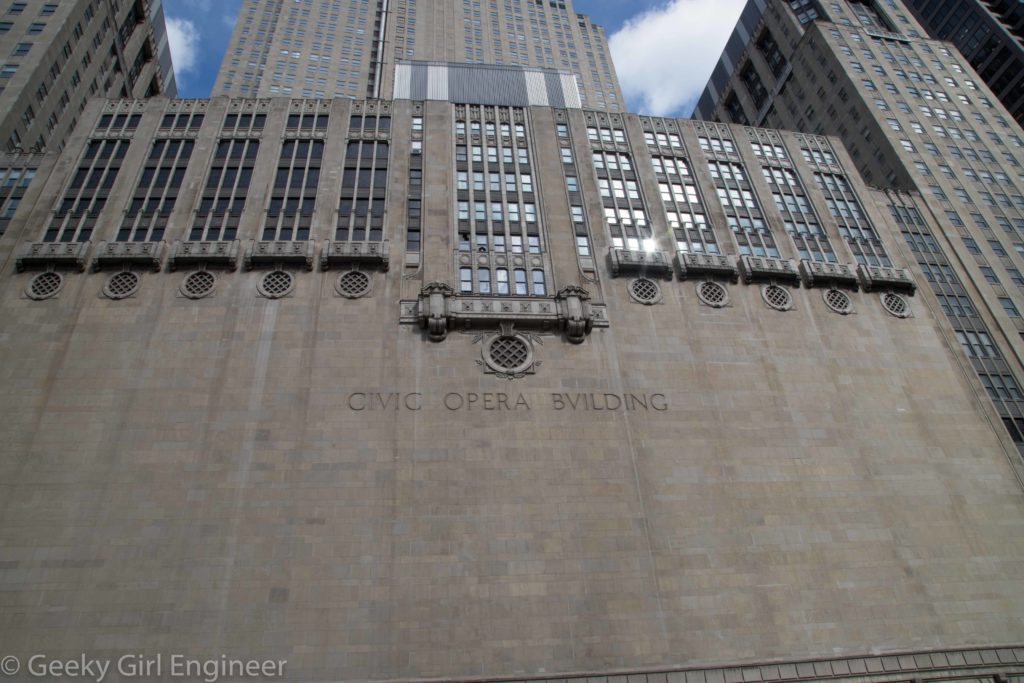
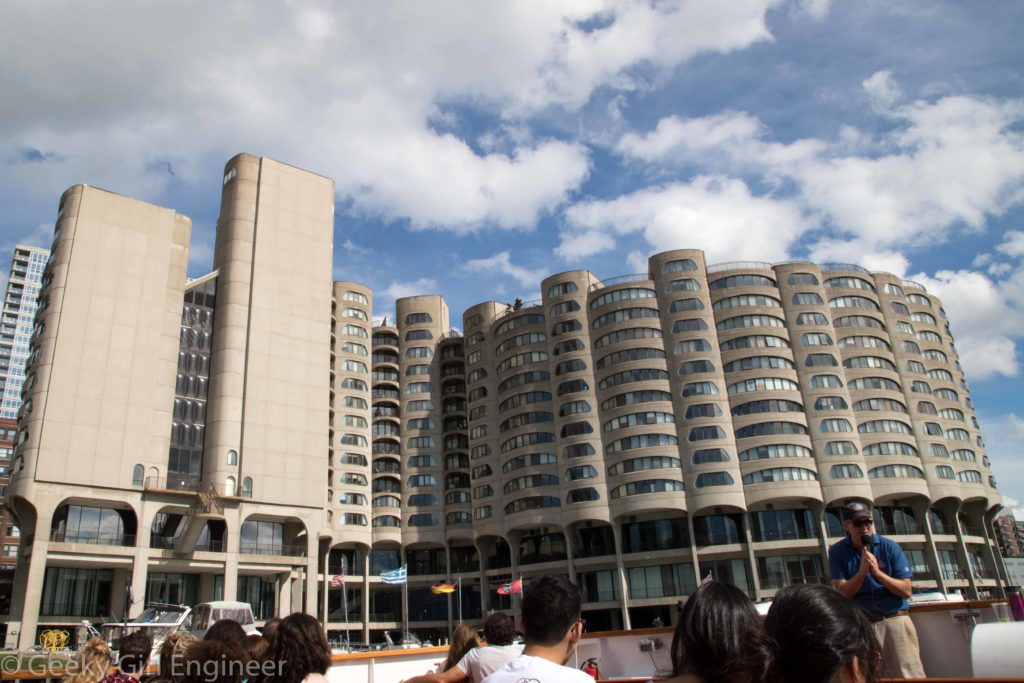
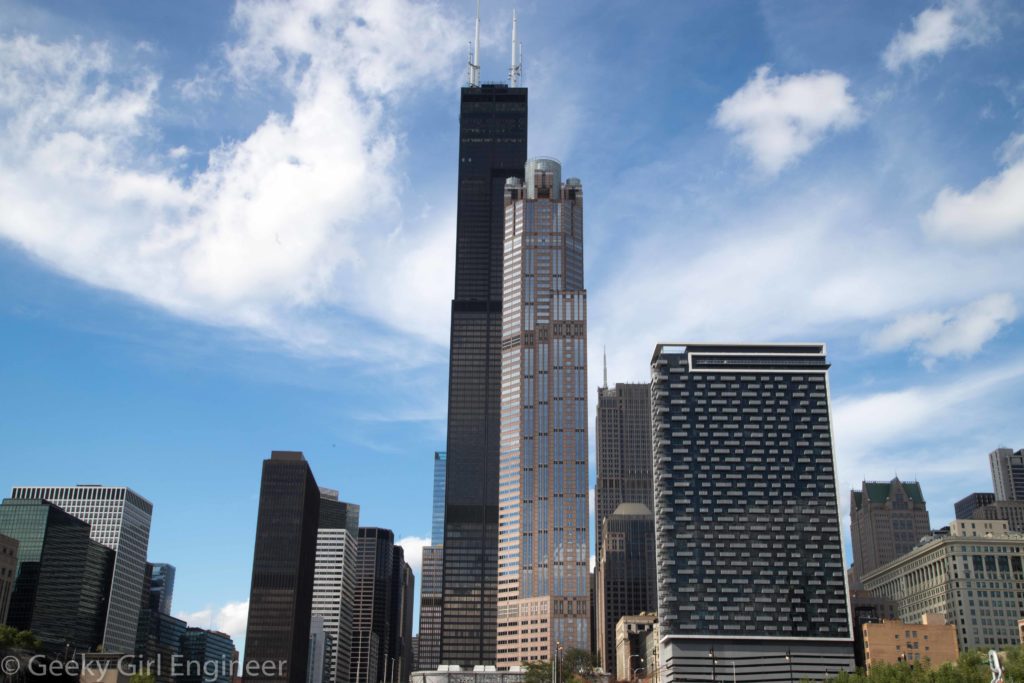
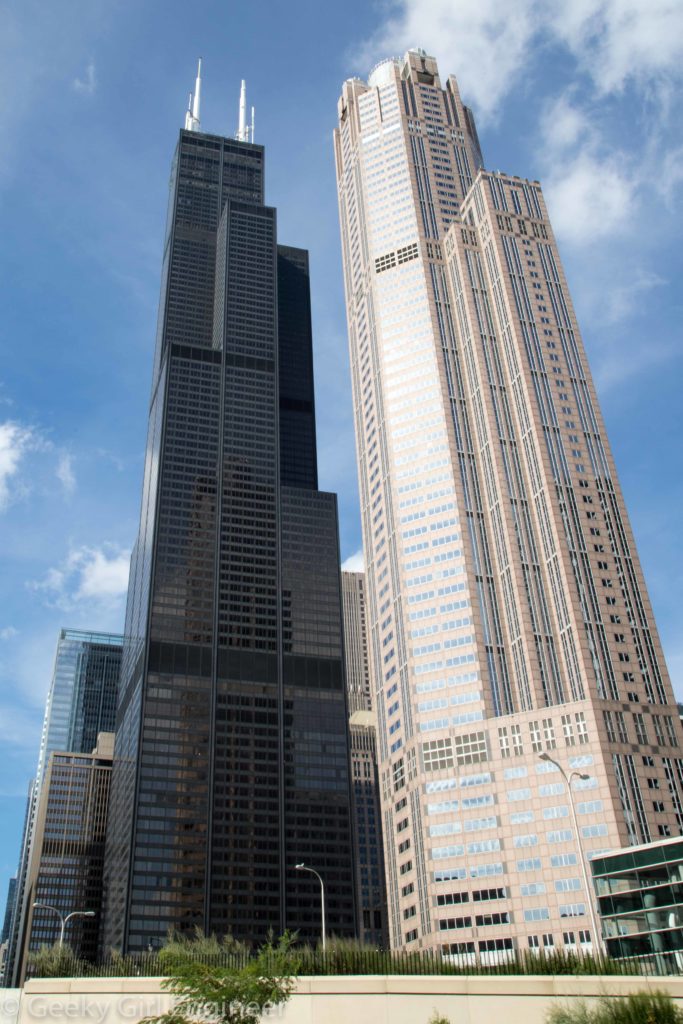
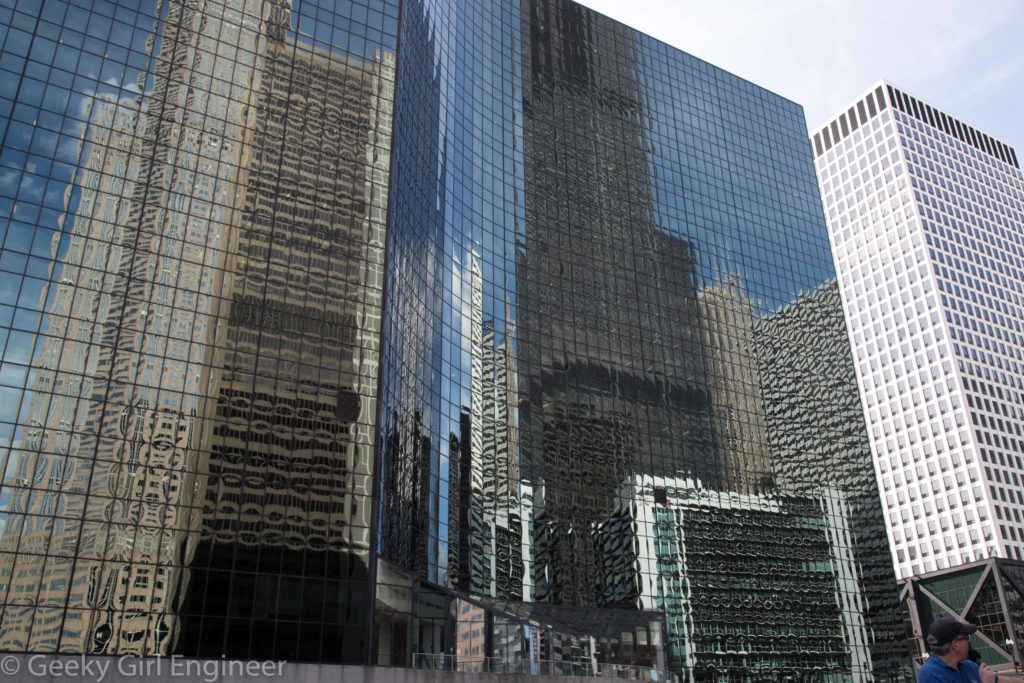
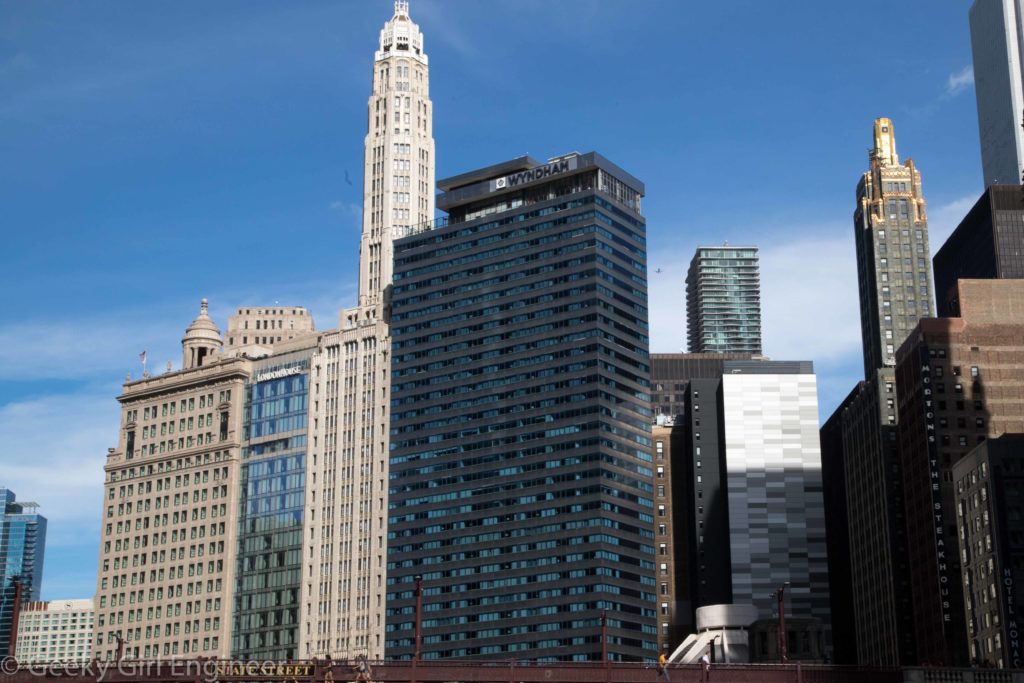
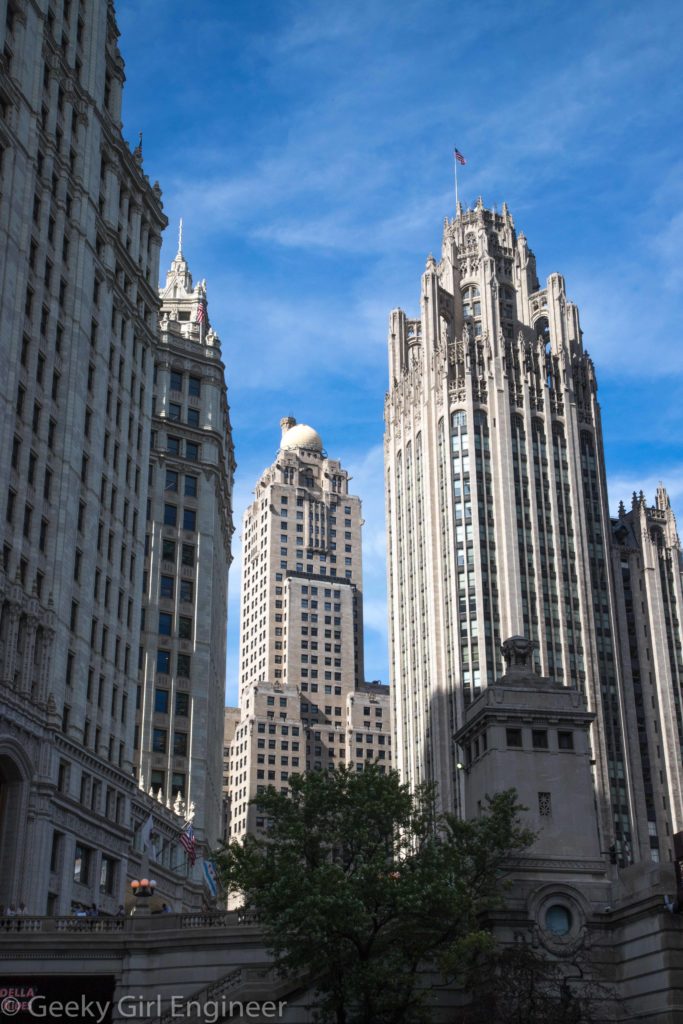
NYC’s Lexington Avenue–63rd Street station
I took a tour with the New York Transit Museum of the artwork in the new Q-train stations. The artwork are all mosaics, but they are they are not all the same type of mosaic. This is the fourth of four blog entries to show some of the amazing mosaics.
The Lexington Avenue–63rd Street station is an expansion of an old station. The new area features mosaics by Jean Shin entitled “Elevated.” The mosaics are based on archival photos of the area. Some of the mosaics show people with a blue sky in the shape of the elevated train tracks that were removed decades ago to show how the sky opened up when the elevated was removed. At one of the entrances to the subway, the mosaic portrays the old elevated with all its steel beams and piers.
NYC’s 72nd Street station
I took a tour with the New York Transit Museum of the artwork in the new Q-train stations. The artwork are all mosaics, but they are they are not all the same type of mosaic. This is the third of four blog entries to show some of the amazing mosaics.
The 72nd Street station has a set of 36 mosaics by Vik Muinz titled “Perfect Strangers.” The people represent people that might be found at the station. They are delightful, wonderful, beautiful, and amazingly detailed. I think my favorite one, although I admit I haven’t seen them all, is one that is sort of hidden. The mosaic (photo below) of a workman on a ladder is hidden away by a set of elevators before passing the fare gates. It is sort of a hidden treat to see if you find it.
NYC’s 86th Street station
I took a tour with the New York Transit Museum of the artwork in the new Q-train stations. The artwork are all mosaics, but they are they are not all the same type of mosaic. This is the second of four blog entries to show some of the amazing mosaics.
The 86th Street station has mosaics by Chuck Close titled “Subway Portraits.” There are twelve mosaics in different mosaics styles. Several mosaics are glass, and others are different types of clay tiles. While all the mosaics are lovely, there are some that are made with so many different pieces, I was awestruck by how much time it must have taken to put then together. There are two self portraits of Chuck Close, and the one in glass has slivers that must have required tweezers or some other type of tool to carefully put the pieces in.
NYC’s 96th St Station
I took a tour with the New York Transit Museum of the artwork in the new Q-train stations. The artwork are all mosaics, but they are they are not all the same type of mosaic. This is the first of four blog entries to show some of the amazing mosaics.
The 96th Street station is essentially one big mosaic by Sarah Sze titled “Blueprint for a Landscape”. The art is supposed to portray the movement in the station, especially the air movement as trains come in and out. The piece consists of porcelain tile.
Hive DC
Every year during the summer, the National Building Museum has a summer block party. They have had the Big Maze, the Beach, and last year Icebergs. This year is Hive DC. They used nearly 3,000 wound paper tubes that are normally used for pouring concrete in construction. Unlike at any construction site I have ever seen, these tubes were painted metallic silver on the outside and hot pink on the inside. The tubes were stacked and notched to allow interlocking. In a few places at least, it was evident they needed some reinforcement with screws and nuts and some tension wires for the highest hive. There is a xylophone in a small hive which appears to be made almost exclusively with construction material like tubing, canisters, and pipes. If nothing else, Hive is fantastic to photograph. There were so many cool angles, lines, and perspectives that were just plain fun to photograph.
DSNY Manhattan 1/2/5 Sanitation Garage
A few weeks ago, I got a chance to visit the brand new DSNY Manhattan 1/2/5 Sanitation Garage with Open House New York. The multilevel building houses three different garages, one each for Manhattan districts 1, 2, and 5. Each garage has its own floor, and there is a shared area for vehicle repairs. The building has LEED certification and includes many green features including a wonderful green roof also. Across the street is a salt shed built to resemble salt crystals. Both the garage and salt shed have really nice, innovative architecture.
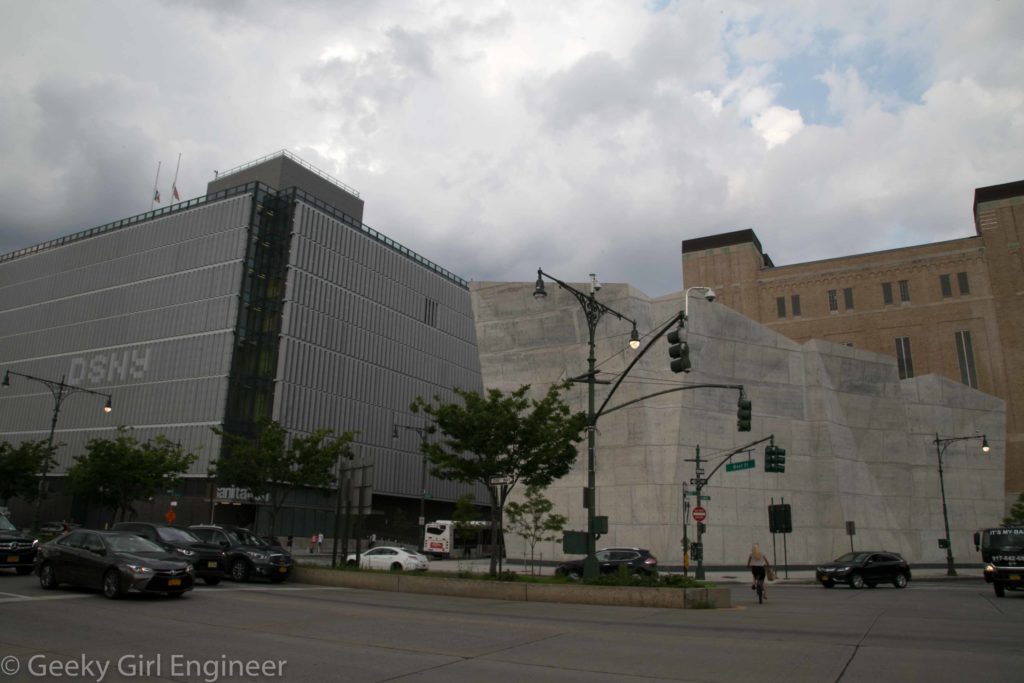
DSNY Manhattan 1/2/5 Garage on left, salt shed on right, with Holland Tunnel ventilation tower in back
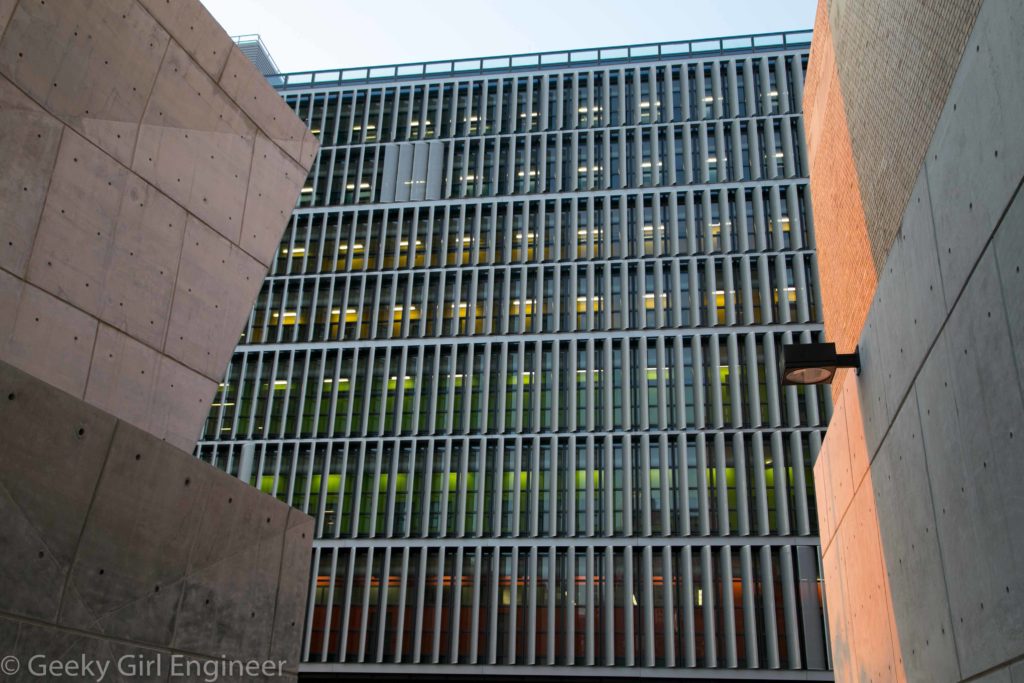
View of garage from salt shed, all floors of garage are different colors to emphasize different garages and functions
DSNY Central Repair Shop
A couple of weeks ago, I got the chance to tour the Department of Sanitation of New York’s Central Repair Shop with Open House New York. The shop is huge. It several stories high and a couple of blocks long. The place is amazing, and DSNY does everything in house. The repair all vehicles there: heavy duty trucks, cars, etc. They have a woodworking shop, metal shop, sheet metal shop, upholstery shop, and all other types of shops, as well as a vehicle emissions testing facility. No, it does not smell of garbage as all vehicles are cleaned before going to the shop.
There were vehicles of all sort there. DSNY has a wide variety of garbage collection and transport vehicles. This no doubt makes it more difficult to repair as the workers have to know how to repair a multitude of different vehicles. They also repair pickup trucks, cars, and as far as I could tell, anything with wheels. I can’t say if they repair bicycles though. It won’t shock me if they did.
The shop also appears to be where they store most if not all, of their heavy equipment, such as equipment like snow shovels only used in winter.
I don’t know what the transport vehicle below transport, but I assume garbage. I have never seen one up close, and I liked how it has a built in conveyor belt to allow for removal of its contents easily. This is one of the reason I assume this is for garbage as opposed to sand for road. The sand would get caught in between the slats of the conveyor belt.
In some areas of the shop, there are similar parts sitting around. I presume some are waiting repair and others have been repaired. Most are tagged. I couldn’t identify half of them, but they were all cool looking.
In one of the metal shops was this very cool, high tech, precise machine with very cool bits.
One surprising area that the shop had was a place after my heart, an emissions testing facility. When I was there, they had a MTA bus in the testing area. MTA pays them to test some of their vehicles, but DSNY does not test private vehicles. The testing facility had a huge roller that allows testing of their large, heavy vehicles in real life conditions. There something about the contrast of this very high tech testing facility in the middle of a building that in some areas has some rather low tech repair areas that I found amusing and surprising.

